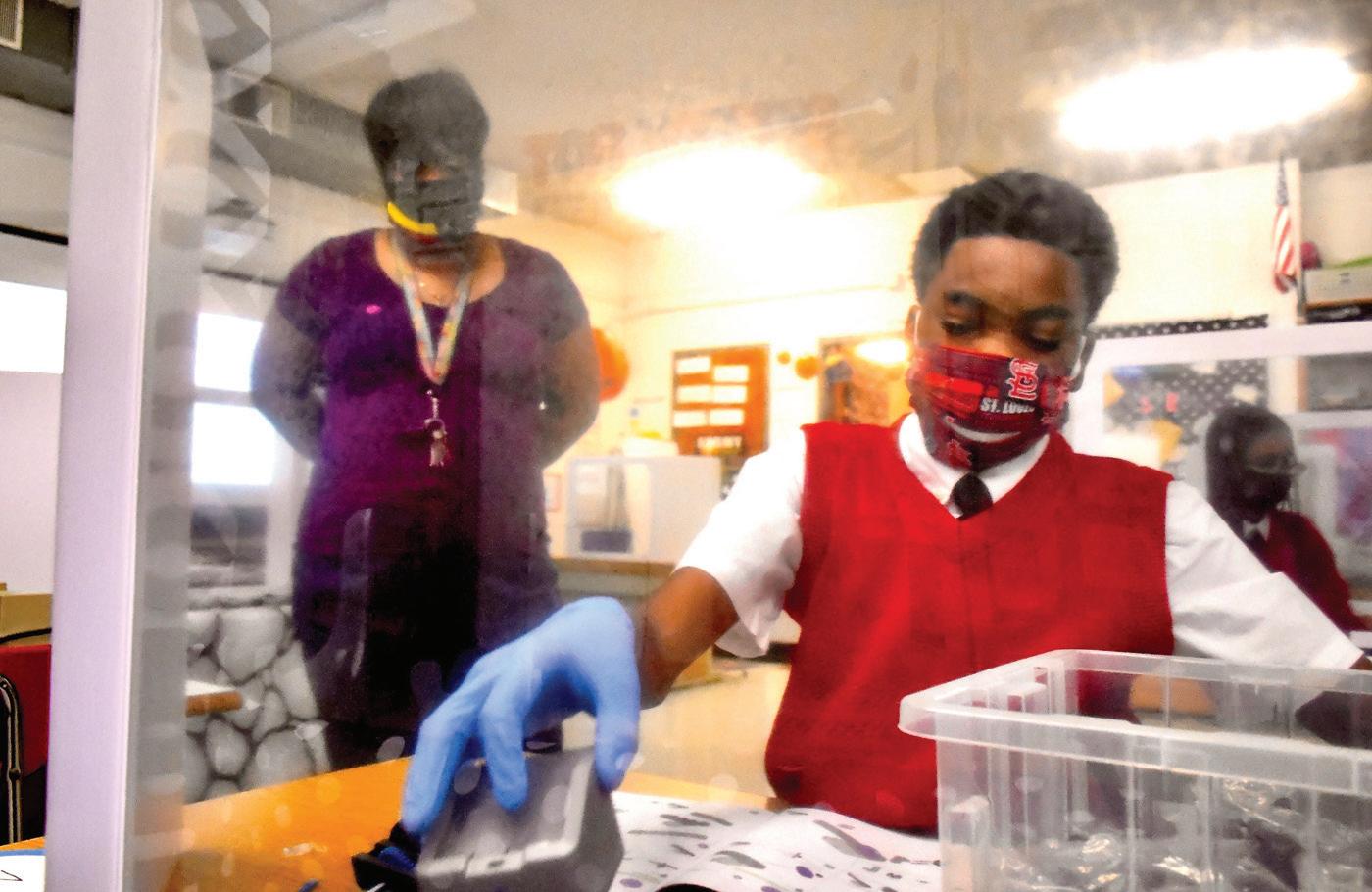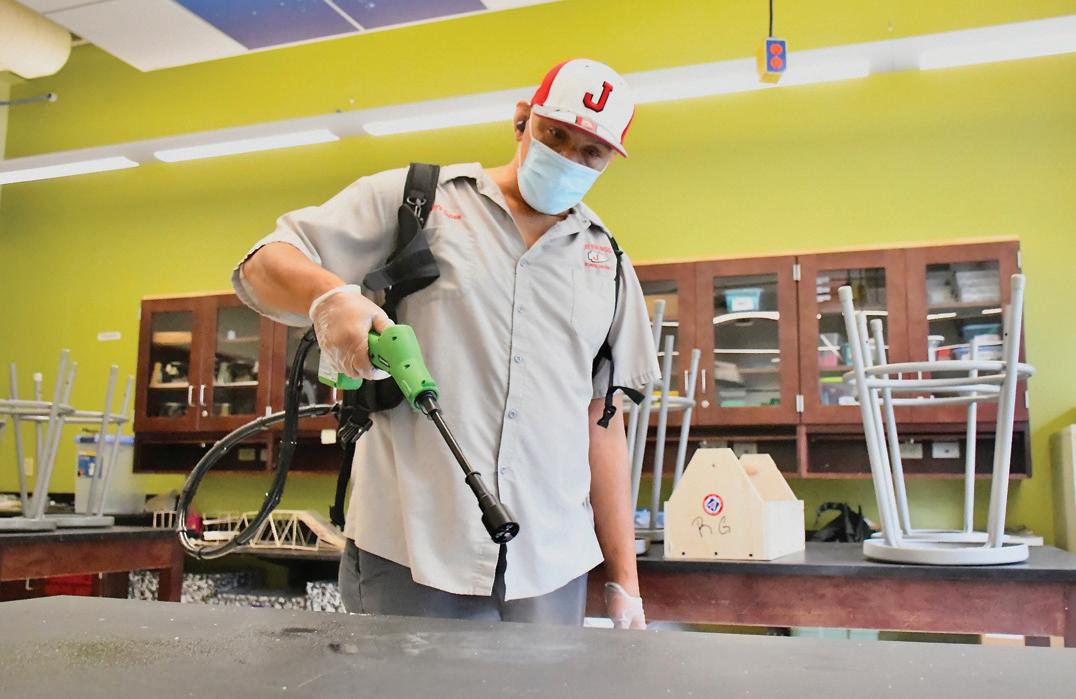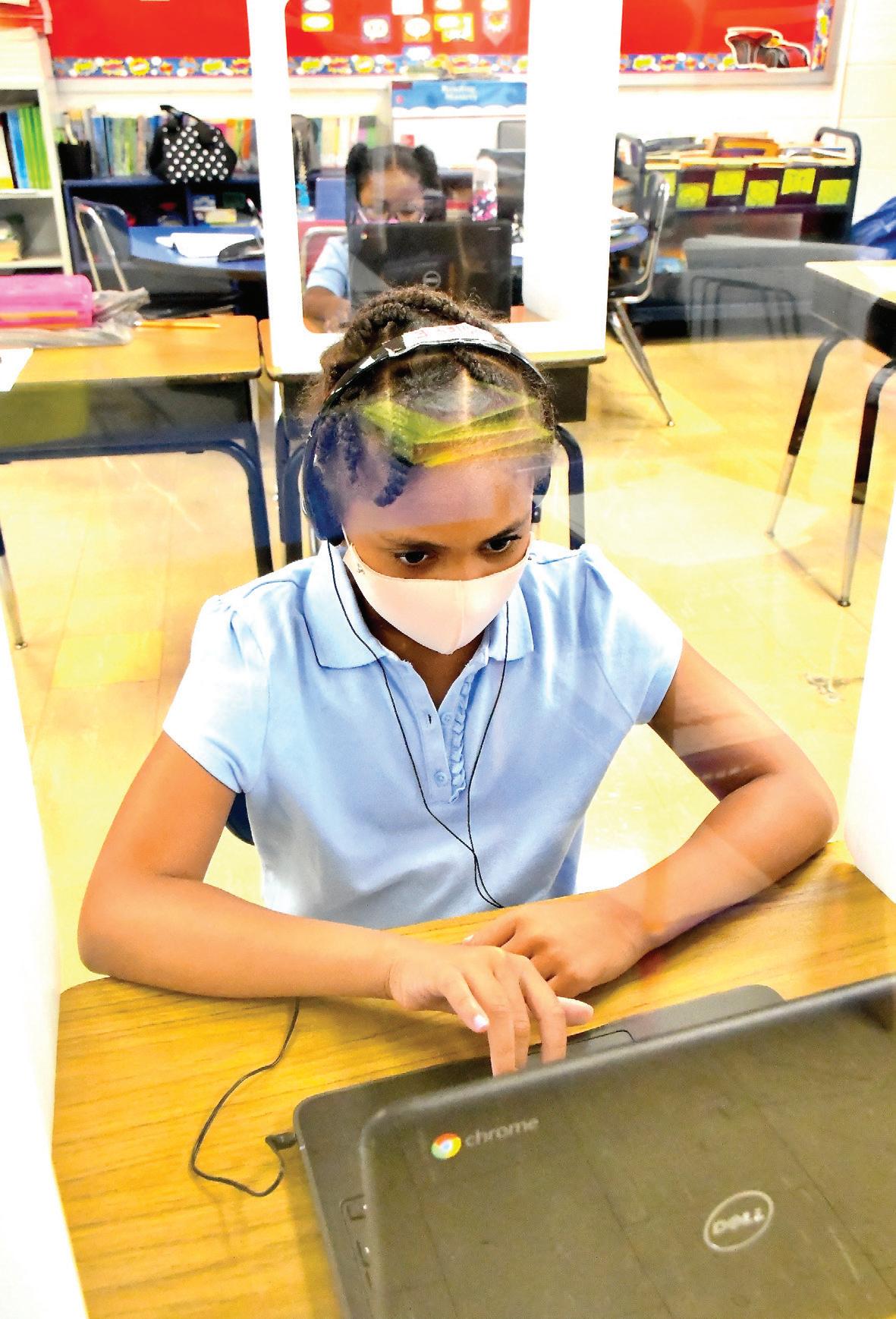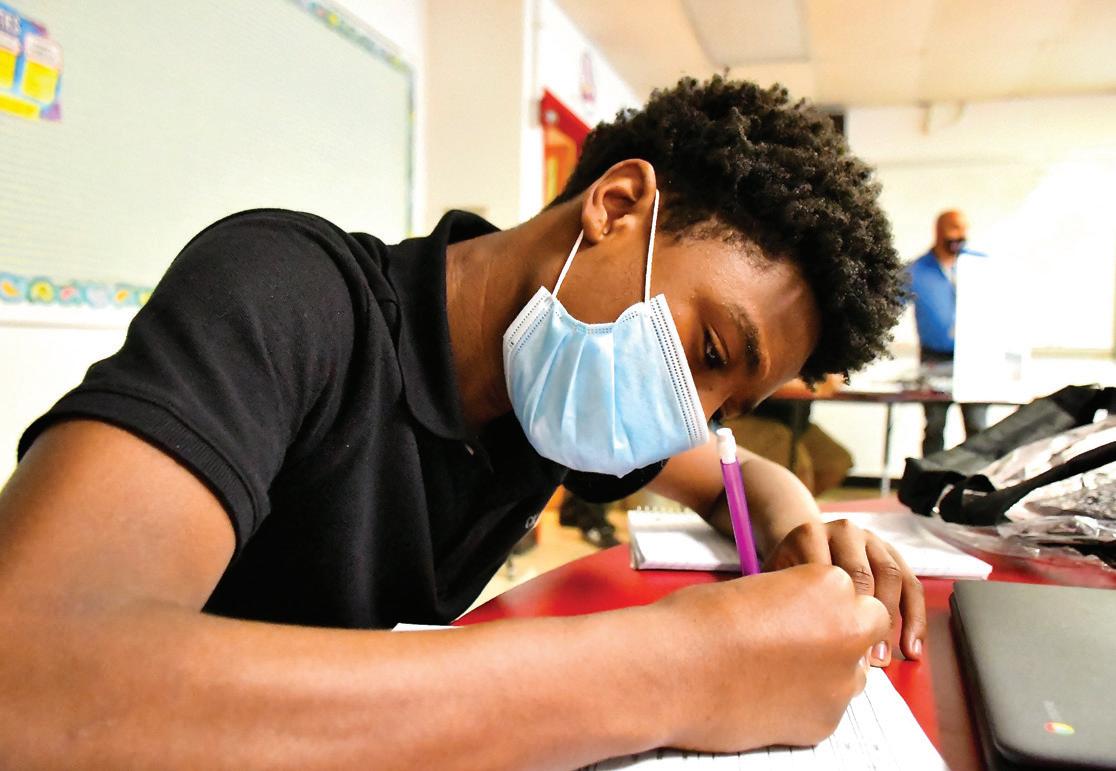




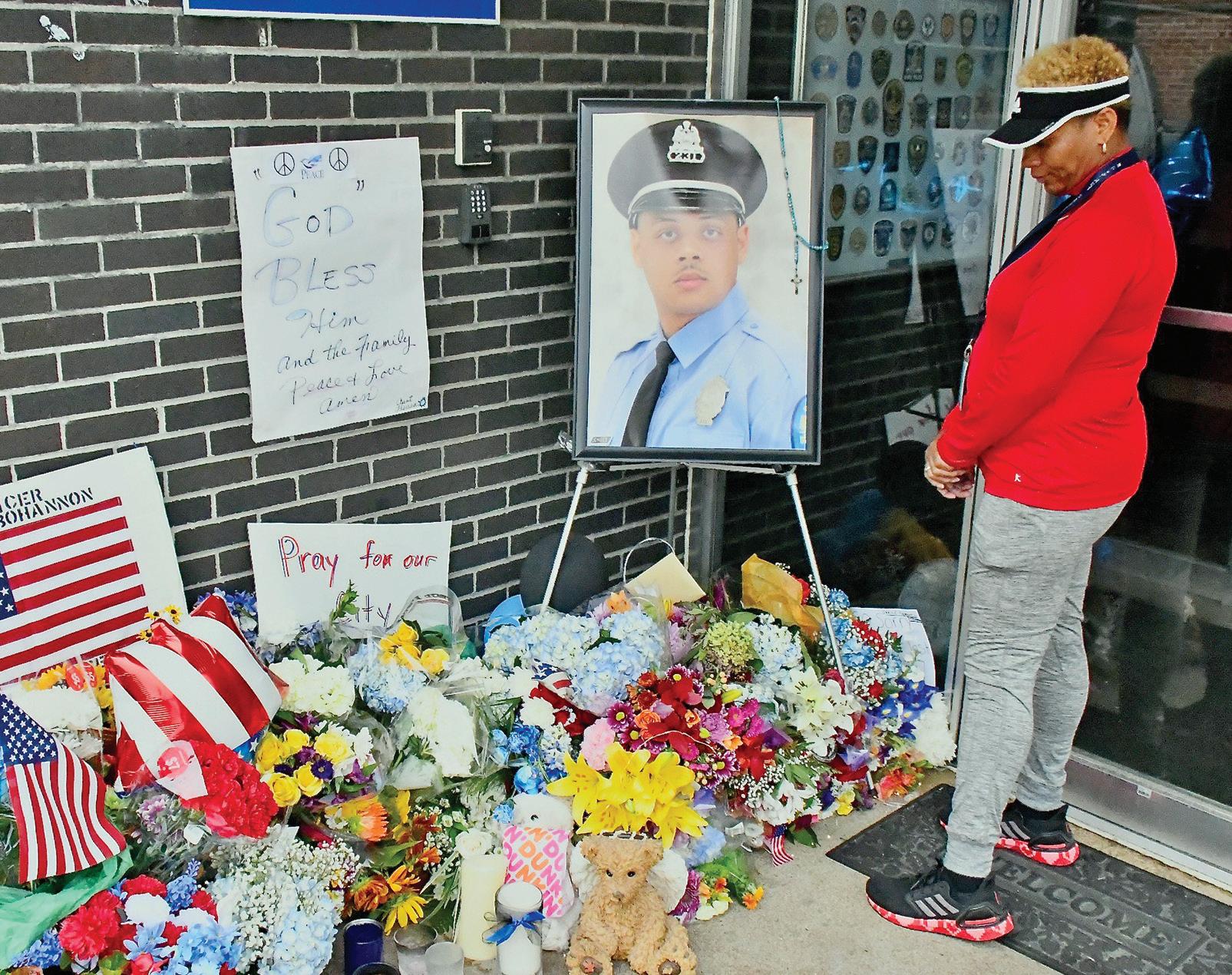

On Tuesday, September 1, St. Louis Circuit attorney Kimberly Gardner charged Thomas Kinworthy with Murder 1st Degree, Assault 1st Degree of a Law Enforcement Officer, Burglary 1st Degree, three counts of Armed Criminal Action, Resisting/Interfering with Arrest, and Unlawful Possession of a Firearm. Kinworthy remains in custody with no bond allowed. Bohannon was one of two Black St. Louis police officers whom Gardner alleges was
shot by Kinworthy on Saturday, August 29. The accused, a 43-year-old white man, reportedly was barricaded in a house on Hartford Street when he fired on the officers. He allegedly fired on a civilian before invading the home and allegedly firing on Bohannon and the other officer, Officer Arlando Bailey, who was shot in the leg and released from SLU Hospital after being
Musician Baba Mike Nelson battles to help his mother join the ancestors properly
By Sylvester Brown Jr. Of The St. Louis American
To “transition,” in western society, means someone has died and moved on to the great beyond. The African tradition of “transitioning,” however, is a lengthier process. Since death is perceived as the beginning of a person’s deeper relationship with creation, much attention is given to complementing life before a person dies. This was a challenge for local musician, artist, and educator Mike Nelson, affectionally known as “Baba Mike.” Nelson’s mother, Pauline, 91, suffers from late-stage Alzheimer’s and other life-threatening maladies. Pauline was an accomplished artist and photographer. Nelson’s father, Edward, who passed in 2010, was an environmental engineer. His parents introduced him to
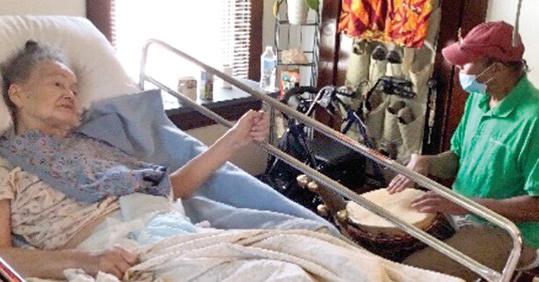
“My mom gave me the gift of life,” Baba Mike Nelson said of his mother, Pauline. “She brought me into this world. I’m not going to miss the opportunity to return that favor.”
november 29, 1976 – AuguSt 28, 2020
By
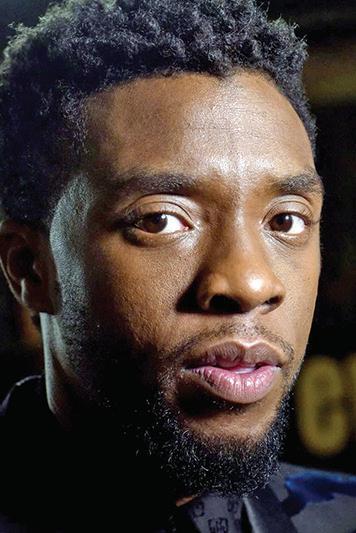
as he stepped into the role of a hero with superhuman strength and invulnerability that made him a household name.
The character was given its own film in 2018, and it became an instant global phenomenon and a cinematic expression of Black excellence. “Black Panther” was us as we saw ourselves – led by a superhero with grace, humility and a moral authori-
Darrion Cockrell and Clarence Hines are two of seven candidates
By Chris King Of The
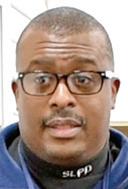
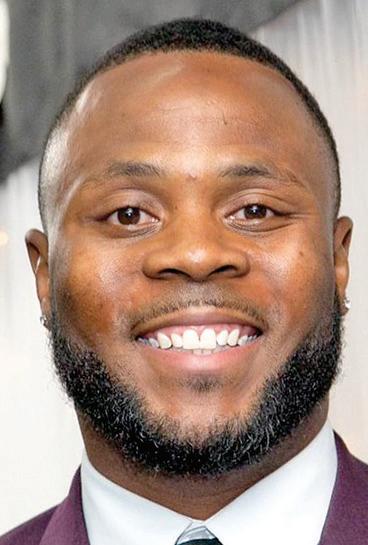
accountability protests
in Ferguson in 2014. Cockrell teaches physical education, the most physically present of school subjects, during a pandemic that is keeping most students out of school buildings. Both teach as well as anyone in Missouri teaches, according to their peers. These two Black men in
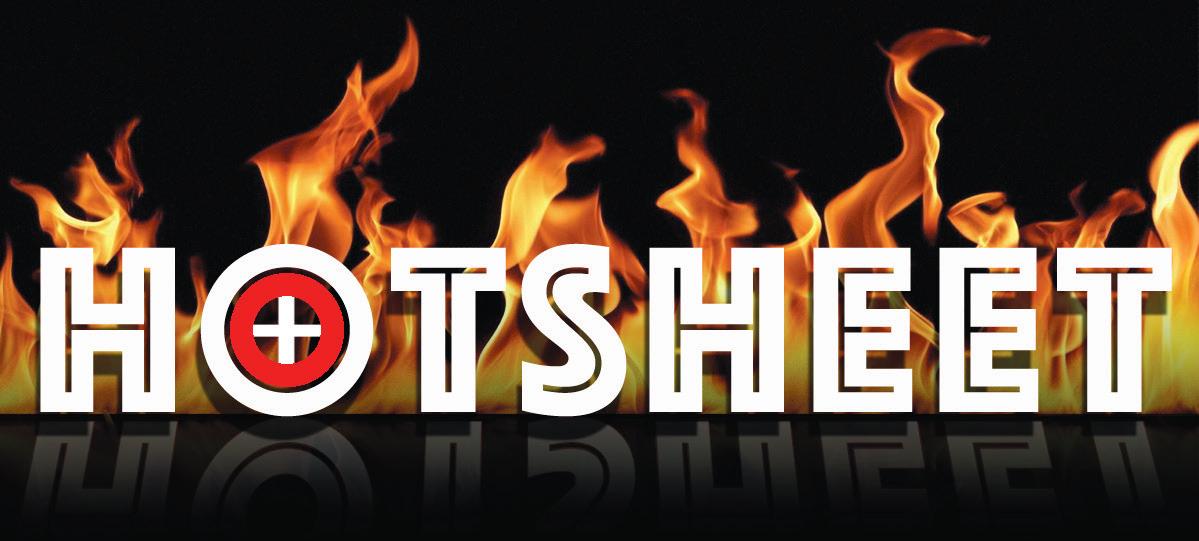
Claws star Niecy Nash is out in surprise marriage to longtime friend
It’s new life as a new wife for “Claws” actress Niecy Nash, who recently married singer Jessica Betts, a longtime friend. Nash “Mrs. Carol Denise Betts,” “#LoveWins” and a ring emoji on Instagram Monday for her 2.4 million followers, along with a photo from the nuptials. Carol Denise is Nash’s legal name.
On her Instagram account at @ jessicabettsmusic, Betts shared posted the same wedding photo with the words, “I got a whole Wife,” alien and ring emojis and the hashtags “#Bettsofbothworlds” and “#LoveWins.”
Nash finalized her divorce from ex-husband Jay Tucker in March. She has three children with her first husband, Don Nash
Chadwick Bozeman
tributes continue amidst shock of losing Black Panther actor too soon
Millions took to social media to offer tributes mourning the surprise passing of “Black Panther” actor Chadwick Boseman who died Friday, August 28 from colon cancer. He was just 43. Unbeknownst to even his castmates, Bozeman had secretly been undergoing treatment for four years.
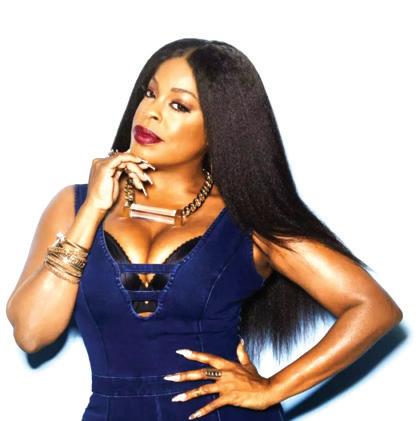
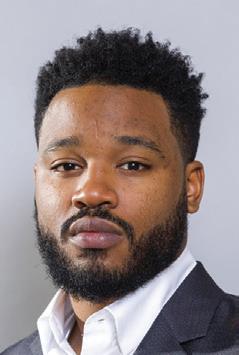
Michael B. Jordan, who costarred as Erik Killmonger in “Black Panther” posted to Instagram on Monday, with photos of the two friends, “I’ve been trying to find the words, but nothing comes close to how I feel. I’ve been reflecting on every moment, every conversation, every laugh, every disagreement, every hug…everything. “I wish we had more time.
“One of the last times we spoke, you said we were forever linked , and now the truth of that means more to me than ever.”
Letitia Wright, who starred as his sister Shurl in “Black Panther” immediately tweeted, “This hurts. Really hurts,” and posted a heartfelt poem to Instagram on Sept. 1 transcribed
by E! that reads in part, “I didn’t know you were dealing with so much. But against all the odds, you remained focused on fulfilling your purpose with the time handed to you.”
Black Panther Director Ryan Coogler posted, “After his family released their statement, I realized that he was living with his illness the entire time I knew him. Because he was a caretaker, a leader, and a man of faith, dignity and pride, he shielded his collaborators from his suffering. He lived a beautiful life. And he made great art. Day after day, year after year. That was who he was. He was an epic firework display. I will tell stories about being there for some of the brilliant sparks till the end of my days. What an incredible mark he’s left for us.”
In his last Instagram post, Boseman posted a photo of himself with vice presidential candidate Sen. Kamala Harris, with the words,” YES,” three handclap emojis and the hashtags “#WhenWeAllVote” and “#Vote2020.”
likes in Instagram history, which stated in part,
“A true fighter, Chadwick persevered through it all, and brought you many of the films you have come to love so much. From Marshall to Da t Bloods, August Wilson’s Ma Rainey’s Black Bottom and several more, were all filmed during and between countless surgeries and chemotherapy. It was the honor of his career to bring King T’Challa to life in Black Panther.”
Halle Berry to represent herself in divorce from Olivier Martinez
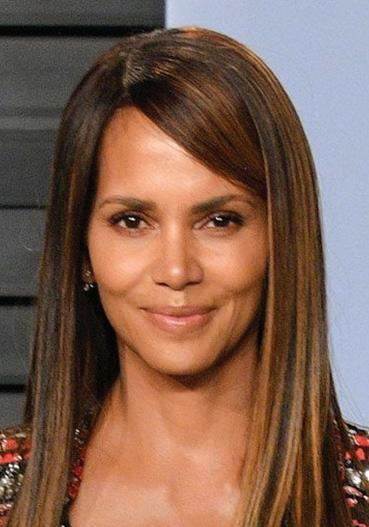
After news of his death, Harris posted another angle of that photo with Bozeman to her Instagram page, saying, “Heartbroken. My friend and fellow Bison Chadwick Boseman was brilliant, kind, learned, and humble. He left too early but his life made a difference.”
While Panther broke records at box offices worldwide, Boseman broke one more record as he left this world. The post by his family announcing Bozeman’s death has the most





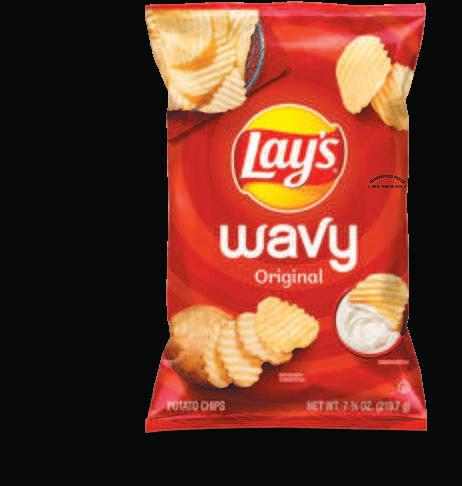
After a split that took place five years ago, actress Halle Berry and her former attorney recently signed papers for Berry represent herself in her divorce case against her ex, French film actor Olivier Martinez. He has a celebrity attorney. Berry and Martinez separately filed for divorce in 2015, citing irreconcilable differences and asked for joint custody of their son, Maceo. Berry is twice divorced, from pro baseball player David Justice and from singer Eric Benét. She has a daughter with ex-boyfriend model Gabriel Aubry.
Sources: E!online, ETonline, Insider, Instagram, SmartNews, Out, Pop Culture, SmartNews, TMZ, Vanity Fair, Variety
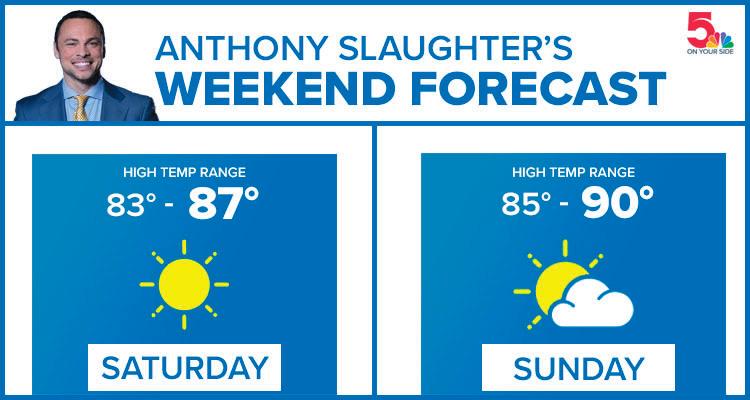
Have

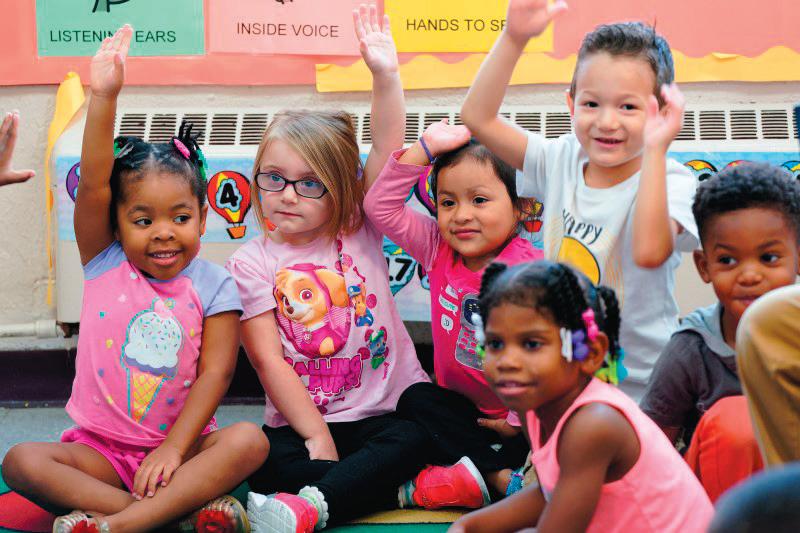
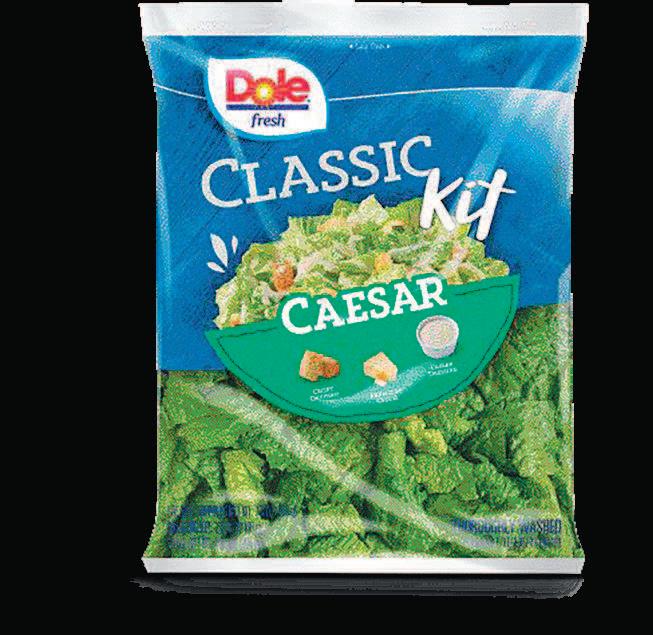














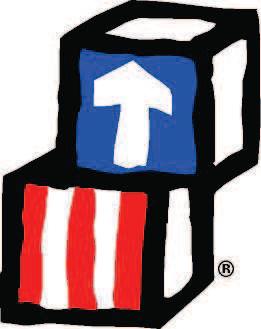
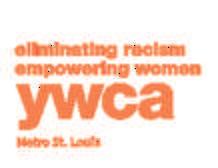

By Marc H. Morial Of the National Urban League
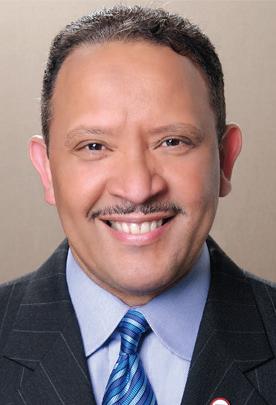
“Having helped to plan, execute or lead five decennial censuses serving nine presidents of both parties, our expert opinion is that failing to extend the deadlines to April 39, 2021, will result in seriously incomplete enumerations in many areas across our country,” said former U.S. Census Bureau Directors Vincent Barabba, Robert Groves, Kenneth Prewitt, and John Thompson.
“The Census Bureau will not be able to carry out the nonresponse follow-up fully and will be forced to take steps such as fewer in-person visits and rely instead on the use of administrative records or statistical techniques on a much larger scale than in previous census. The end result will be underrepresentation of those persons that nonresponse follow-up was expected to reach, and at even greater rates for traditionally hard-to-count populations with potentially extreme differential undercounts.”
Last month, President Trump
signed an executive order to remove millions of undocumented immigrants from the population data Congress uses to apportion House seats among the states.
In order to carry out the order, which is widely regarded as unconstitutional, he needs to receive that population data while he’s still in office. The Census Bureau’s COVID-19 Plan would push that date to April 30, when a new president is likely to be in office. So, the administration is scrapping the COVID-19 Plan and replacing it with a Rush Plan.
The National Urban League is suing to stop them.
The Rush Plan, announced August 18, slashes a crucial four weeks from the Census data collection operation and ignores the bureau’s own prior conclusions that such rushed processing renders it impossible to fulfil its constitutional obligation to ensure reasonable quality and accuracy of 2020 Census data.
“Both the text of the Rush Plan announcement and the timing of the decision suggest that the federal government’s motivation for the Rush Plan is to facilitate another illegal act: suppressing the political power of communities of color by excluding undocumented people from the final apportionment count,” our lawsuit states.
“To increase the chance that the president can fully effectuate the apportionment exclusion order, he must receive the
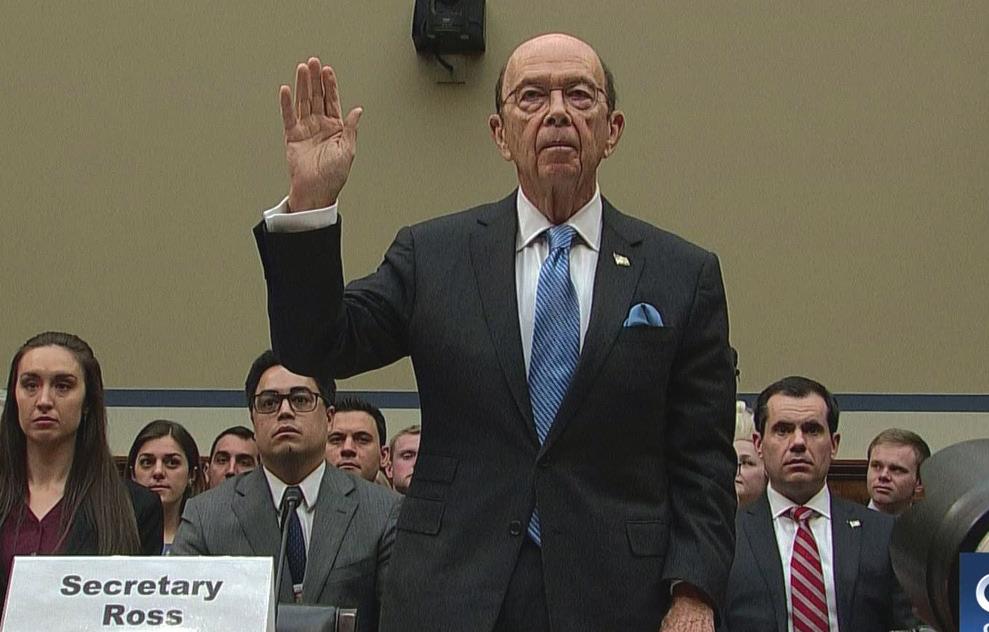
from May through July 2020 to August through October 2020. The deadline for reporting the state-population totals, used to calculate the congressional apportionment, to the president was extend from December 31, 2020 to April 30, 2021. At the time, even President Trump recognized the need for the shift. “I don’t know that you even have to ask [Congress],” he said. “This is called an act of God. This is called a situation that has to be. They have to give in. I think 120 days isn’t nearly enough.” We agree. That’s why we’ve asked the court to declare his Rush Plan unlawful and put the 2020 Census back on the COVID-19 schedule proposed by census officials in April. The 14th Amendment requires that “representatives shall be apportioned among the several states according to their respective numbers, counting the whole number of persons in each state.”
population totals while he is still in office.”
The American people are about to be cheated out of a fair and accurate Census count because politics has infected the process. We will not accept
sentation.
With the Lawyers Committee for Civil Rights Under Law, led by Kristen Clarke, serving as our pro bono counsel, our co-plaintiffs in the lawsuit are Black Alliance
n When it became clear that the coronavirus pandemic would make it impossible for census workers to conduct house visits, the Census Bureau asked Congress to approve a new timeline.
a count that has been manipulated to deprive communities of color of their rightful share of resources and political repre-
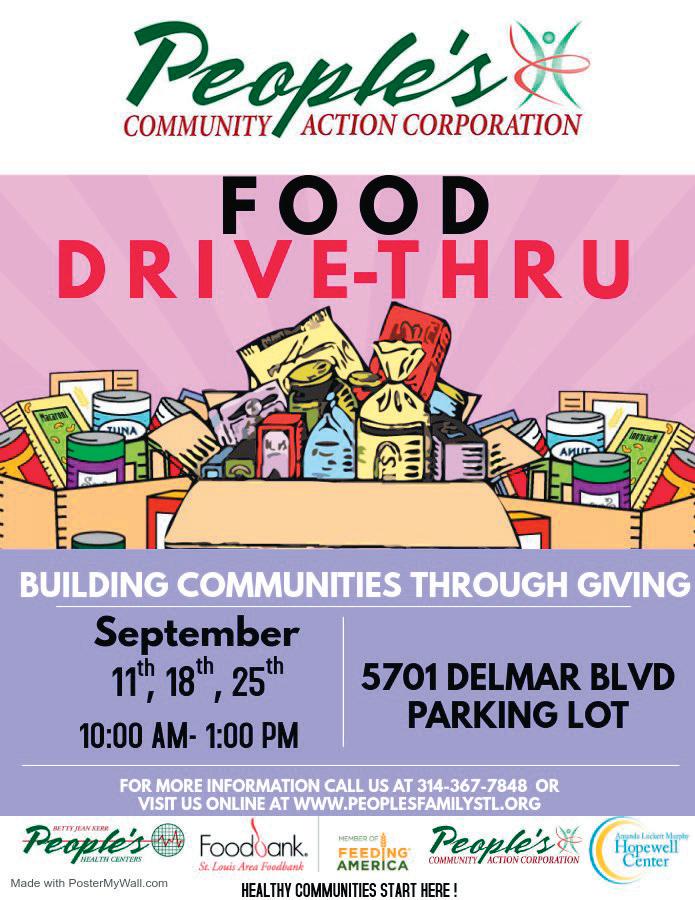
for Just Immigration, the League of Women Voters, Harris County in Texas, King County in Washington, the cit-
ies of Los Angeles, San Jose, and Salinas (California), and Commissioners Rodney Ellis and Adrian Garcia of the Harris County Commissioners Court.
The suit names as defendants the U.S. Department of Commerce and the Census Bureau, along with their heads, Commerce Secretary Wilbur L. Ross and Census Bureau Director Steven Dillingham.
When it became clear in April that the coronavirus pandemic would make it impossible for census workers to conduct house visits, the Census Bureau asked Congress to approve a new timeline, adjusting the deadlines for critical operations but not shortening the time allotted for them. Door-knocking was pushed
As the Census Bureau’s own website says: “The Founders of our fledgling nation had a bold and ambitious plan to empower the people over their new government. The plan was to count every person living in the newly created United States of America, and to use that count to determine representation in the Congress. Enshrining this invention in our Constitution marked a turning point in world history. Previously censuses had been used mainly to tax or confiscate property or to conscript youth into military service. The genius of the Founders was taking a tool of government and making it a tool of political empowerment for the governed over their government.”
Marc H. Morial is president and CEO of the National Urban League.
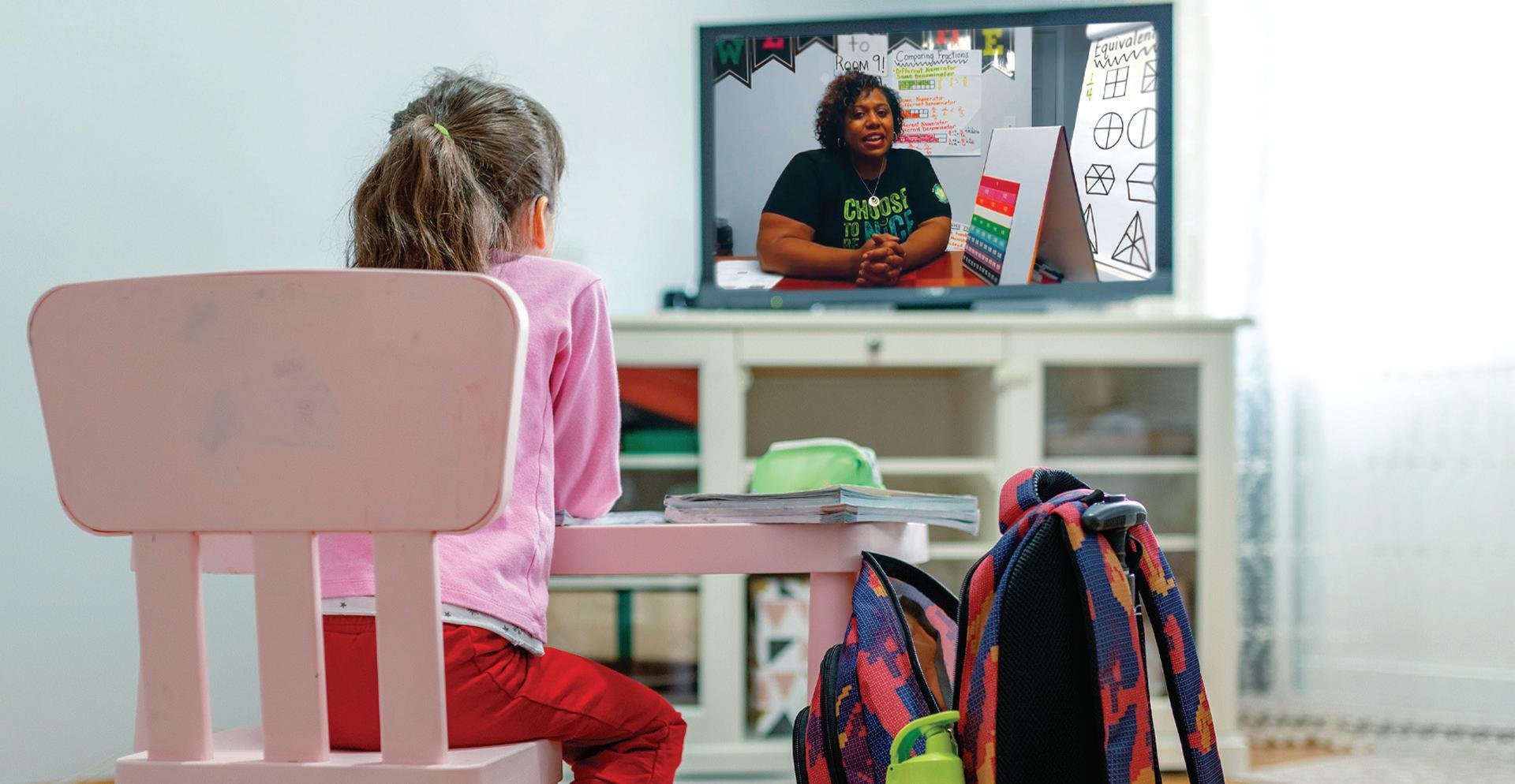
If you were a visitor from another planet and the only thing you knew about Black men in America was drawn from the mainstream white American narrative about who we are, you could only draw two conclusions. We are either pitiless and helpless victims suffering the constant indignities of white Americans, or we are ravenous, rapacious criminals who pose a constant threat to an innocent and virtuous white America. The Black Press’ historical mission has been to represent, advocate for and defend the Black community in all its iterations. It’s what this paper and this editorial page have done since the inception of The St. Louis American. And, while the times have changed and are changing, the reason and the need for the Black Press remain. So, what would our space traveler think about Black men in America and St. Louis if they read this week’s American?
They would read that Darrion Cockrell and Clarence Hines, two Black men from the St. Louis region, are two finalists (out of only seven statewide) for Missouri Teacher of the Year. In the world of K-12 education, this is an extraordinary honor and unparalleled peer recognition of a teacher’s skill and professionalism, as well as his dedication to children (our states most precious asset) and education (our only hope for a better future). But this dedication to children and their future, as well as to the future of our community, has always been part of what it means to be a Black man in America. We congratulate and commend Darrion Cockrell and Clarence Hines for this achievement – but also for continuing the tradition of Black men as teachers and educational leaders. One of you may be anointed as Missouri Teacher of the Year in October, but we owe you both a debt of gratitude now and forever.
Tamarris Bohannon was a young, Black St. Louis police officer who was killed in the line of duty while protecting and serving our city. He prevented the loss of an unknown number of other lives by responding to the threat of a gunman barricaded in a home with a sniper’s perch at an upstairs window. In an American criminal justice system that has largely operated to oppress Black Americans, Black men, at the risk of our lives, have served and continue to serve the public as police officers with honor and integrity, attempting to make a system not designed for our people work for us and everyone else. Officer Bohannon is part of that history of Black men serving and often dying, protecting a society that never protected us. We mourn his loss. We pray for his family. We also thank
his partner on the beat, Officer Arlando Bailey, another Black man who responded to that threat and survived with a gunshot wound in his leg. Heal, brother. Hold the line.
Georgetown men’s basketball coach John Thompson’s passing was also noted in the pages of The American this week. We recognize him not because he built Georgetown into a national college basketball powerhouse, becoming the first Black coach to win an NCAA championship – an accolade he resented, knowing that only racial discrimination and oppression prevented Black coaches before him from achieving that milestone; we honor him because of the way he did it. Coach Thompson was unapologetically a Black man. He was committed to the full development of the young Black men he coached.
The graduation rate for basketball players at Georgetown, one of America’s elite universities, was 97%. His life’s mission was to coach them up, into manhood, as athletes and men. But, as special as John Thompson was, he was not unique. He was part of a long tradition of Black men and women who have coached young Black male and female athletes into adulthood, using a beautiful and complex sport to teach and prepare them for the beautiful and complex game of life.
Chadwick Boseman is someone we would say the ancestors sent for far too soon. A gifted actor and philanthropist, he brought to life the story of historic Black men on the screen for a generation who never saw them on the Earth. He then created for the ages an image that will strengthen and empower all Black children: a superhero who looks like them. But, equally important, he did it with a grace, intelligence and humility that set the standard for the ages. His real legacy is his message to young Black people of the importance of a purpose-driven life. Chadwick promised God he would give his all, and we must accept that God knew when this talented, beautiful young Black man’s purpose was fulfilled.
None of these extraordinary Black men come from extraordinary circumstances. They were all everyday children of the Black community. The bigoted white narrative about Black men – a narrative we see challenged by many white allies today – would have you believe that these men are exceptions to the rule, when in fact they are the rule. If you are looking for these Black men inside the old, bigoted, mainstream white American narrative, you won’t find us. But, in The St. Louis American you will find us where we have always been, standing on our feet, holding the line, no surrender, no retreat.
By Mike Jones
Of The St. Louis American
I want to commend former state representative Joshua Peters for his commentary “Black politics in a time of revolution” in The St Louis American. Peters’ cogent insight into the emergence of new Black political leadership that will change the character of Black politics as an effect of the Black Lives Matter movement establishing itself as the legitimate heir of the Civil Rights Movement is spot on. At least since World War II, Black political leadership had been incubated by Black protest movements, whether it was the traditional Civil Rights Movement or its legitimately angrier offspring the Black Power Movement. These movements shaped and informed the political identities and personalities of the Black men and women who entered the political arena. They were the individual expression of the collective Black political will, which generally meant their default political position was in opposition to the political status quo. This opposition to the status quo helps to explain the major policy changes directed at improving the condition of Black Americans, including affirmative action and minority economic participation in projects that required the support of public resources, as well as the rise of urban centers of Black economic political and economic power like Atlanta, Detroit and Washington, D.C. So, what happened?
There were two transformational American presidents in the 20th century, Franklin Roosevelt and Ronald Reagan. Though diametrical political opposites, they were transformational for the same reason:
they defined the American political culture and operating reality for multiple generations. So, from the early 1980s on, whether you’re a Democratic, Republican or Independent, you have been living in the political universe as defined by Ronald Reagan.
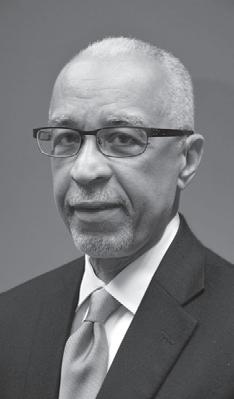
Guest Columnist Mike Jones
The ascendancy of Clinton Democrats signaled the Democratic acquiescence to the reality of the Reagan Republican hegemony. This also was the beginning of the first generation of Black politicians who were not a product of a mass Black social action culture. They never fought the battles that won the policy concessions they benefitted from, and because of that they had no understanding that the corners you fight to win are corners you have to fight to keep. In 2017 Black St. Louisans thought they had a chance to once again elect a Black mayor after 16 years of what could charitably be called retrograde white political leadership. But five Black candidates filed for the office along with one white candidate, and St. Louis elected a white mayor with just 33% of the vote.
“Entrepreneurial environments may be creative and vibrant, but they’re also chaotic and disruptive, and they produce way more losers than winners,” I wrote at the time. “Our core problem is our culture is producing entrepreneurial politicians with a focus on personal ambition and not politicians who are guardians of our collective interests.” The 1990s saw the emer-
By the officers of the Missouri Democratic Party For The St. Louis American
This week, the Republican National Convention convened and devolved into a series of scare tactics meant to rile up President Trump’s base and be so outrageous that the rest of the country looks away from his and other Republican officials’, like Governor Mike Parson’s, disastrous, bumbling, and irresponsible responses to the COVID-19 pandemic, a pandemic that has infected nearly 77,000 Missourians and killed nearly 180,000 Americans.
President Trump and the GOP turned the convention into a roundup of social media stars, harkening back to his reality TV days which favored shock and awe over substance.
On Monday, Mark and Patricia McCloskey were featured speakers. The McCloskeys, who pointed guns at nonviolent protesters marching for racial equity and criminal justice reform, used their time to continue the GOP’s attack on Black leaders and elected officials. President Trump and Missouri Republicans up and down the ballot have gone out of their way to attack Circuit Attorney Kim Gardner, leading to death threats. Cori Bush, poised to be the first Black woman to be elected to Congress in Missouri, was attacked for leading protests
after the murder of George Floyd and stating that Black lives matter. Black elected officials in Missouri have been sent razor blades. They’ve received racist, misogynistic, and dehumanizing letters containing threats of lynching, of being “hunted” down.
When Patricia McCloskey stated concern for “basic safety and security in our communities,” it was apparent she wasn’t talking about every community. She wasn’t referring to the basic safety and security for African American communities, who are facing disproportionate rates of infection and death from COVID-19.
n President Trump, Governor Parson, and Trump’s Republican Party think they can scare you into voting for them.
The GOP has done all they can to take our eyes off the reasons why Americans are hurting. In the midst of an ongoing health and economic crisis, President Trump and Republicans are desperately trying to distract us from reality with lies. We cannot lift restrictions, open the gates to the economy, or return to in-person education without
Outraged by the killings in Kenosha
gence and rise of what I call Black entrepreneurial politicians, who go into politics for themselves. Their racial and cultural identity is still Black, but they function as discreet individuals. This Black entrepreneurial political class is at the root of the Black community’s current alienation and lack of enthusiasm for politics.
Over the last 30 years, an explosion of Black political success (including the election of a Black president) has not resulted in public policy that improved the lives of the Black community. This disconnect is a function of entrepreneurial political thinking that evaluates politics in terms of what it means for the politician personally, not the Black community collectively. Black entrepreneurial politicians view each other primarily as competitors and are no longer inclined to hunt as a pack or rally to protect the herd from a dangerous predator.
Peters references this lack of political congruity when he writes that the Black political establishment is out of tune with the Black community. The orientation of current Black political leaders is to manage and work to improve the status quo, whereas for the Black community the status quo is the existential threat. As the Black community continues to grow and sustain Black Lives Matter, it will produce political leaders that are products of this change in the Black community.
If you think of Reagan Republicanism, Clinton Democratic accommodation and Black entrepreneurial politics as The Empire Strikes Back, then perhaps in this emerging new Black political leadership resulting from Black Lives Matter is The Return of the Jedi
Last Tuesday night, two protesters who were advocating for accountability following the horrific police shooting of Jacob Blake were allegedly shot and killed by a 17-year-old associated with a white militia group. We are outraged by these killings.
The ability of a minor to travel from another state at the urging of adult white supremacists organizing on Facebook highlights the corrosive and dangerous convergence of race, police violence, and the presence of these violent groups. That this volatile cocktail was allowed to develop led directly to one of the most violent nights in the city’s history.
In light of the fact that the suspect apparently crossed state lines in order to commit this crime, the federal government should launch an investigation to determine whether he was involved in an interstate criminal conspiracy.
We are equally outraged by videos showing Kenosha Police Department officers exhibit-
ing camaraderie toward militia members – who were out in violation of the curfew before the shootings — and also seemingly ignoring protesters who tried to identify the shooter in this incident. Police solidarity with white militia members is abhorrent and intolerable – and it represents a highly dangerous threat to the lives and rights of people of color. In addition, the fact that Kenosha Police Chief Daniel Miskinis blamed protestors for the killings is another example of the racially disparate treatment that Americans across the country have been protesting against since May and for decades before. We call on Wisconsin Governor Tony Evers and Attorney General Josh Kaul to immediately investigate and prosecute these killings, the shooting of Mr. Blake, and the increasingly pervasive issue of armed white militia members confronting and attacking protesters demanding police accountability. They must also demand the immediate removal of Chief Miskinis. Finally, turning to Facebook,
first addressing the COVID-19 pandemic.
Fear mongering and dog whistling about invasions of crime into the suburbs are just election-year talking points President Trump, Governor Parson, and Trump’s Republican Party are going to use, thinking they can scare you into voting for them. The reality, if Trump is re-elected, is much scarier. The president has given up on getting the pandemic under control, shrugging off deaths of Americans as “it is what it is.” Combine that careless and reckless attitude with the continued attack on the Affordable Care Act and the protections it offers for preexisting conditions, millions of Americans could be facing the pandemic without affordable healthcare.
Governor Parson, who has himself shrugged off the deaths due to COVID-19, has bragged about the savings Missouri saw from kicking over 100,000 children off their healthcare. Healthcare is on the ballot this November, leadership and decency is on the ballot this November. Together, we can elect leaders who will work to keep us safe, not distract us with gimmicks and rhetoric that feeds hate.
Jean Peters Baker is chair, Clem Smith is acting chair, Rev. Darryl Gray is secretary, and Cydney Mayfield is treasurer of the Missouri Democratic Party.
All letters are edited for length and style.
the prevalence of armed white militia groups organizing on the platform is not new. Facebook must also be held accountable for its inaction while these violent groups have been allowed to grow and organize. Facebook must take immediate steps to ensure that its platform is not used to foment violence and hatred — and to take immediate and comprehensive action to put an end to groups using its services to organize activities that perpetuate racism and cause harm.
Sherrilyn Ifill, NAACP Legal Defense and Educational Fund, Inc.
Reverend Al Sharpton, National Action Network
Melanie L. Campbell National Coalition on Black Civic Participation Kristen Clarke, Lawyers’ Committee for Civil Rights Under Law Vanita Gupta, The Leadership Conference on Civil and Human Rights Derrick Johnson, NAACP Marc H. Morial, National Urban League





Wide Technology Raceway in Madison, Illinois on August 22.
STL County Library launches live, online tutoring program
St. Louis County Library launched a new online tutoring program starting August 24. Tutor.com connects students in grades K-12 with live tutors in a safe and secure online classroom. The service is available 7 days a week from 10 a.m. to 10 p.m. Students can access academic tutoring, homework help and test prep assistance. Students may also upload a writing or math homework assignment 24/7 to receive tutor feedback.
Resources are also available for early college students, adult learners and job seekers. Tutor.com offers Princeton Review test preparation for the ACT, SAT, AP, and graduate school exams. St. Louis County Executive Dr. Sam Page
announced on July 23 that he would designate $4 million in federal CARES Act funding to the St. Louis County Library to establish a Digital Equity Initiative to help young people continue their education virtually. The funds are being used to provide Chromebooks, wi-fi hotspots, and virtual tutoring services via tutor.com to students and school districts in St. Louis County.
Anyone with a valid St. Louis County Library card can use tutor.com. Individuals can apply for a card online while library branches are closed by visiting www.slcl.org/content/library-cards. More details about tutor.com is available at www.slcl. org/tutor.
Free online program on wild edible food
People can learn about wild nuts and fruits that are available to eat at this time of year at the Missouri Department of Conservation’s (MDC) free virtual program “Fall Wild Edibles.” This online program will be from 10-10:45 a.m. on Friday, September 4 and is being put on by the staff of MDC’s Cape Girardeau Conservation Nature Center. This program, which is designed for all ages, will include a chat-based ques-
tion-and-answer period where participants can interact with the presenters. Though this program is free, registration is required. Registrants must provide an e-mail, so a program link can be sent to them. Register for this program at https://tinyurl.com/MDC-edibles. Staff at MDC facilities across the state are holding virtual programs. A listing of these programs can be found at mdc.mo.gov/regions.

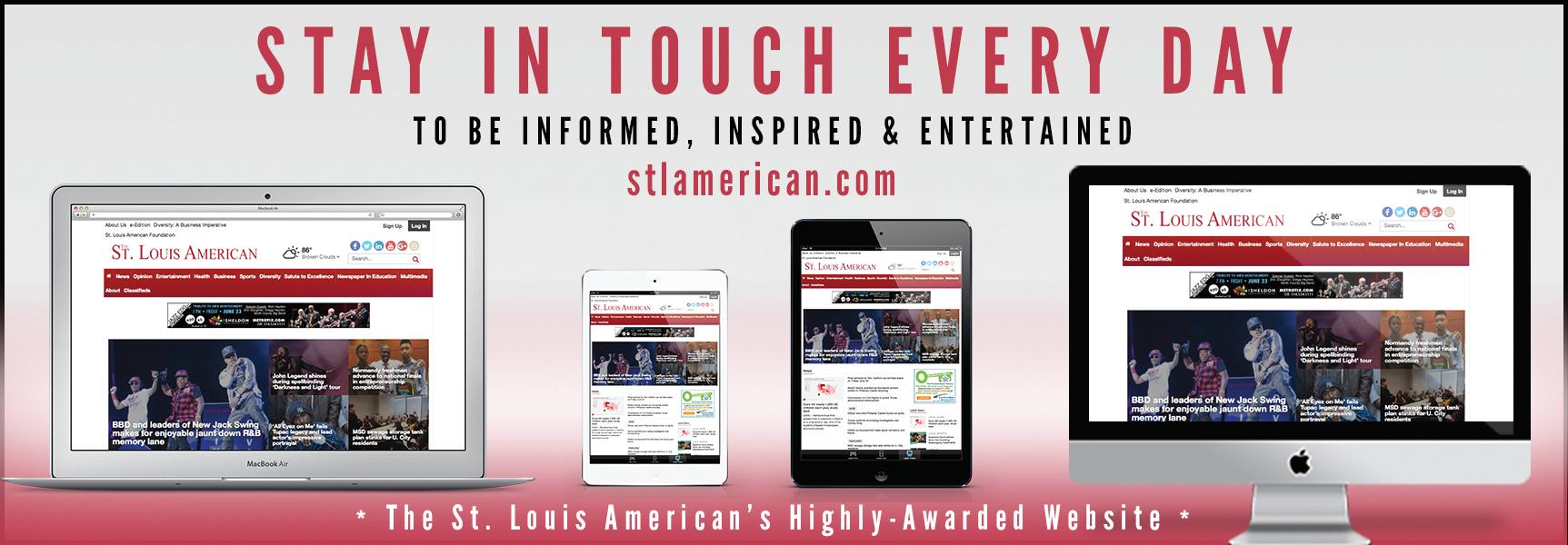
By Constance Gully For The St. Louis American
Before COVID-19 struck our country, it was already undisputed that significant racial disparities existed in health outcomes, life expectancy, educational attainment, and wealth between White and Black, Brown, and Native Americans.
But now that we are in the throes of the pandemic, it is glaringly real that more than 400 years of racial oppression and injustices have directly led to the disproportionate deaths as well as poor mental and physical health outcomes for Black and Native Americans today. Tragically, our wealthy nation also has one of the highest death rates for Black and Native American babies and their mothers.
Poor health in children is directly tied to low educational attainment that can lead to chronic health issues and poor outcomes later in life. We have the capacity in this country to address these horrendous outcomes with an essential, strategic tool. It’s our hope that together we can mitigate the onslaught of inequity through more comprehensive access to home visiting.
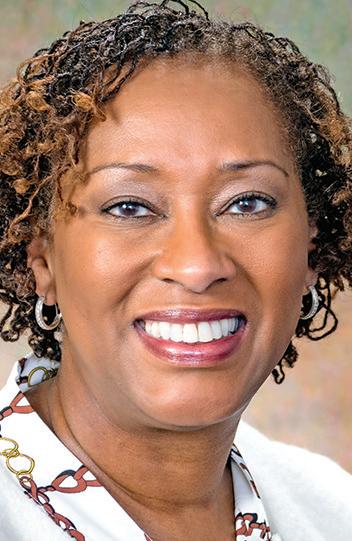
A vital conversation is needed to expand access to the ever-important parent/home visitor partnership to ensure it reaches a wider number of children and families impacted by racial inequality.
The COVID-19 public health and economic crisis has pulled back the curtain and revealed for all the disproportional impact it is having on Black, Hispanic/Latinx, and Native American communities in particular. The economic pressure the pandemic has placed on the country’s most under-resourced families has exacerbated the racial divide and is widening the margins of racial disparities.
Now more than ever, families need the support provided by trained home visitors. Our evidence-based home visiting model is a proven and effective program designed to address factors that strengthen families and help them prepare their children for life’s challenges early in life. Studies show that children of families participating in the program enter kindergarten ready to learn, the opportunity gap for children at risk of falling behind is narrowed, and they go on to achieve school success into the elementary grades.
Parents that voluntarily participate in our program state they feel supported and less stressed, they improve their parenting knowledge and skills, and are more involved in their children’s schooling. Families are also more likely to promote their children’s language and literacy skills. The program is shown to prevent child abuse and neglect, as our home visiting professionals are on the front line of family engagement and can detect and problem-solve issues early.
These are important issues in the under-resourced communities that we serve. That’s why we focus on partnering with families to reduce infant mortality, increase infant vitality, maternal health, and immunization rates, as well as build social resources for families, and improve literacy. The most disturbing and challenging racial inequities and disparities are addressed through home visiting services using a proven and personalized approach.
Working with parents directly during the most important stages of their child’s early development has a direct effect on reducing the educational disparities that can later result in income and health disparities. By supporting the overall well-being of parents and caregivers, and offering support and resourcing, home visitors help parents navigate the healthcare, educational, and social support systems and advocate for themselves and their families in order to access the resources they need to keep themselves and their family healthy.
While schools, childcare centers, and other child-serving organizations were forced to close, home visiting never stopped. As we have pivoted from in-person to virtual home visiting during this unprecedented pandemic, we must encourage decision-makers to embrace and support home visiting as a critical and effective strategy for improving the conditions of families in under-resourced communities, and one that can help mitigate racial inequities.
Visit https://tinyurl.com/PAT-home-visit to learn more about the Parents as Teachers campaign.
Constance Gully is the president and chief executive officer of St. Louis-based Parents as Teachers National Center, Inc.
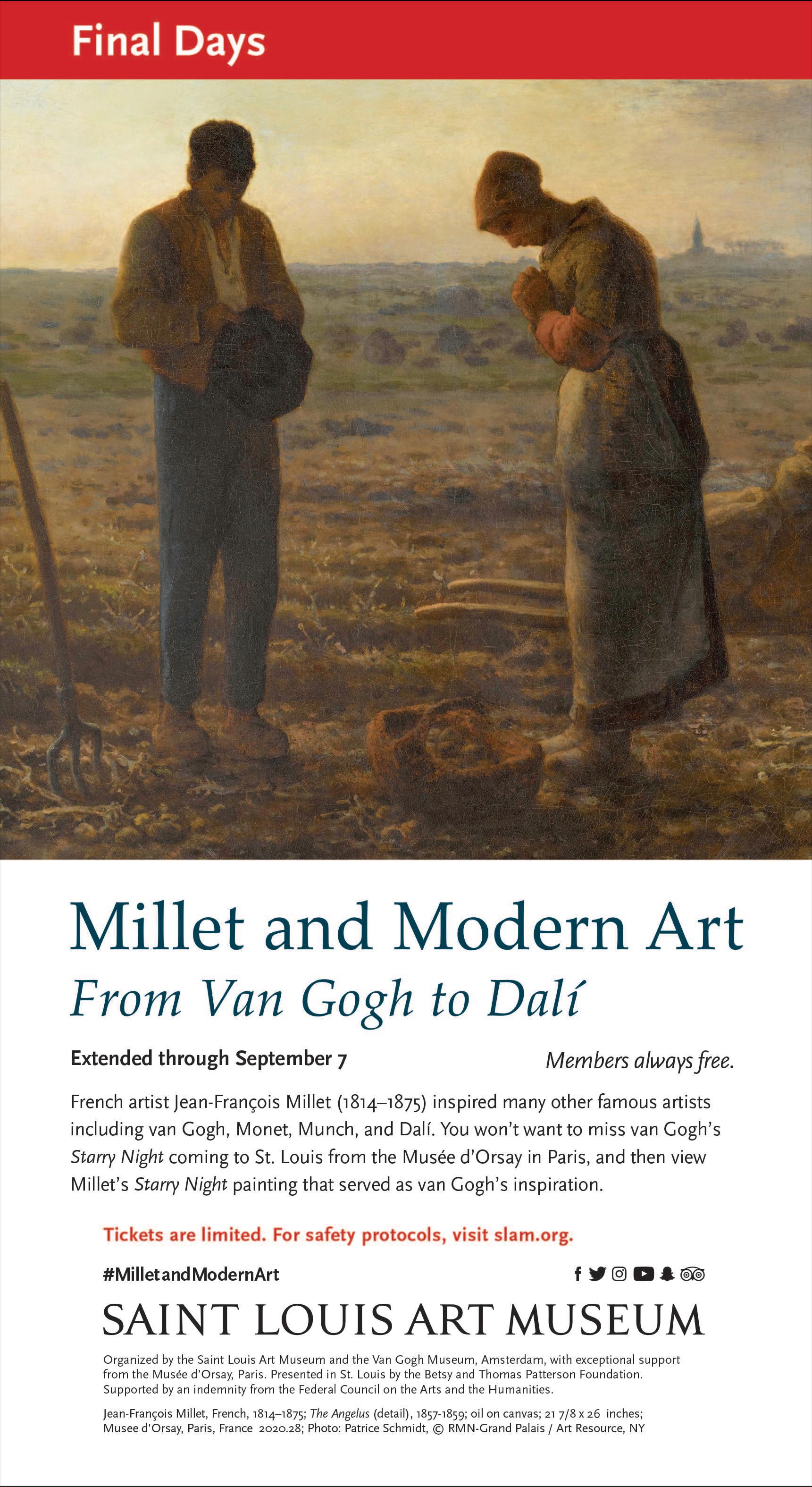
Continued from A1
of the St. Louis Metropolitan Police Department who had also taught at the St. Louis Police Academy. Graduates of his two-year program at North Tech are now lawyers, crime scene investigators, police dispatchers and, of course, police officers.
The criminal justice students at North Tech had been training at a gun range as part of their studies, but Hines put a stop to that. “The firing range is not focus of ours,” Hines said. “I want them to learn the weapon that is their mouth. That’s a far greater weapon if used correctly.”
Taking the gun out of students’ hands, in fact, is integral to Hines’ approach to criminal justice. Consider how he teaches the Ferguson Police killing of Michael Brown.
“I look at that through the lens of de-escalation of force. There are many ways that could have been prevented. It did not need to get to that point,” Hines said.
“I talk about the idea of not policing the community, but serving the community. If Darren Wilson had approached Michael Brown with the right heart and seen his humanity first, it would have been a whole different story. Darren Wilson had all the power and authority and should have had the ability to de-escalate the situation.”
Continued from A1 ty often denied to Blacks when represented in films marketed to mainstream audiences.
“I inherited Marvel and the Russo Brothers’ casting choice of T’Challa,” said “Black Panther” director Ryan Coogler in a tribute he wrote for Boseman. “It is something that I will forever be grateful for. He was an epic firework display. I will tell stories about being there for some of the brilliant sparks till the end of my days. What an incredible mark he’s left for us.”
The film broke box office records with more than $1.2 billion in international sales.
“Wakanda Forever” became the catchphrase of the year –and the film brought forth an unprecedented celebration of the African diaspora within popular culture.
But to limit the celebration of Boseman’s artistic legacy
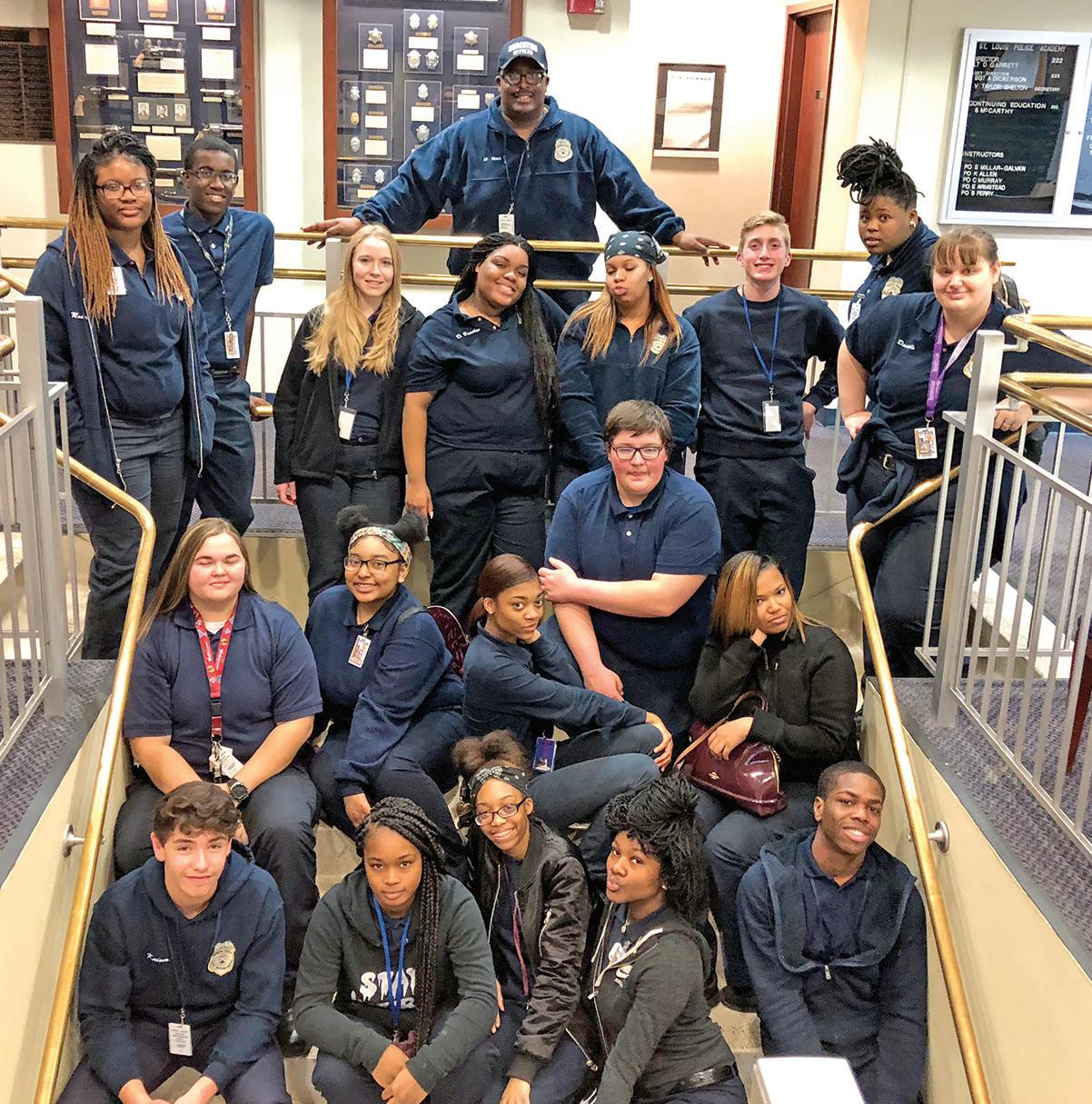
Other than taking away firearm training, Hines teaches the same curriculum he taught in the Police Academy.
to “Black Panther” would be a disservice to the his nearly 20-year career in film and television – including a trio of film portrayals that were fitting tributes to legendary figures in African-American history.
Director-turned-actor
Chadwick Aaron Boseman was born and raised in Anderson, South Carolina, where his mother Carolyn Boseman was a nurse and his father Leroy was a textile worker. His journey into acting began as an attempt to become a better director.
Boseman’s connection to the craft began at the internationally acclaimed Howard University Department of Theatre Arts, where he graduated with a Bachelor of Fine Arts in directing in 2000. While at Howard, he was taken under the wing of one of HU’s most famous alums, Phylicia Rashad. Rashad and Denzel Washington raised
His students study Missouri’s criminal statutes, of course, but they also learn more of the U.S. Constitution than Hines
funds so that Boseman and several classmates could attend the Oxford Mid-Summer Program of the British American Drama Academy in London.
Soon after graduating from New York City’s Digital Film Academy, Boseman began appearing in bit parts and recurring roles on television –the first being a recurring role on the soap opera “All My Children.” He was fired after one week because he spoke up against the stereotypes that his character was written to portray.
Boseman would later play guest roles on shows such as “Third Watch,” “ER,” “Cold Case,” “CSI: NY” and “Law & Order” before landing a recurring spot on “Lincoln Heights.” In between television roles he had a small part in the 2008 biographical sports drama “The Express: The Ernie Davis Story.” He landed a starring role on the NBC drama summer series “Persons Unknown” in 2010. When the show wasn’t picked up after a 13-episode
was able to teach in the Police Academy, which is something he encourages police academies “to revisit.”
run, he shifted his focus to film.
His second film “The Kill Hole” was an introduction to his capacities as a leading man. He starred alongside actor Tory Kittles and was a force of nature as his character attempted to rescue his fellow serviceman from lunacy brought on by PTSD.
A talent for embodying black heroes
When Boseman assumed the awesome responsibility of portraying Jackie Robinson in Brian Thomas Helgeland’s “42,” it was only his third feature film credit. He gave Robinson a fitting tribute in the film that felt as if it was more about Branch Rickey’s decision to break Major League Baseball’s color barrier than Robinson’s experience. A lesser actor would have been swallowed up in the “great white hope” intention, but Boseman fought hard to present the sacrifice,
“How we teach use of force at North Tech is a whole different story,” Hines said. “We teach not only statutory law but also constitutional law, so our students know what real, true justice looks like. It’s not only holding people accountable to the law, but also making sure their treatment is fair and equitable. I teach them to apply law constitutionally to get to the truth that may not be the world’s truth.”
As a physical education teacher at Crestwood Elementary in Lindbergh Schools, Darrion Cockrell is compelled to escalate, rather than de-escalate, physical activity. His job is all about getting children moving and teaching them about the health benefits of physical activity.
“It’s important that kids be athletic and fit,” Cockrell said. “The child obesity rate is out of the roof. The only way we can impact that in schools is by PE teachers making kids get active and stay active and have fun.”
One creative way he does this – at least when teaching children who are physically present and not socially distanced – is by making up games like Toilet Tag. This is a variant of the age-old game of tag that also reinforces the health benefits of washing your hands after using the toilet. After all, he teaches small children. Graduation for his students happens at 5th grade.
But his connection with students often extends beyond that – and touches upon a childish version of the de-escalation
danger, misunderstanding and alienation that came with Robinson’s historic role.
Then Boseman jumped right into singing and dancing shoes of the “Godfather of Soul” James Brown in Tate Taylor’s biopic “Get On Up.” The film didn’t live up to the potential of Brown’s colorful life and the brilliant soundtrack he provided for Black America, but that didn’t stop Boseman from delivering a powerhouse performance alongside co-star Nelsan Ellis, who also died tragically at the tender age of 39 in 2017.
It was “Get On Up” that provided The St. Louis American’s own Melvin Moore with a Chadwick Boseman connection. Moore and his family stopped to visit with Ellis, who was a friend of the family, while the film was being shot in Natchez, Mississippi, and got to spend time with Boseman.
“Nelsan said, ‘I’ll invite him over,’ and my wife and sister offered to cook white chili,”

tactics that Hines teaches to high schoolers on the brink of joining a police force.
Cockrell, who is known at school as “Mr. D.C.,” remembered one student he had frequently disciplined for behavior issues, poor sportsmanship, and bullying. The situation was serious enough that he reached out to the boy’s parents. He was surprised when he heard from those parents after the boy went on to middle school.
“Something had happened at middle school where some kids were bullying another kid, and he went to his mom and said, ‘These are my friends, but I care about this other kid who is getting bullied.’ His mom told him to reach out to a teacher, and he said, ‘Is there any way you can reach out to Mr. D.C.?’” Cockrell said.
“So, his mom reached out to me, and I couldn’t believe it, because we did not have the greatest relationship. But he realized that my disciplining him showed how much I cared about him, so he trusted me to help guide him and his friends. I was glad he showed empathy. That’s one of the words we use a lot: ‘empathy.’ So, I reached out to his principal, and his mom was extremely excited and happy that I was able to help and intervene.”
All seven finalists for Teacher of the Year were interviewed by the Missouri Department of Elementary and Secondary Education on Tuesday, September 1, and the winner will be announced in October.
Moore said. “He actually came over! We all sat in the kitchen and laughed and talked for hours – even when he had a 4 a.m. call time to shoot the next day.”
Moore said Boseman shared with them that he had received calls about portraying Black Panther, but he wasn’t sure if he wanted to do a “comic book movie.”
“My brother Richard O. Paden and I spent a good 20-plus minutes convincing him to take the Black Panther role,” Moore said. “Sometimes meeting a star can be a bad experience. He was already on the road to superstardom and hung out with us like family. He will be missed.”
After his initial appearance as Black Panther in “Captain America: Civil War,” Boseman played Thurgood Marshall in “Marshall.” Boseman brought finesse, swagger and humanity to Marshall – a departure from how he is deified as part of black history.
“What an amazingly talented brother,” St. Louis native and “Marshall” co-star Sterling K. Brown told The American about Boseman when discussing the film in 2017. East St. Louis native Reginald Hudlin directed Boseman and Brown in “Marshall,” and ahead of the film’s theatrical release, he revealed that Boseman was apprehensive about portraying another giant of Black culture and history.
“He knew people would be like, ‘Here you go again,’” Hudlin told The American “But when he read the script, he was like ‘Now I’ve got to do it.’ He got caught up in it. I knew he could kill it – and that’s exactly what he did.” Hudlin reflected on working with Boseman in the days following his passing for Variety. com.
“It takes a great man to play a great man; Chadwick Boseman did it four times,” Hudlin wrote. Coincidentally, it was Hudlin who wrote the Marvel Comics series “Black Panther” from 2005-2008, which laid the foundation for the character’s feature film presence.
“To have the gravity, the intelligence, the physicality to portray any of his signature roles — Jackie Robinson, James Brown, Thurgood Marshall and T’Challa, the Black Panther — is a breathtaking feat,” Hudlin wrote. “But to give four entirely different performances is a striking achievement. Chadwick’s dedication to his art was absolute. His love for his culture [was] endless. His thirst for knowledge [was] unquenchable. We lost a great man.” Boseman is survived by his
African culture and tradition as a child in their home in the Greater Ville Neighborhood. The neighborhood was once the center of St. Louis Black culture. It was the home of notables such as Chuck Berry, Arthur Ashe, Dick Gregory, and Josephine Baker. As a youngster, Nelson studied jazz trumpet and arranging under artists Oliver Lake, David Hines and Lester Bowie.
In March, as the new coronavirus was spreading throughout the United States, Nelson and his siblings concluded that their mother, who had a stroke while living with his sister, needed to be in a nursing home. The process, he said, was a nightmare.
“This country has made a total mess out of hospitalization care for the elderly,” Nelson said. “I had to keep one ear to the news and one ear to what they (nursing home officials) were saying. All of it, from the White House, the health department … they all seemed to making it up as they were going along.”
Nelson’s frustrations intensified as he visited facilities for his mom. Individuals 85 or older are among those with the greatest risk of severe COVID-
Continued from A1
Continued from A1 treated. Bailey is a 30-year old Black man with less than six months of service.
related deaths. None of the facilities, Nelson said, would reveal if residents had or had died from the virus. He was searching around the time when nearly 32,000 residents and almost 700 employees of federally licensed nursing homes nationwide had died from the virus.
Nelson’s final decision was made after the family was told they could place Pauline in a home but, due to mandated health restrictions, they could not visit her.
“That’s not the way she should go,” Nelson said.
“Respecting (African) tradition, it’s important how an individual spends their final weeks, months or years. Would she have music? Could she look out a window? All this is important before she crosses over and becomes an ancestor.”
Nelson decided his mother was going back to her house in the Ville. Since she had been battling illnesses for four years, the house needed serious repair and updating for his bedridden mother. Trees had to be cut down. Mounds of trash and unneeded furniture were hauled away. The only upside of the restoration process was retrieving a treasure trove of his mother’s paintings and photographs, Nelson said.
After weeks of grueling work, Nelson and a neighborhood handyman had the
one-bedroom house ready. His mother’s hospice bed was situated in a freshly painted room.
A picture of her late husband hangs on the wall along with some of Pauline’s paintings and photographs. Nelson even planted colorful, flowers outside her bedroom window.
Nelson was determined to make music a part of Pauline’s transitional process. He has studied Djembe and West African music from master drummers from Senegal and Guinea and Trinidad. Nelson, who travels the country as a performer and lecturer, has performed with the St. Louis Symphony Orchestra, China National Orchestra and a list of well-known recording artists in many genres.
Pauline’s family was active in Nashville’s Civil Rights Movement in the 1960s. Her sister, Bernice Johnson Reagon, is a composer, scholar, social activist and founder of the all-black female a cappella ensemble, Sweet Honey in the Rock
The family arranged for Pauline to have a 24-hour caregiver at home. As soon as she was moved in, Nelson initiated his music sessions, playing familiar songs for his mom.
“I’d play drums and sing her favorite songs: freedom songs, protest songs like ‘We shall Overcome,’” Nelson said. “My mother gets peace from those
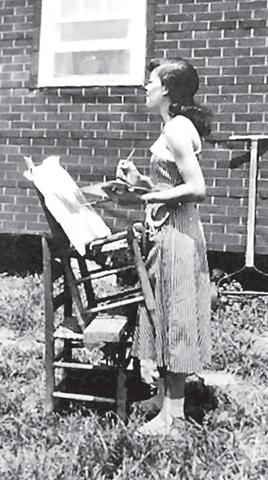
drums.”
Alzheimer’s had taken its toll on his mom. She recognizes him, Nelson said, but communication is limited.
“In the beginning, her responses were ‘yes, no,’ short and to-the-point,” Nelson said.
The only upside for Baba Mike Nelson of restoring his mother’s home in the Ville for her hospice care was retrieving a treasure trove of her paintings and photographs.
“Other than that, all she did was moan and cry.”
Then one day, shortly after he started his music therapy, Pauline, responding to his drums, reached out, held his hand, and said, “That’s nice.”
A few days later, she told
ed of the most trivial crimes.
her son, “Raise me up.” Now, family members and the caregiver can take her out of bed for short stints to sit on the front porch to look at her flowers.
“Some people say it’s just a coincidence, but I don’t believe that,” Nelson said. “She’s doing so much better now and it’s because of the drums. They have healing vibrations.”
Nelson’s theory is not farfetched. Music is known to have stimulating effects on the brain, the body, and human emotions. Medical institutions such as Scripps Mercy Hospital San Diego, New YorkPresbyterian Allen Hospital and UChicago Medicine, a not-for-profit academic medical health system in Chicago, are all using music as a soothing treatment for COVID-19 patients.
Medical research had nothing to do with Nelson’s method of helping his ailing mother. His actions were motivated by African traditions, a gift Pauline and Edward gave him as a child. Nelson said he is acting in the spirit of that tradition.
“My mom gave me the gift of life,” Nelson said. “She brought me into this world. I’m not going to miss the opportunity to return that favor.” Sylvester Brown Jr. is The St. Louis American’s inaugural Deaconess Fellow.
In a handwritten statement released by the St. Louis Metropolitan Police Department on social media, Bohannon’s family shared that his family nickname was “T” and his fellow officers affectionately called him “Bo.” They said he was raised “and continued to live and raise his family in the city in which he patrolled,” St. Louis. “He is a hero to many but most importantly to his loving wife and three incredible children,” the family said. “The loss of this great man is felt deeply within the St. Louis community, and we ask for your prayers and support in the days ahead.”
family via the media. There have been countless expressions of support via social media.
St. Louis Mayor Lyda Krewson, who said she had spent time with the Bohannon family, U.S. Senator Roy Blunt, and U.S. Attorney Jeff Jensen most immediately shared their support for the
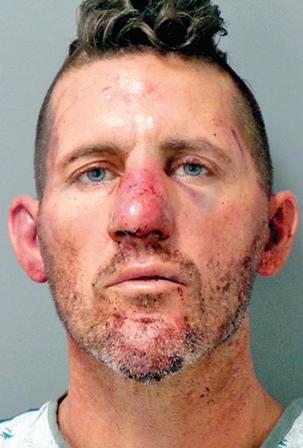
“Our heartfelt condolences and prayers are with the family and loved ones of Officer Tamarris Bohannon in their time of loss,” Gardner said when issuing charges. “We honor his service and dedication for which he gave the ultimate sacrifice.”
Thomas Kinworthy
Kinworthy was taken into custody after a lengthy stand-
off with officers, police reported. Police reported that no shots were fired by officers while taking Kinworthy into custody. The fact that a suspect who had been reported as white was taken into custody alive after shooting two Black police officers (one critically) spawned widespread commentary on social media, given the recent and repeated police killings of unarmed Black people suspect-
Whatever unusual respect police may have shown Kinworthy while taking him into custody was not extended by several media outlets. Before he was named as the suspect or charged with a crime, Kinworthy’s name and extensive criminal record were dragged through local media. Some of those claims were supported by police on Tuesday after charges were issued.
“The defendant is a convicted felon. He has a conviction for felony Possession of a Controlled Substance in St. Louis County,” Detective Tracey Chaney wrote in the probable cause statement.
“I believe the defendant is a danger to the community because of the violent nature of the offenses and his criminal history. I believe the defendant will not appear on a summons because he is a wanted fugitive from the State of Florida.” Real STL News first reported this incident and first reported that the accused gunman is white.

The Urban League of Metropolitan Saint Louis, Inc. hosts large-scale COVID-19 emergency relief operation on August 29, 2020. The event marked the 21st distribution over the past 22 weeks. The League has served over 60,000 families in the metropolitan area and raised more than $3.5 million from over 50 partners making the distribution the largest and most sustained relief effort in the state.
Michael P. McMillan, President and CEO of the Urban League, said the distribution of food, masks, gloves, and sanitation supplies will continue through a neighborhood-based distribution effort supported by select churches and the Urban League-Federation of Block Units.
“We have provided relief to families for 22 weeks. We know that the pandemic will not stop simply because we are concluding our
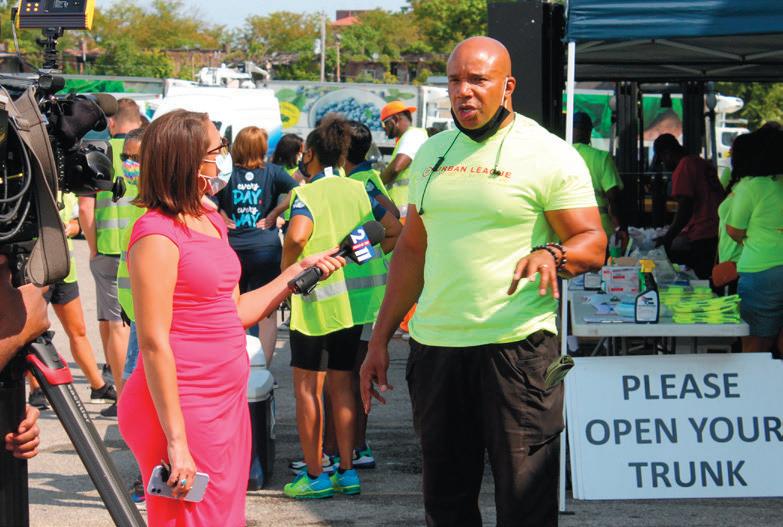
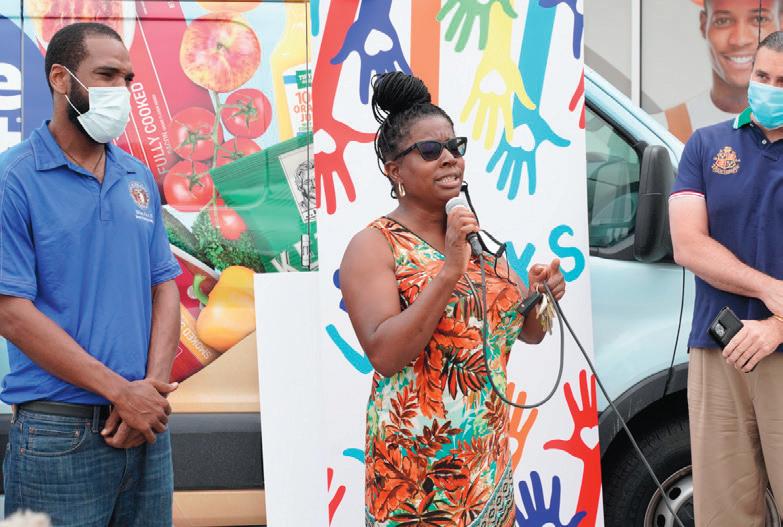
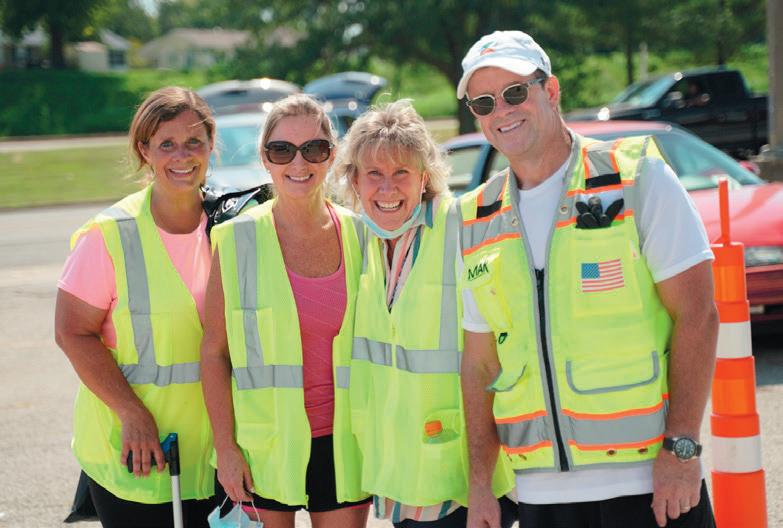
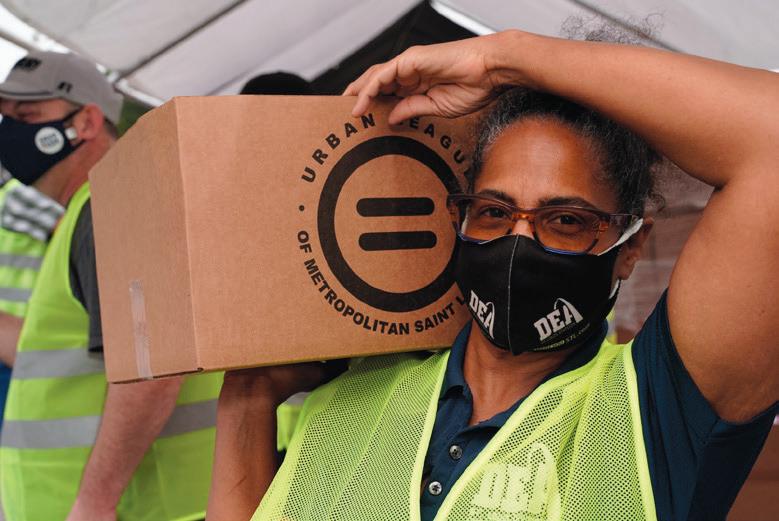
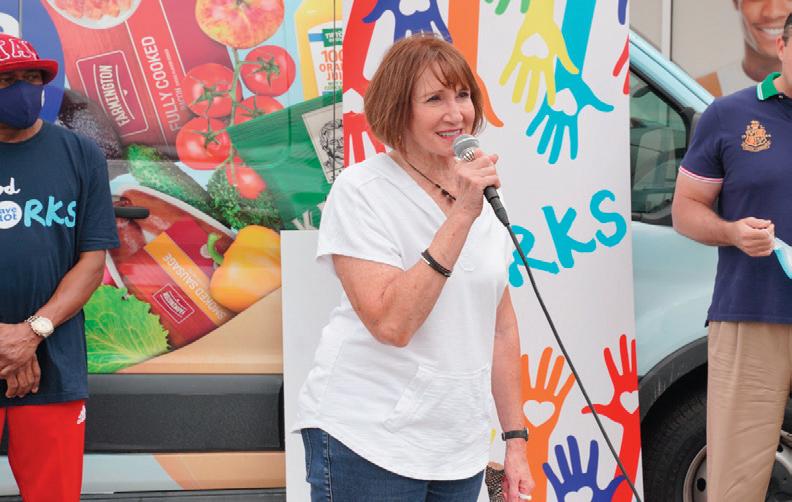
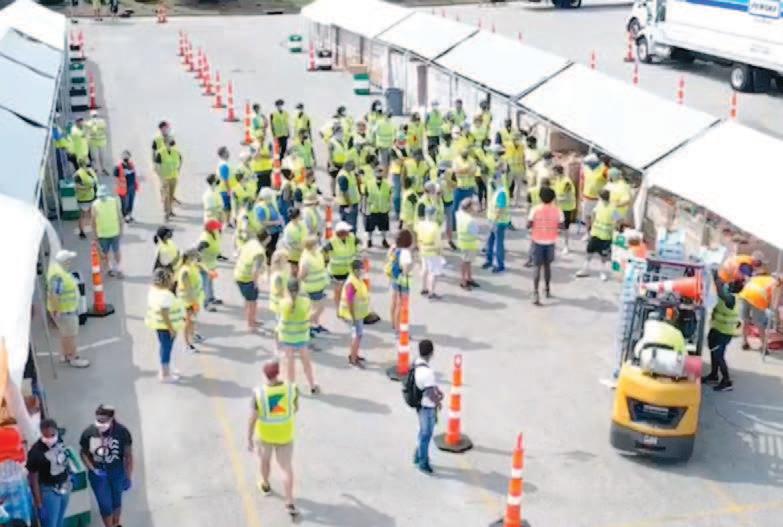
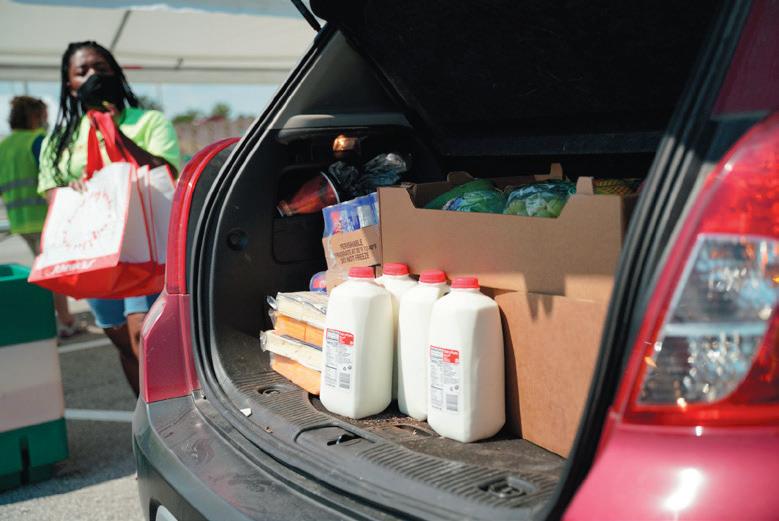

large-scale relief effort,” McMillan said. “We have developed a strategy to support families by partnering with neighborhood churches and our Federation of Block Units because we know the need is still high.”The League will get support in its ongoing effort to serve families in need thanks to a generous donation of $50,000 from Save-A-Lot along with $30,000 in food from the grocery chain.
“We are partners with the Urban League because we share the same mission. We want to do better for people; to empower people,” said Kenneth McGrath, CEO of Save-A-Lot.
For more information regarding neighborhood food distributions, call 314-615-3600.
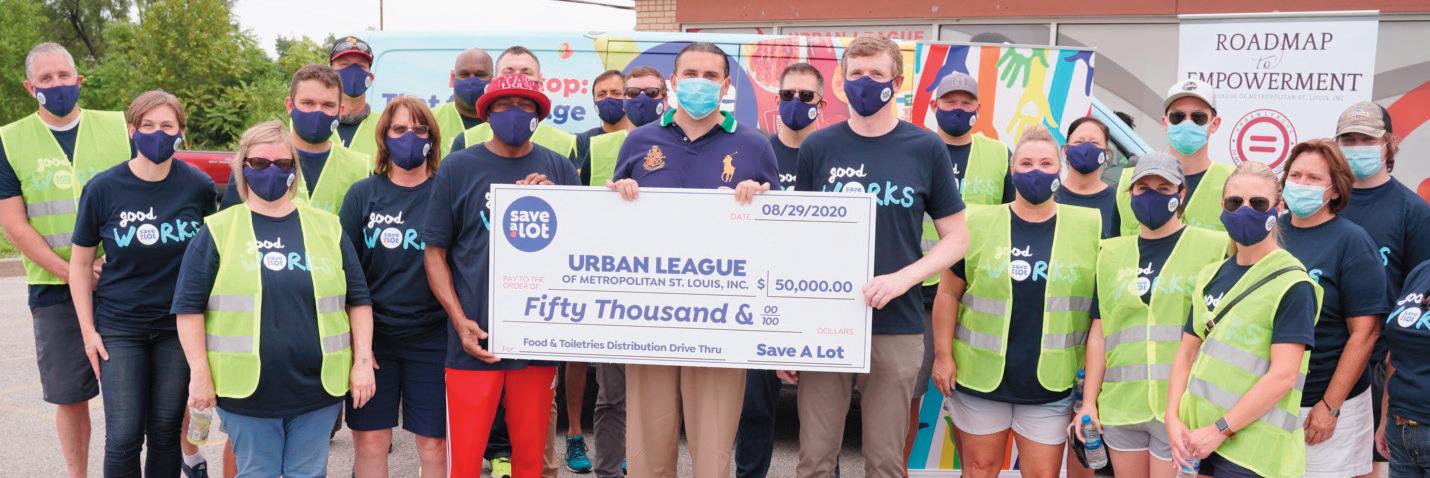
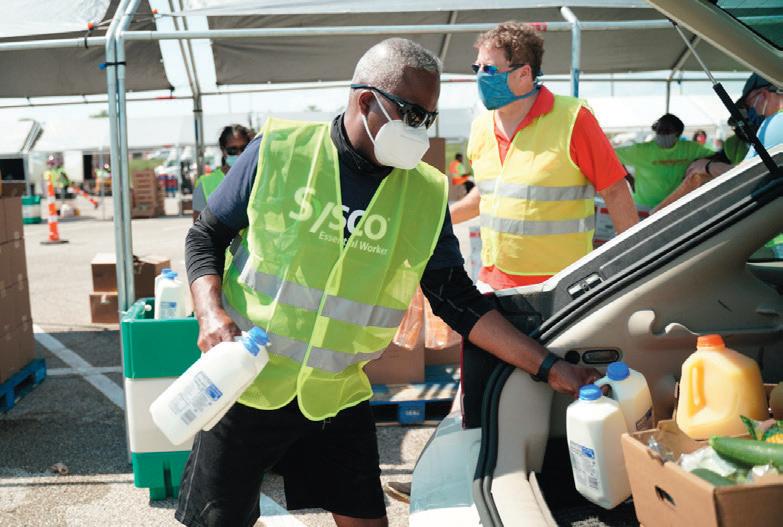
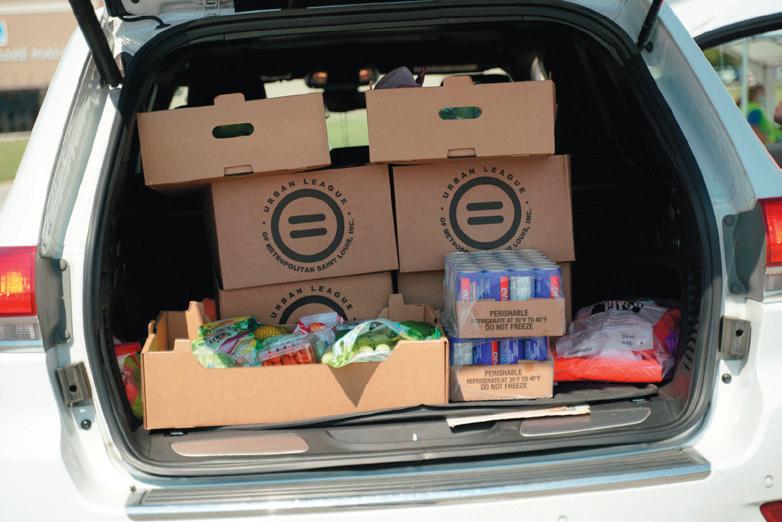
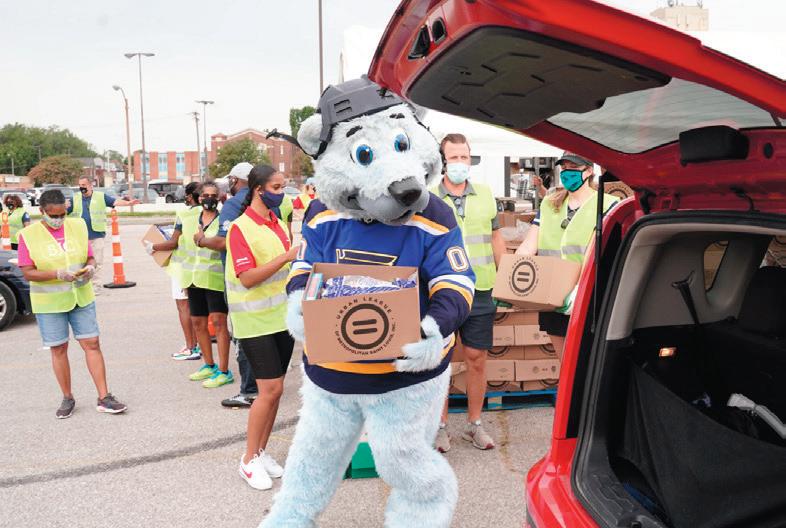
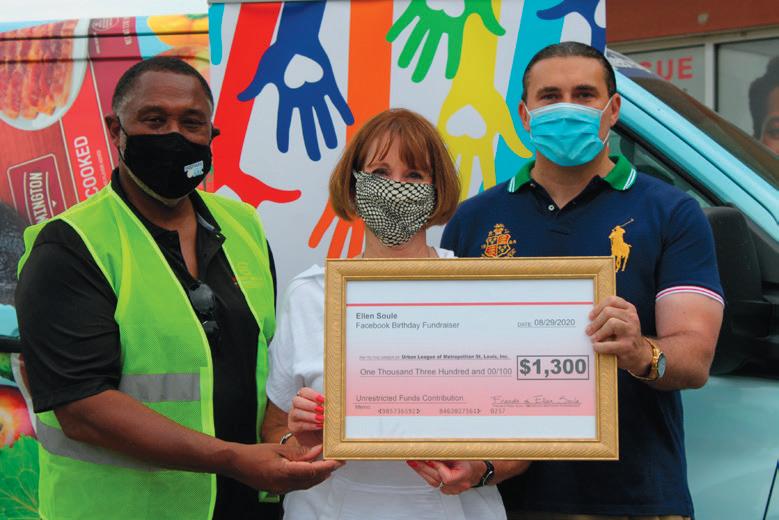

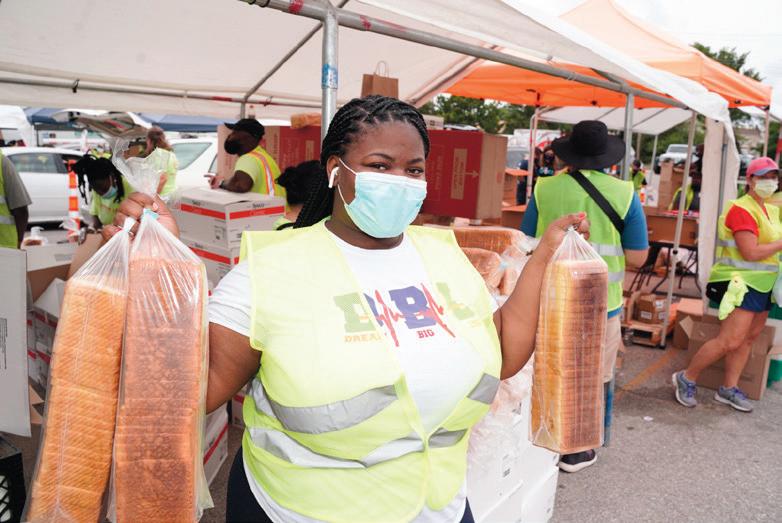
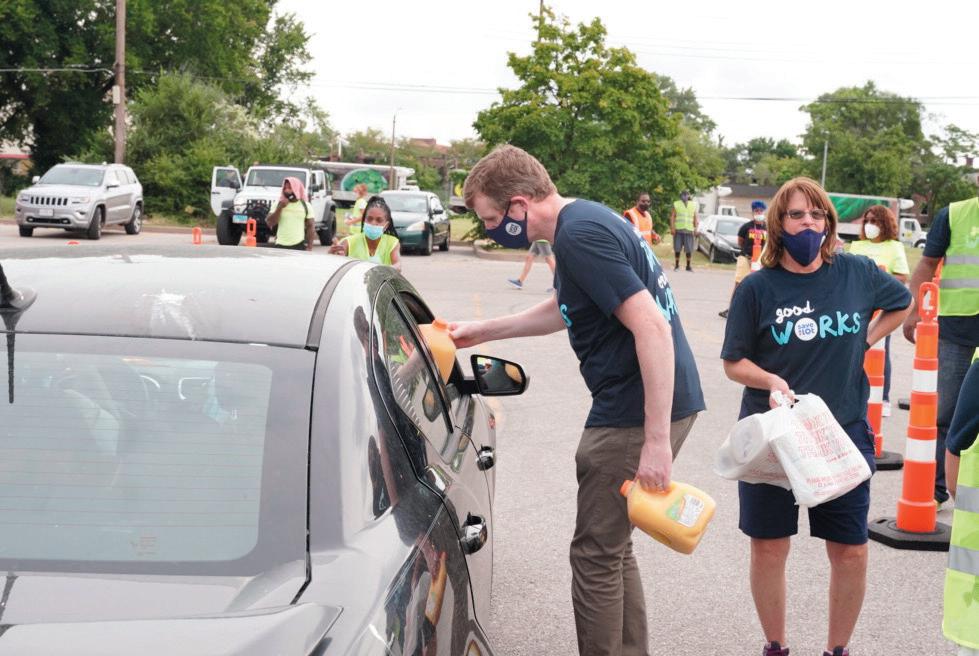
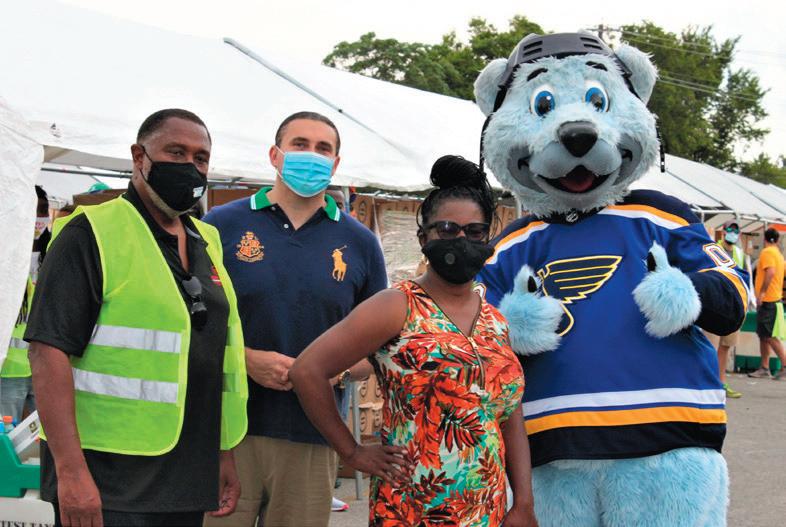
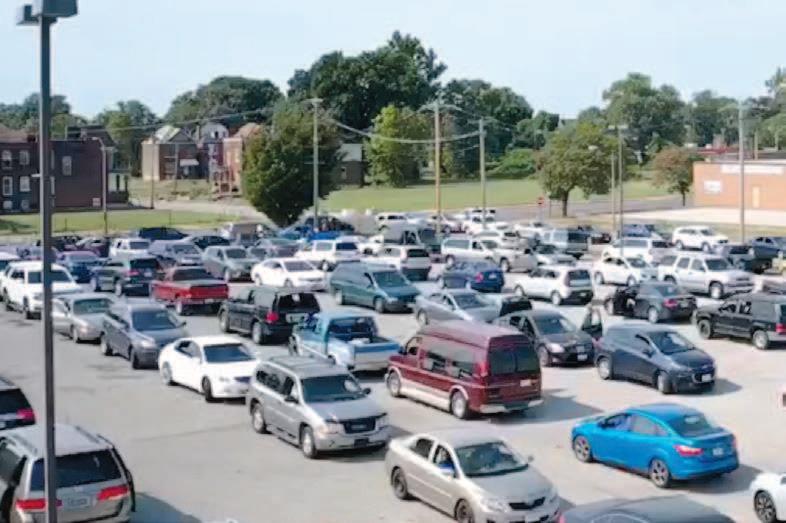
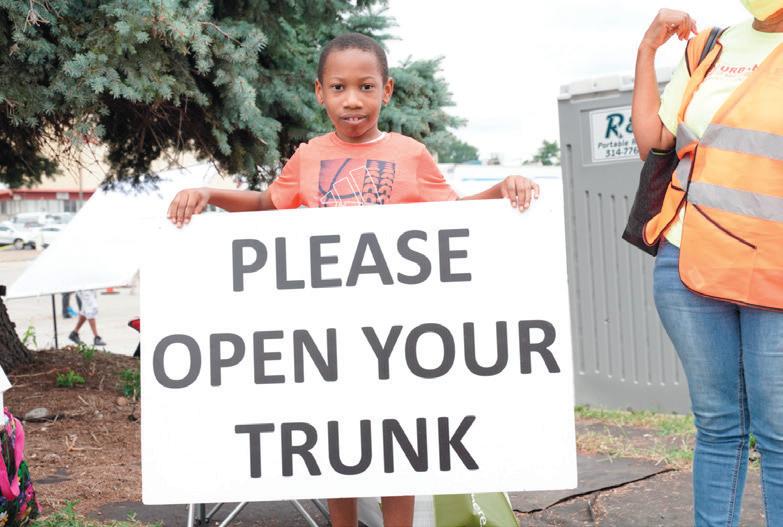
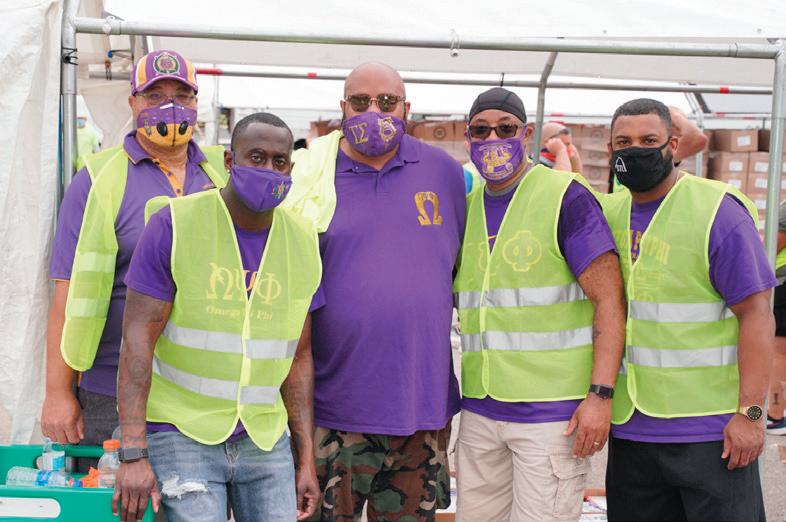
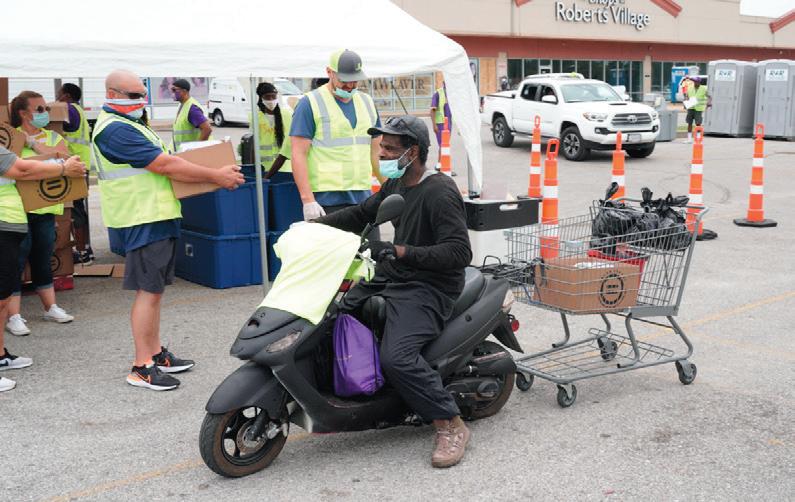
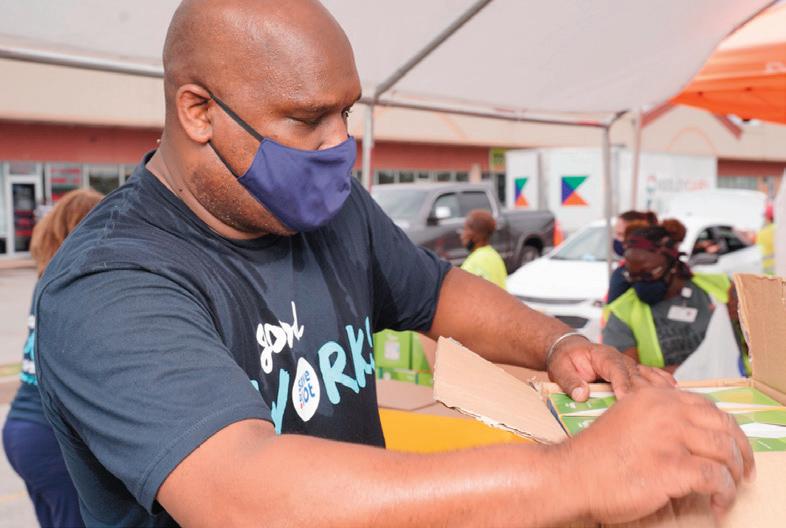
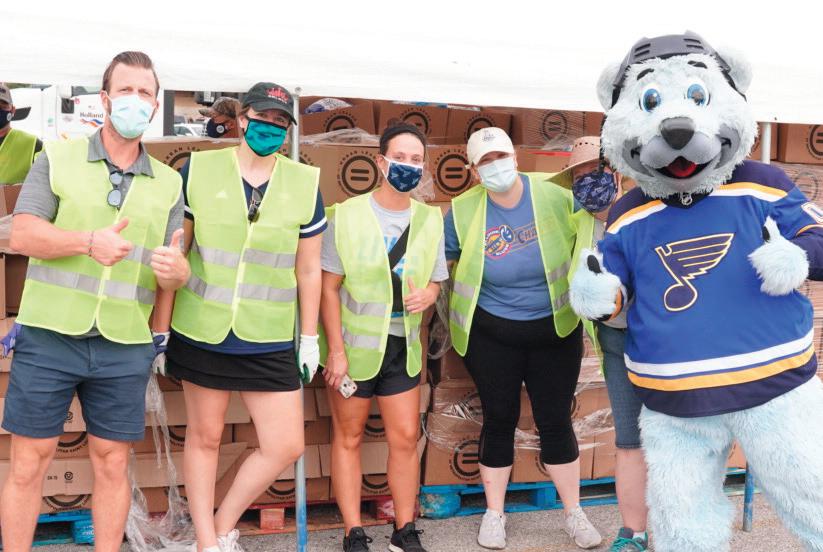
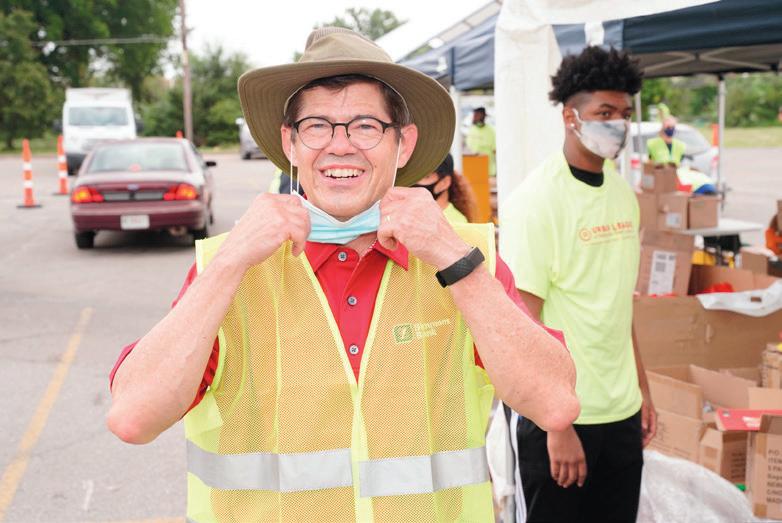
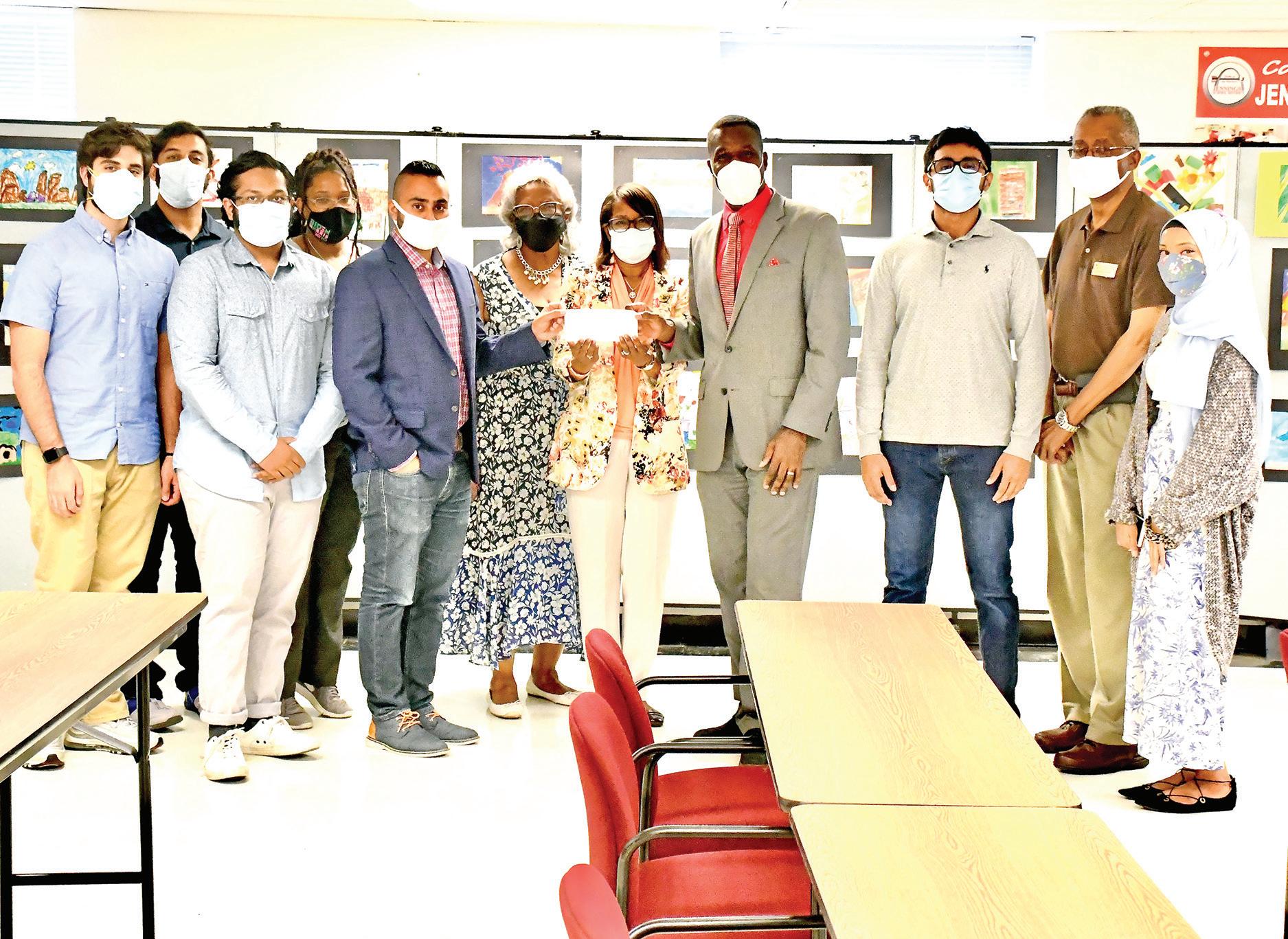
Project Downtown STL presented a $15,000 check to the Jennings School District board members and Superintendent Art McCoy on the first day of school to help buy laptops for district students.
American staff
Project Downtown STL donated $15,000 to the Jennings School District to ensure that all Jennings students have greater access to computer devices on the district’s first day of school, August 24.
For the past three school years Project Downtown STL donated book-bags along with school supplies to every student in the district, but this year poses new challenges with all students transitioning to more online learning.
n “The need for computers, connectivity, and champions for children and life coaches for families is paramount.”
– Jennings Assistant Superintendent Vernice Hicks-Prophet
“Project Downtown STL has been a true champion for our children and community providing basic school supply needs,” said Jennings Assistant Superintendent Vernice Hicks-Prophet. “So, I asked if they would help us with computers, and they exceeded our expectations with this surprise on
our first day back.”
Over 60% of Jennings School District students are engaged in full-time virtual learning, but 100% of Pre-K to 12-grade students are using laptops.
“The need for computers, connectivity, and champions for children and life coaches for families is paramount,” Hicks-Prophet said. “There was less need for basic school supplies like pens, pencils, and paper this school year.”
Project Downtown STL, mission is to provide essential services to homeless and impoverished segments of the St. Louis community, raised funds from professionals at Ernest and Young, St. Louis University, Washington University of St. Louis, and other generous people.
‘Through the licensing process, all aspects of safety are examined’
American staff
Normandy Schools Collaborative’s Early Learning Center is now a state-licensed early childhood education provider. The center received its Missouri license on August 14, five months ahead of the scheduled date in 2021. It is licensed to serve up to 189 students in its pre-kindergarten program.
“With COVID-19 and building construction behind schedule, this was a very difficult process,” said Crystal Hunter, director of early learning at the Normandy Early Learning Center.
n “Students and staff washing hands and the sanitation process of items in the classroom were observed.”
– Crystal Hunter, director of early learning
“However, we have a great team who all worked very hard to achieve this recognition.”
The center, which opened in August 2019, started the process to obtain the state license when staff moved into the new facility. District and center staff first worked with the local fire marshal and sanitation inspector from Jefferson City to ensure all necessary requirements were met. Then, the state performed a comprehensive paperwork review and classroom observations.
“Through the licensing process, all aspects of safety are examined,” Hunter said. “Every sink is checked for proper temperature control; each classroom is measured for square footage minus furniture to ensure enough room for students to move safely. All equipment is counted by the piece and inspected, and playground equipment is measured for safety.” Center staff had to go through multiple background checks, and specialized professional devel-
See NORMANDY, A10

recently
Revenue collector says nepotism is defined for relatives of elected officials, not of staffers
By Chris King Of The St.
Louis American
St. Louis Collector of Revenue
Gregory F.X. Daly needs to improve procedures on procurements and contracts, as well as controls over payroll and receipts and deposits, according to a new audit report by state Auditor
Nicole Galloway, who is also the Democratic nominee for Missouri governor.
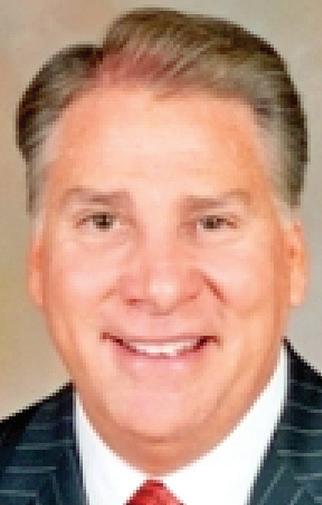
Most eye-catching is that the office paid more than a half-million dollars for legal services in 2019 with no competitive process to secure the work and only about $125,000 of that work done with a contract in place. Nearly $250,000 of legal fees performed with only a handshake agreement was done by the daughter of Daly’s chief of staff, Tom Vollmer.
“Business relationships that impair independence reduce the effectiveness of controls and decision making and harm public confidence,” the auditor reported. “If a relative is selected as a vendor, documenting why that person was selected could help reduce the appearance of a conflict of interest.”
Daly responded that “nepotism” according to Missouri law concerns only relatives of the elected official and not relatives of employees. Also, he argued, given that state statute sets a standard for legal fees, “there is no financial benefit to the taxpayer to undergo the costs of a competitive selection process or to secure a contract for attorneys who collect back taxes.”
n Nearly $250,000 of legal fees performed with only a handshake agreement was done by the daughter of Daly’s chief of staff, Tom Vollmer.
The audit also reported some wining and dining on a city credit card, sometimes without details for what was purchased and sometimes with alcohol purchases reported. Daly responded only to the reported purchase of $97 in alcohol on a city credit card, but said it “was an oversight” and the city was reimbursed.
The audit also found that the office needs to improve reporting of commuting and personal use of city-owned vehicles. Other concerns included not using timesheets to document employee work hours and not reporting employee leave information for reconciliation to the city’s central leave system. The office also needs to improve verification of receipts and deposits.
Daly has served as collector of revenue since 2007. His current term expires in March 2023. The office had 91 full-time and 2 per-performance employees as of March 3, 2019 and expended approximately $8.7 million during the year ended March 3, 2019.
This audit was triggered by a request by the St. Louis Board of Aldermen to complete a comprehensive, independent audit of the City of St. Louis. That request came after a group of St. Louis residents initiated a petition drive to require an audit of the city.
By Chris King Of The
St. Louis American
Engineers and their collaborators in the United States who promote social justice, human rights, peace, and environmental protection have until September 30 to apply or nominate someone for The Constellation Prize, which celebrates individuals in the field of engineering who look beyond the technical dimensions of their work to consider the social and environmental justice impacts their work might hold.
This new prize was launched with the help of two faculty members from Rensselaer Polytechnic Institute in Troy, New York: Daniel Lander, a lecturer in the Department of Civil and Environmental Engineering, and Brandon Costelloe-Kuehn, a lecturer in the Department of Science and Technology Studies.
“Engineers hold so much power,” said Lander. “We are the ones who have created the technology that makes all of the systems affording humans our advanced way of life. But engineers don’t always consider the wide-ranging conse-
quences of what we design. What we hope to do with The Constellation Prize is to reward those who find a way to build social value into the engineering practice.”
The Constellation Prize grew from a conversation the two had with Darshan Mukesh Arvinda Karwat of Arizona State University, one of their speakers at a yearlong series at Rensselaer about the social and environmental impacts of human activities.
there would be fewer of them for people to use; engineers can not create the possibilities of mass destruction.”
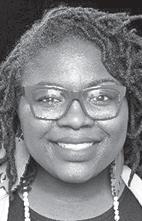
“Inequality and injustice are hardwired into current models of technological design and technical work, even in the United States, one of the most technologically advanced and resource-rich nations on Earth,” Karwat has written.
“However, the onus for change is not only on those who officially make policy—politicians, lawyers, and businesspeople—but also on those who build policy and create possibilities—engineers. For example, if engineers did not design and build bombs,
Karwat joins Lander and Costelloe-Kuhn on the seven-member committee administering the prize, which also includes one Black woman, Katreena Thomas, a Ph.D. student in engineering education and systems design and a master’s student in human systems engineering at Arizona State University.
“As engineers, we are master problem solvers and it is our obligation to use that talent in service of building a world and society centered on peace,”
Thomas said. “This prize presents an opportunity to recognize and amplify the accomplishments and work being conducted by engineers that are unfortunately often criticized in the engineering field. Through this prize, we will be able to provide different perspectives within our fields and encourage fellow engineers to recognize their responsibility to society so
we can do our part to shape the future of the world we live in.”
The prompts in the nomination form include:
What has this engineer or collaborative effort demonstrated or achieved that serves as a model for creating an engineering profession that promotes the values of environmental protection, social justice, human rights, and/or peace?
How has engineering shaped the outcomes and impact of the work?
What challenging constraints has the engineer or collaborative effort operated in?
In what ways were non-engineering stakeholders involved in shaping the engineering done in this work? If the nominee is an engineer, how did this engineer listen to and elevate the voices of non-engineering stakeholders in shaping their own engineering work?
“I hope this prize will help students, practitioners, policy makers, teachers, activists, and others imagine other possible worlds,” Costelloe-Kuehn said, “and construct a network of engineers and collaborators where we can support each other as we strategize how to compose these worlds.”

American staff
Saint Louis Crisis Nursery raised more than $103,000 in its mostly virtual Celebrity Night for the Crisis Nursery on August 20. The amount raised is enough to keep 345 children safe at the Crisis Nursery, which provides a 24-hour, 365 days/year safe haven for children, birth through age 12, whose families are facing a crisis. Crisis Nursery was joined by 11 restaurant partners and more than 64 local and national celebrities, including the Olympic gold and silver medalist Jackie JoynerKersee, Olympic gold and silver medalist Dawn Harper,
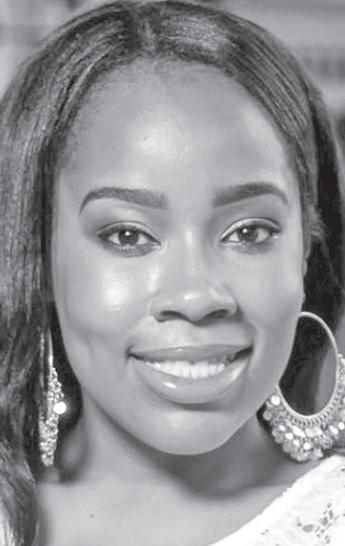
and Cedric the Entertainer.
Two of the top fundraising celebrities were Keith Jackson (Saint Louis Crisis Nursery Board of Directors member and Edward Jones Field Supervision director) and Lissa Johnson (Saint Louis Crisis Nursery Young
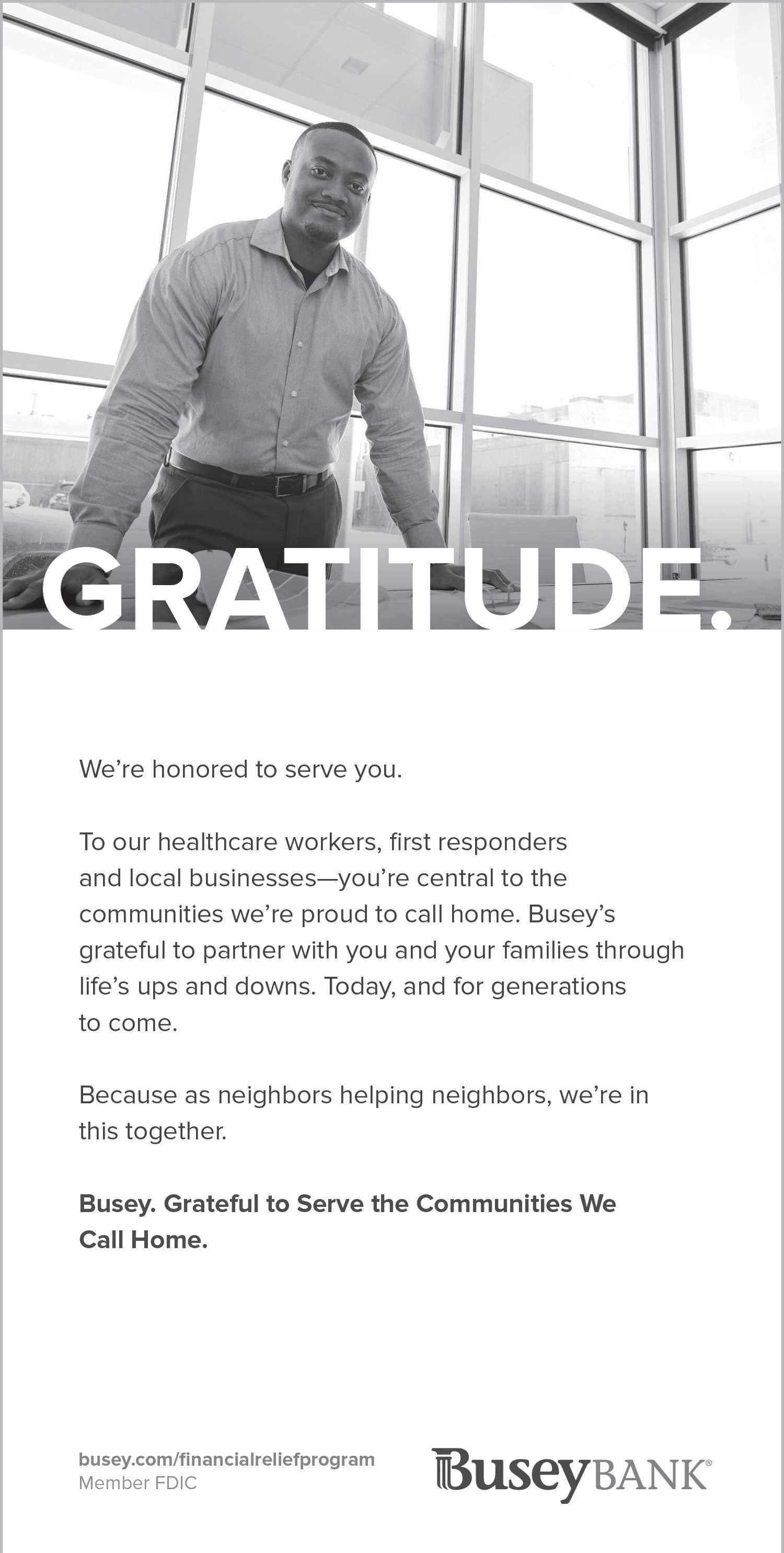
Professionals Board member, National Coalition of 100 Black Women member, and Nestle Purina brand manager.
Crisis Nursery currently has three locations in full operation, with public health protocols in place, and its Family Empowerment Program has conducted over 5,000 individual telehealth sessions since March. Over 400 emergency fund requests have been dis-
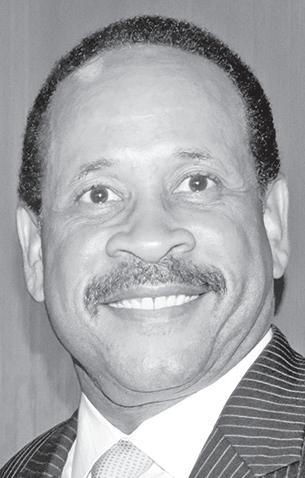
bursed to families in need, in many cases preventing shut-off of utilities or evictions.
“When we call on the St. Louis community to rally together for a cause – especially the cause of caring for, protecting, and helping children and babies – we know we can always rely on them for a strong showing of support,” said Crisis Nursery CEO DiAnne Mueller. “It’s the
reason why the Saint Louis Crisis Nursery, even now during this terrible pandemic, remains open for parents experiencing overwhelming stress and crisis.”
Children at Saint Louis Crisis Nursery receive a medical exam, therapeutic activities, nutritious meals and take-home necessities. Parents receive crisis counseling, in-home visits, parent educational groups and community outreach. In 34 years, it has served more than 120,000 children. For more information, call 314-292-5770 or visit www. crisisnurserykids.org.
American staff
The St. Louis Board of Estimate and Apportionment approved a request from Comptroller Darlene Green for $60,000 of the city’s CARES-Pandemic 2020 Contingency funds to be transferred to the Board of Election Commissioners.
The funds will allow for the operation of three satellite offices to process in-person absentee ballots during the November 2020 election.
“In the midst of the COVID-19 pandemic and concerns about foreign interference in U.S. elections, more than ever people want to make sure their votes are counted,” Green said. “This additional funding will help our Board of
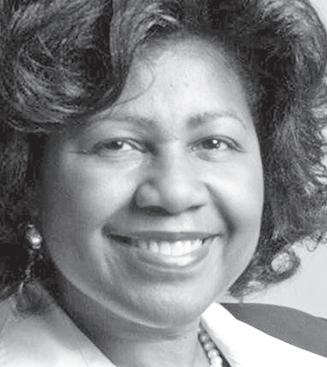
n “This additional funding will help our Board of Election Commissioners assure that in-person absentee voting is accessible for voters in St. Louis,” said St. Louis Comptroller Darlene Green.
Election Commissioners assure that in-person absentee voting is accessible for voters in St. Louis.”
Working with the board over the past week, Green developed the budget for the request and secured funding through the city’s available

CARES Act funds.
In-person absentee voting begins on September 22 and ends at 5 p.m. November 2, the day before the election. The three satellite locations will be announced later. Voters may also request a mail-in ballot or an absentee ballot by mail, though the state’s highest election authority, Secretary of State John “Jay” Ashcroft, has expressed doubts that votes sent by U.S. mail will arrive in time to be counted.
For more information see the St. Louis Board of Election Commissioners at https:// tinyurl.com/STL-election.
Continued from A9 opment.
“Students and staff washing hands and the sanitation process of items in the classroom were observed,” Hunter said. “These practices have really helped our staff understand and prepare for the opening of our school during the COVID-19 pandemic.”






Across the country, Bank of America continues to work with local organizations to provide critical resources to vulnerable and underserved populations hardest hit by the coronavirus.
To support the safety and health of those most at risk in our community, we are partnering with local leaders and organizations to distribute PPE masks here in St. Louis.
This is in addition to the four million masks we donated earlier this year in cities across the country — and part of our ongoing commitment to provide millions of masks to help slow the spread of the coronavirus.

Together, let’s work to help St. Louis recover.

Marilyn Bush St. Louis Market President
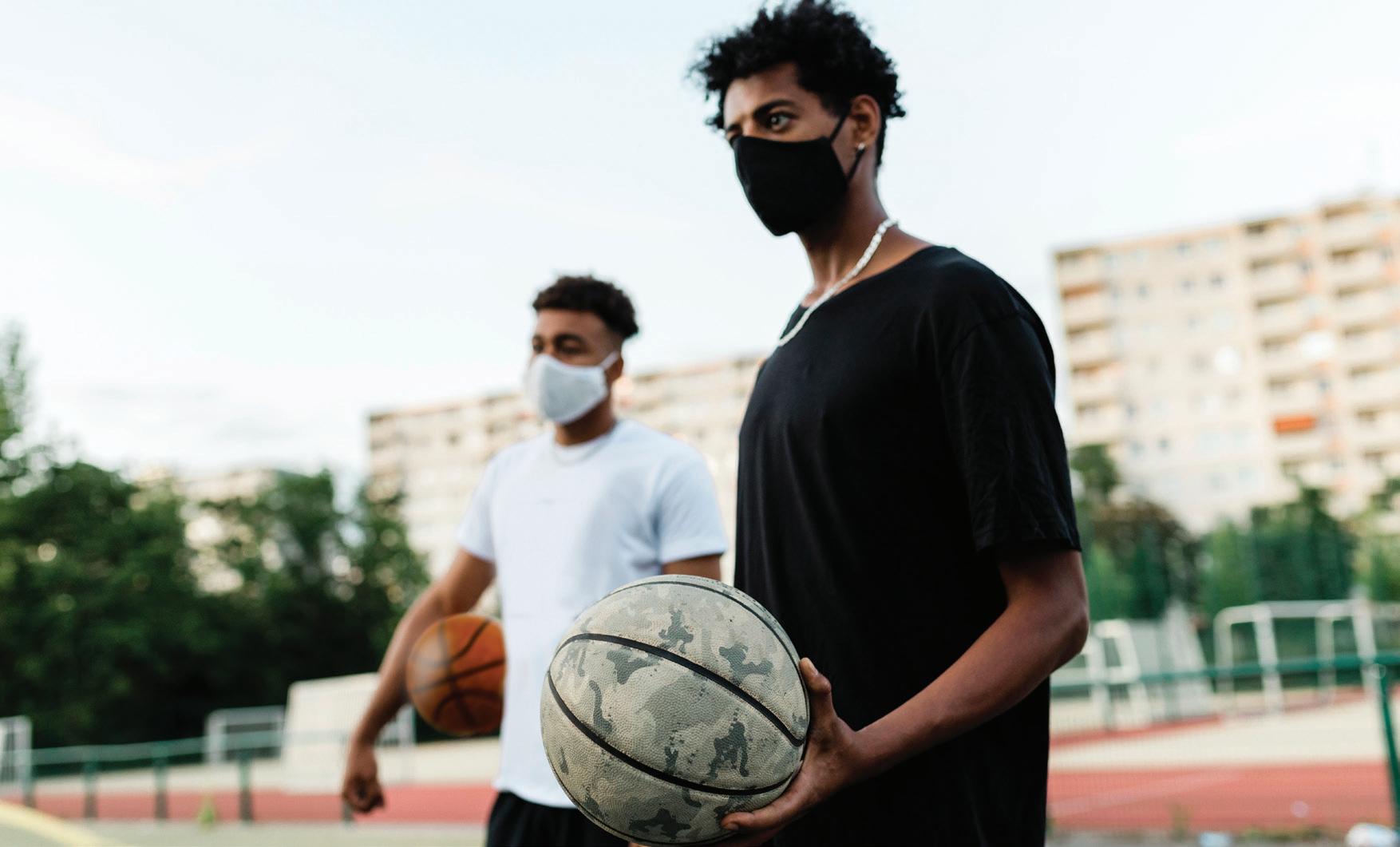
100,000 masks distributed to our neighbors here in St. Louis. We’re partnering with: Urban League
To learn more, please visit bankofamerica.com/community
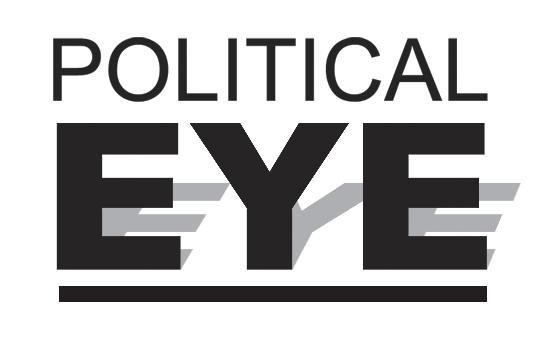
Bridgett Floyd, the younger sister of George Floyd, looked out into the sea of faces at the National Mall in Washington, D.C. on Friday, August 28 — the same spot and date the Rev. Dr. Martin Luther King Jr. gave his “I Have a Dream” speech 57 years ago.
“I want you to ask yourself right now,” Floyd said. “How would the history books remember you? What would be your legacy? Will your future generations remember you for your complacency? Your inaction? Or will they remember you for your empathy, your leadership, your passion?”
Thousands of people heard Bridgett Floyd’s words, as they marched in the nation’s capital to demand reform in policing and criminal justice nationwide. George Floyd’s death at the hands of police on May 25 in Minneapolis reignited a national movement for police accountability, with daily protests that have yet to cease. The Commitment March: Get Your Knee Off Our Necks was intentionally not called the March on Washington to denote that it wasn’t just a “commemoration march.”
“Whether they are rallying on the steps of the Lincoln Memorial or from the safety of their homes and community
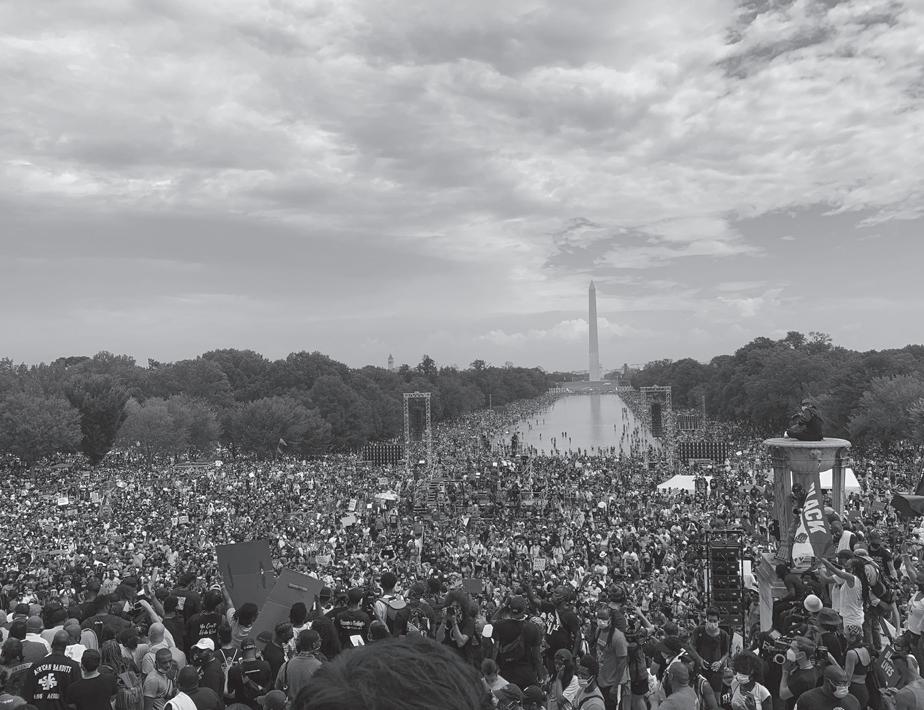
streets, people are meeting this moment with demands and hope for change,” according to a statement from the National Action Network, which was founded by Rev. Al Sharpton
“Today is a day that all across the nation, in the midst of stacked pandemics – COVID19 and racism – we address the national government and demand improved policing practices so that we stop the unwarranted killing and incarcerations of Black people.”
The six-hour program included a speech from St. Louis Circuit Attorney Kimberly Gardner. Gardner explained that prosecutors play a key role in meeting these demands and have a duty to “pursue justice, not merely convictions.”
“As an African-American reformer prosecutor, when you hold police accountable like everyone else, you are threatened with death threats and acts of violence against you,” Gardner said. “You’re also investigated. You even have President Donald Trump and the powerful falsely accuse you of being the cause of criminal acts and lawlessness in your community. But enough is enough, and we are going to fight for justice for all.” Gardner, along with many
of the speakers, emphasized the need to vote on November 3 and to fight to prevent voter suppression.
Martin Luther King III who organized the march with Sharpton, stepped up to the podium, but immediately gave the stage to his 12-year-old daughter, Yolanda Renee King — an absolute powerhouse. She asked the crowd if they remembered when she spoke at the March For Our Lives in 2018 in Washington, D.C.
“I said, ‘Spread the word, have you heard all across the nation, we are going to be a great generation,’” Yolanda King said. “That was in 2018. I didn’t know what would hit us in 2020. A pandemic that hit our schools and put our young lives on hold. More killings of unarmed Black people by police. Attacks on our rights to vote. The worst economic crisis since the Great Depression that we learned about in school. And more extreme weather than ever before. But great challenges produce great leaders.”
She encouraged her generation to join her in working to
dismantle systemic racism “once and for all, now and forever.”
Her father followed up, saying, “We stand together in the symbolic shadow of history. Not only do I come as a protestor, but I come as a victim. My daddy was killed when I was 10 years old, gunned down by an assassin’s bullet... I refuse to allow any person to reduce me to hatred.”
The program focused on the families of those who have lost loved ones to police brutality — including Letetra Widman, the sister of Jacob Blake. On August 23, Blake, a 29-yearold Black man, was shot seven times in the back and left paralyzed by police in Kenosha, Wisconsin.
Her entire speech is worth printing:
“America, unapologetically I’m here to tell you in front of the world that you got the right one. God has prepared me. America, your reality is not real. Catering to your delusions is no longer an option. We will not pretend. We will not be a docile slave. We will not be a footstool to oppres-
sion. Most of all, we will not dress up this genocide and call it police brutality. We will only pledge allegiance to the truth,” Widman said.
“Black America, I hold you accountable. You must stand and you must fight, but not with violence and chaos. With self-love. Learn to love yourself, Black people. Unify. Group economics. Black women, you are your brother’s keeper. I know it’s heavy, but forgive him and heal. His manhood was taken from him a long time ago. Build him up. Black children, read. Learn. Grow. And live. And question everything. Black men, stand up. Stand up, Black men. Educate yourself and protect the Black family unit, period.”
The full program can be viewed at https://nationalactionnetwork.net/.
Blessing of being Black
On the evening of August 28, people around the country attended the all-virtual Black National Convention, where two of the three main organizers— Kayla Reed and Jessica Byrd – were from St. Louis.
While it appeared to be a hip, slick five-hour live event with interviews from caucuses throughout the country, it was actually a pre-recorded documentary produced by dream hampton (lowercase intentional) known for the “Finding Justice” series on BET.
In October 2018, Reed, Byrd and Rukia Lumumba launched the Electoral Justice Project, an initiative by the Movement for Black Lives, that fights for the advancement of the rights of Black folks through electoral strategy. Reed and Byrd met while working to elect Tishaura O. Jones as mayor of the City of St. Louis in 2017.
“After she lost by 888 votes, they gathered around Jessica’s kitchen table and charted the course to build a community of Black electoral activists working in every corner of the country, who are accountable to movement and utilize elec-
tions as a tactic in the journey toward Black power and selfdetermination,” according to a video shown during the convention.
St. Louis Rev. Michelle Higgins, who is also part of the core team, said they began to plan the event last year and wanted it to fall on the heels of the Democratic and Republican national conventions.
“We recognize that voting alone will not change the conditions plaguing Black communities, but we understand that with strategic political actions, we can make immediate interventions as we move toward ensuring that all Black people live full, safe and prosperous lives,” according to a Black National Convention statement.
The convention was not intentionally planned on the same day as the march, but once both groups realized the overlap, they began to work together to amplify each other’s messages, Higgins said.
“I believe that tonight is the answer to a lot of our questions. Hundreds of people got together and worked hard to create the liberation agenda that you will see ratified tonight. And those are people who are part of the non-monolithic, welcoming, inclusive space that is Blackness,” Higgins said during the Red Carpet event before the convention began.
“No matter who is in the White House, we know what the Black liberation agenda will be, and that is inclusive of the faith journey, inclusive of multi-abilities, inclusive of trans bodies, it is inclusive of a Blackness that all of us are blessed to bear. Tonight is about the blessing of being Black.”
The Red Carpet hostess and entertainment journalist Gia Peppers immediately clapped her hands together in agreement.
“The blessing of being Black! Thank you so much for saying that because I receive that and I’m sure everyone watching does too.”
The full Black National Convention can be viewed at blacknovember.org.

9 a.m. until 3:30 p.m. on Friday, September 4
American staff
In response to the continuing scourge of the COVID-19 pandemic and other urgent needs of our communities, a historic St. Louis congregation will offer free drive-through testing, other health screenings, free food, and more next week.
Pilgrim Congregational United Church of Christ, 826 Union Blvd., will host “COVID-19 Testing … And More” from 9 a.m. until 3:30 p.m. on Friday, September 4. All events will take place in the parking lot, which is located at the rear of the church campus.
“I am grateful that we at Pilgrim have the opportunity, vision, and resources to collaborate with other community organizations to demonstrate the power and possibilities of faith and faith communities during this critical time,” said Rev. James D. Ross II, pastor at Pilgrim since December 2018.
“As a church that exists literally at the Delmar Divide, this is another opportunity to do what God has called us to do to bring forth care and work for justice in partnership with some of our most vulnerable neighbors. When we both serve and engage in community with our neighbors, we demonstrate what it means to be ‘Jesus with skin on’ and make it clear that our worship is not limited to Sunday morning. Worship is the way that we live. This, I am
certain, is what it means to ‘be the church.’”
The COVID-19 testing is offered in partnership with Faith and For the Sake of All and CareSTL-Health. Pilgrim also is collaborating with several other organizations and entities, including the AcademySherman Park Neighborhood Association, to provide this event.
The disproportionate impact of COVID-19 on communities of color, older residents, and low-income individuals, and the economic difficulties that have befallen these same communities since the start of the pandemic combine to make this event an essential component of the congregation’s work to live into its mission to “live God’s call to love our neighbors as ourselves.”
“We realize that the needs of our communities relate not only to the COVID-19 pandemic but manifest, also, as physical, emotional, spiritual, and communal urgings,” said Rev. Ross.
“And while we cannot resolve all those needs with a single event, we can do our part to address them and have a meaningful impact, even as we seek to do, as Jesus said, ‘even greater works than these.’ I am tremendously grateful to the volunteers from Pilgrim and all the organizations with which we are collaborating for their commitment and sacrifices to make the work of September 4
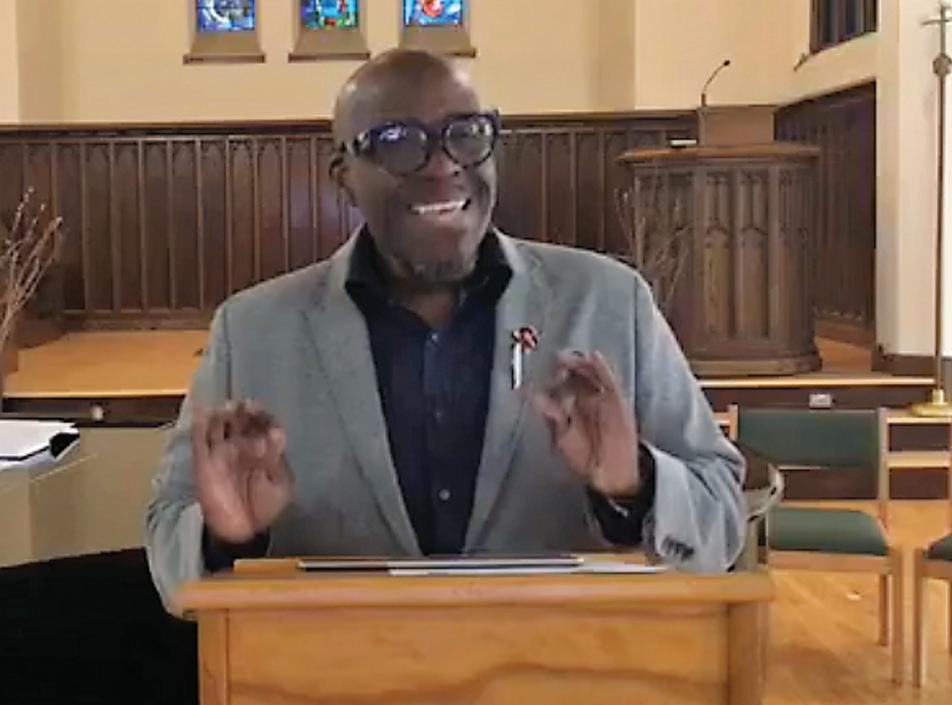
possible.”
The “Free COVID Testing … And More” event will include:
• Free COVID-19 testing in partnership with Faith and For the Sake of All (FAFTSOA) and CareSTL-Health
• Free basic health screenings and flu vaccinations, in partnership with Deaconess Nurse Ministry.
• Free masks and hand sanitizer to attendees, provided by FAFTSOA.
• Free bags of fresh produce, provided by Pilgrim from MetroMarket (while supplies last)
• Free to-go meals from 11 a.m. until the end of the day (while supplies last). Pilgrim is contracting with one of the caterers in our commissary to provide these meals.
• Snack bags for children, pro-

vided by Pilgrim (while supplies last). These snack bags will include cookies from Alibi Cookies, another user of our commissary.
• Help with completing Census forms on paper and online
• Voter registration
• Notary for election ballots
• Music – DJ and live sets
• Joy and abundant love.
Social distancing and the wearing of masks will be enforced.
Founded in 1866 as an outgrowth of Pilgrim Sabbath School, Pilgrim has been in its current building at826 Union Boulevard since 1906. Pilgrim is a multi-racial, multi-cultural, open and affirming congregation.
For more information, visit https://www.pilgrimucc-stl.org/.
A colleague asked me if I thought God heard some prayers while he gave a deaf ear to others. My answer was succinctly, “Absolutely.” I believe God answers prayers (when and how He wants to, of course) when they are sincerely offered up to Him out of a belief that He truly can answer them.
We waste our time making entreaties to God out of some habitual and traditional outward show of false faith. That’s the kind of stuff we do to each other. We play each other. We constantly show each other the face – or faces, if you have two or more – of polite political correctness in an attempt to get over or get from someone else what you want.
The problem we have with God is He ain’t having any part of our games. It’s sort of what my mom used to say to me on occasions:
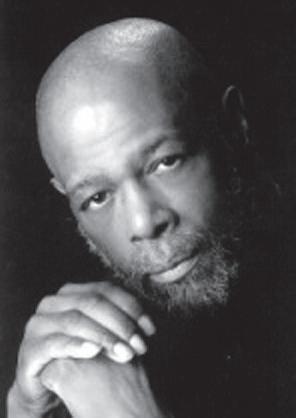
“Who do you think you talkin’ to, one of yo little friends out in the street?” After swallowing slowly and hoping I could get out of this conversation with my little young behind intact, I heard mama actually telling me (without saying so), that she was tired of the potential lie she could hear coming before I even opened my mouth.
God, in my sanctified imagination, was the originator of the question, “You talking to me?” Apparently when you seriously consider the possibilities of God’s greatness and power, you also have His attention, welcomed or not. If you don’t believe the person you’re talking to has
any money, you won’t ask to borrow any from him or her. If you don’t believe God can and will answer your prayer, you won’t ask. If you don’t truly believe He can help the situation, then maybe you shouldn’t ask. Doubt becomes a part of why we don’t pray. We really don’t believe. No prayer is probably better than false prayer. No prayer might be better than “it can’t hurt” prayer. At some point, God is going to react. That can only mean one of two things: either you’re in a faith struggle of monumental proportions and God recognizes from time to time, you believe in His magnificence, while at other times you simply can’t get your act together. In this situation, you can probably get a somewhat sympathetic ear. Or, you’re playing with faith like it is a free ticket to a concert, you’re not really sure you want to go to. You’ll take them just in case something better doesn’t come along. In this situation you better recognize who you are fooling with and just leave well enough alone. Faith either is or isn’t. And don’t you know God knows?
“Do you believe that I am able to do this?” “Yes Lord,” they replied. “Then He touched their eyes and said, “According to your faith will it be done to you.” Matthew 9:28-29. When God asks, “You talking to me?” that the answer is clear and emphatic. Make sure that before you dial His number, you truly want Him to pick up the telephone.
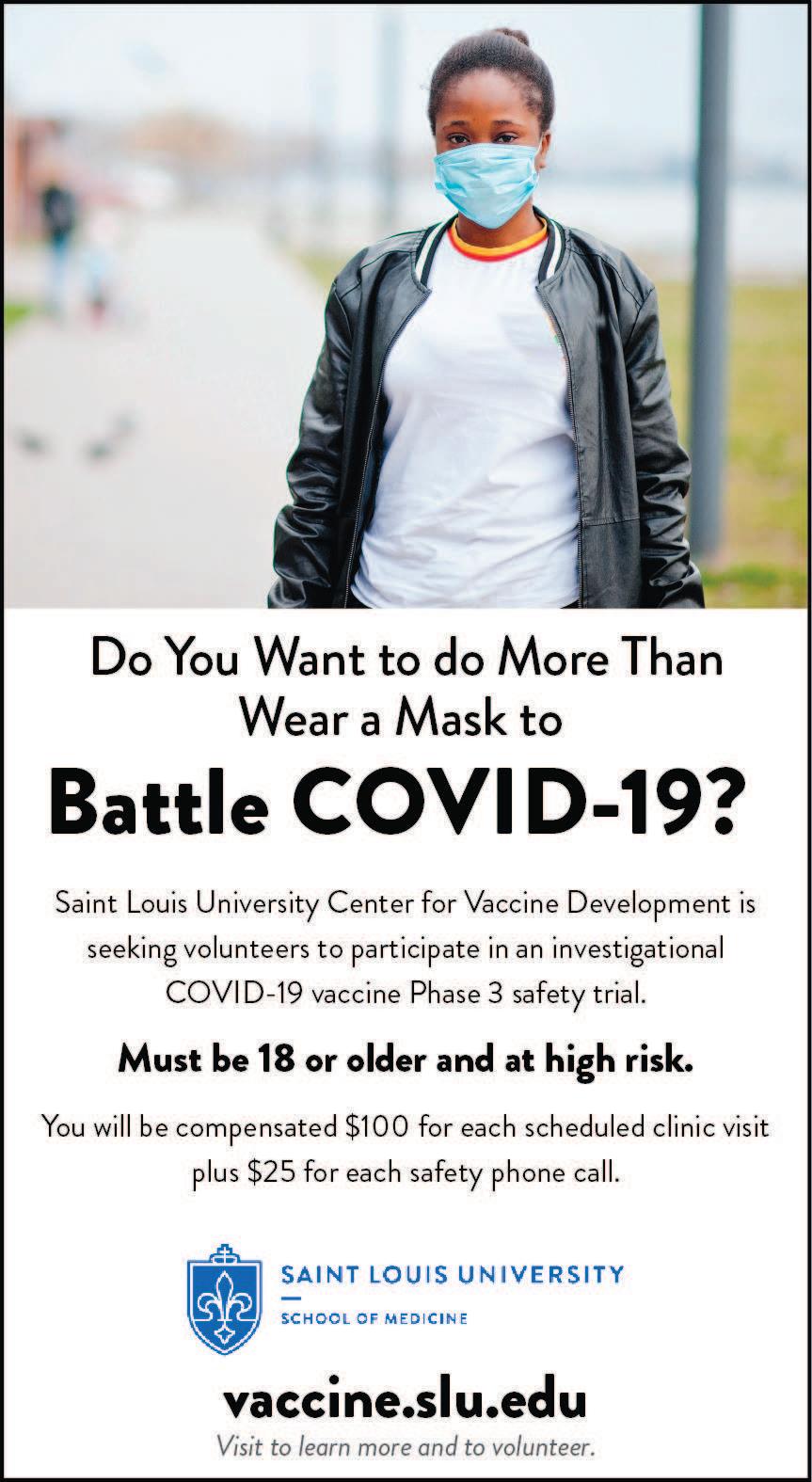

“TakingCareofYou”
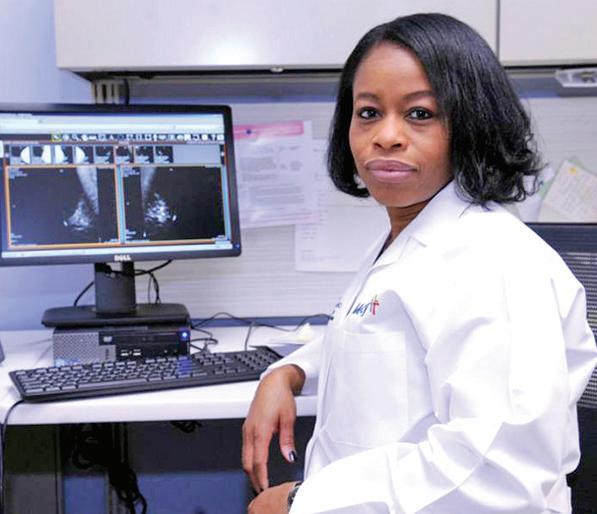
Dr. Oruwari seeks to change the standard of care for women of color
By Kimberly Kendle Roberson
For The St. Louis American
According to the Centers for Disease Control, black women and white women get breast cancer at about the same rate, but black women die from breast cancer at a higher rate than white women – a rate of about 40 percent higher. In her new role as an oncologic breast surgeon at SSM Health DePaul Hospital, Dr. Jovita Oruwari seeks to reverse this statistic.
“Diversity and inclusion to me means that everyone out there has the same access to
health care and the same quality of health care, not just health care,” said Oruwari, who began her new role on September 1.
“It’s got to be quality of care. Everyone deserves that because everyone’s health matters. It’s really about access.”
To do this, sometimes it means bringing health care to areas where it can be easily accessible to those in need or bringing people to health care facilities.
“We need to try to do things to be able to achieve equitable health care,” Oruwari said. “It’s so important because as for peo-
ple of color and breast cancer, we know that the rates of breast cancer are higher in white women, but when black women do get breast cancer, we are more likely to die from the disease. This shouldn’t be so.”
Reasons for this disparity are varied. Sometimes, black women present symptoms later than other racial groups. Other times, black women seek treatment later, Oruwari said.
“We need to find a way to bridge that
See SURGEON, A15
By Joel Ferber For The St. Louis American
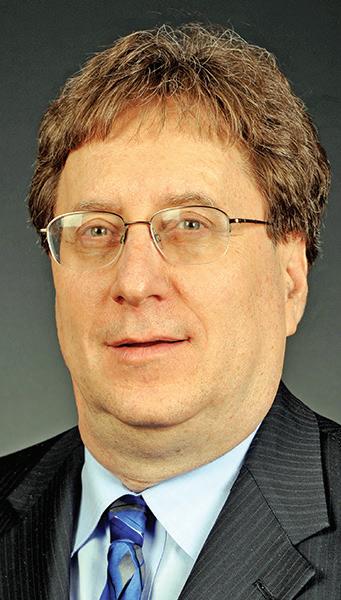
On August 4, Missouri voters passed Amendment 2 to expand Medicaid in Missouri, joining the 37 other states plus the District of Columbia that have opted for expansion. Now, some 230,000 Missourians will have access to affordable health care. The impact of Medicaid expansion has been well-documented in other states so we know what to expect in Missouri. The economic benefit is undeniable. The federal government will pay for nine out of every 10 dollars spent on the expansion. Missouri will thus receive a substantial influx of federal funds, bringing our tax dollars back to Missouri and spurring economic growth throughout the state. This growth couldn’t come at a more needed time. Missouri’s health and economy are reeling from COVID-19.
n It is important that Missouri’s new constitutional requirement to expand Medicaid is implemented smoothly so eligible individuals are made aware of and enrolled in the program.
These new funds will first go to doctors’ offices, community health centers, hospitals, and pharmacies to provide medical care. These health care providers, who have been struggling during the COVID crisis, will receive a much-needed infusion of federal funds, and the additional financial resources will then ripple out to other businesses and workers, boosting our weakened economy. The expansion will also have a positive impact on our state budget. Some uninsured individuals who now receive solely state-funded health services will obtain federally funded Medicaid coverage. In this and other ways, Missouri will free up state dollars for education, infrastructure, and other important services. Medicaid expansion supports work by expanding access to care. People who are healthy are better able to secure and maintain
Democratic nominee for governor says Gov. Parson lacks urgency and strategy
By Sandra Jordan Of The St. Louis American
Nicole Galloway, the Democratic
nominee
for Missouri governor, released her “Rebuild and Recover” action plan that outlines what she would do as governor to fight the COVID-19 pandemic and to rebuild Missouri.
She said she would act with a sense of urgency, because in Missouri, positive COVID19 cases are significantly higher than they were in the spring and many schools are not able to reopen for full in-person learning or are delaying reopening. Galloway said Missouri needs to reset its coronavirus strategy.
“Governor Parson’s strategy isn’t working,” Galloway said. “The lingering effects of the
n Gov. Parson has said, “You don’t need the government to tell you to wear a darn mask.”
pandemic threaten to hobble a full economic recovery.”
She pointed to the August 18 visit with Gov. Mike Parson by Dr. Deborah Birx, coordinator of the White House Coronavirus Task Force, who said the See GALLOWAY, A15
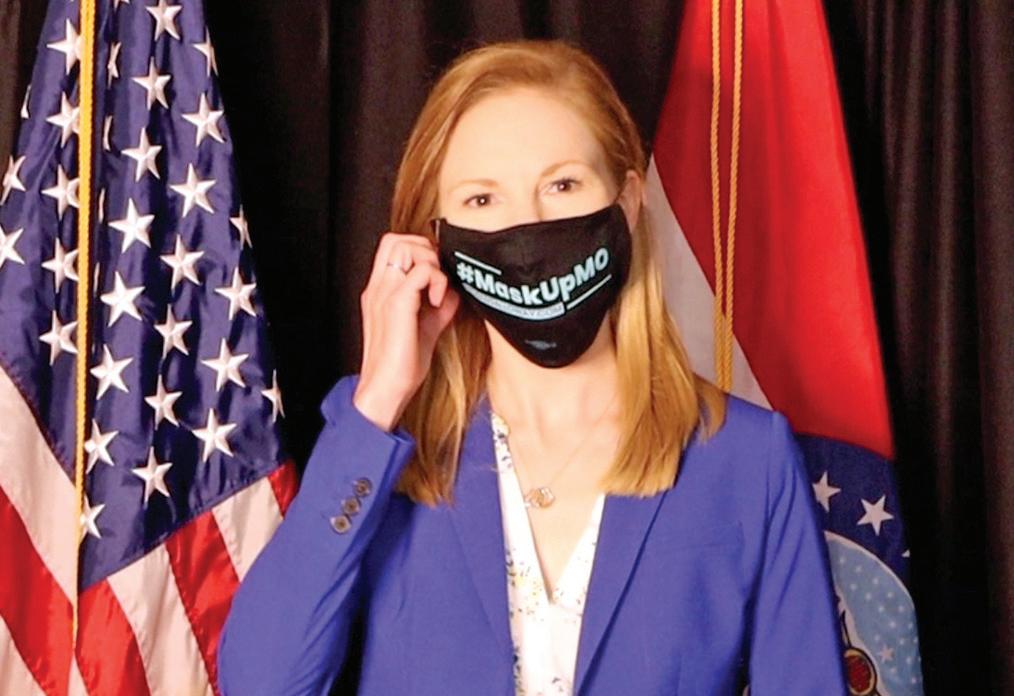

By Kally Xu and William F. Tate IV
For The St.
Louis
American
Have you experienced a bout with influenza? The recovery period for outpatients with influenza after a positive test averages about two weeks. Symptoms of a cold persist for about seven to 10 days. What is the recovery time for SARS-COV-2, the virus that causes COVID-19? Findings from a Centers for Disease Control and Prevention (CDC) study offer a description of the recovery process after a positive reverse transcription polymerase chain reaction (RT-PCR) test for SARS-COV-2. The RT-PCR test detects nucleic acid from SARS-CoV-2 in upper and lower respiratory specimens. The researchers conducted interviews with 292 individuals, ages 18 and above, who
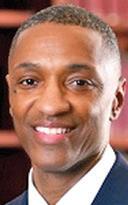
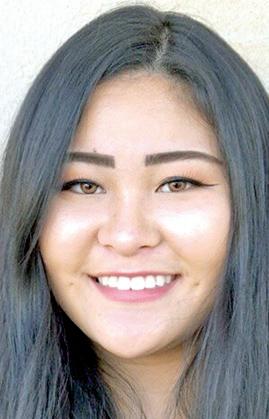
tested positive for COVID-19 between April 15 and June 25. The interviews occurred two to three weeks after each respondent’s test date, and interviewees responded to questions about their symptoms present during the test, symptoms present during the interview, and any medical conditions. Of the 292 respondents, 274 (94%) reported to have experienced at least one symptom at the time of testing. The average age of the respondents was 42.5 years, and the median number of days that respondents disclosed feeling unwell before testing was three days. Of these 274 respondents, 35% did not return to their usual state of health by the interview day. Additionally, 43% of these 274 people reported coughing, 35% reported fatigue, and 29% reported shortness of breath. Coughs and fatigue were less likely to be resolved by their
Continued from A14 gap (in order) to make health care available so that we can decrease those mortality numbers,” she said.
Female physicians of color are rare. African-American doctors who actively practice medicine make up only 5 percent of the total number of physicians in the United States, according to a 2018 self-reported survey by the Association of American Medical Colleges (AAMC). Data documenting the number of AfricanAmerican women who are breast surgeons was unavailable by press time. However, according to a 2013 Women Physician Workforce data chart from the AAMC, black women made up 7 percent of active physicians in the U.S. workforce. Currently, the American Society of Breast Surgeons
Continued from A14
virus continues to spread at alarming rates in urban, rural and suburban parts of Missouri. Springfield Mayor Ken McClure reportedly sent a letter to the governor calling for a statewide mask mandate to stop the coronavirus, which
Continued from A14 employment. Studies show that Medicaid expansion enables people with disabilities to enter the workforce and increase their earnings while maintaining health coverage. Similarly, Medicaid expansion encourages low-income parents to work, as they are no longer forced to choose between health care coverage and minimum or lowwage employment. Further, Medicaid expansion alleviates the crushing burden of medical debt for thousands of families. The most important benefit,
(ASBS) has a membership of 2,950 in the U.S. workforce, according to ASBS personnel. Oruwari, discovered the idea of becoming a breast surgeon during her residency.
“I was fortunate enough during my residency to rotate and work with a female surgeon who did breast surgery, and that had a profound effect on me,” Oruwari said.
At the time, Oruwari didn’t know that becoming a breast surgeon was a career path available to her.
“I went to medical school under the premise of wanting to be a doctor so that I could help people, and I wanted specifically to be a gynecologist because I was a woman, and that’s what we did.
“And then, somewhere towards the end of medical school, I happened to go through my general surgery rotation and I loved it! I loved being in the operating room. I loved holding a scalpel in
Parson is not in favor of implementing.
Parson has said, “You don’t need the government to tell you to wear a darn mask.”
Galloway’s plan, released August 24, would focus on three key areas: protecting public health, ensuring Missouri’s communities and local governments can recover, and rebuilding the state’s economy. Specifics include: imple-
however, is perhaps the most obvious: the positive impact on people’s health. It is a simple fact, backed by dozens of studies, that Medicaid expansion improves access to health care and health outcomes while reducing racial disparities. At Legal Services of Eastern Missouri, we see these benefits every day. We have helped individuals obtain access to this important program for decades – long before there was an Affordable Care Act or an Amendment 2. Medicaid helps our clients receive medically necessary and in some cases lifesaving treatments. For example, Medicaid has paid for a life-saving and
interview dates, with only 43% and 35% resolved by then. In contrast, among respondents reporting fever and chills on the day of testing, these symptoms ended by the interview date for 97% and 96% of the respondents, respectively.
After outpatient testing, 7%
Looking more closely at the data, only 26% of the respondents aged 13-34 reported to have not returned to their usual states of health by their interview dates, as opposed to 47% for those aged 50 years and above. Of those with three more chronic medical condi-
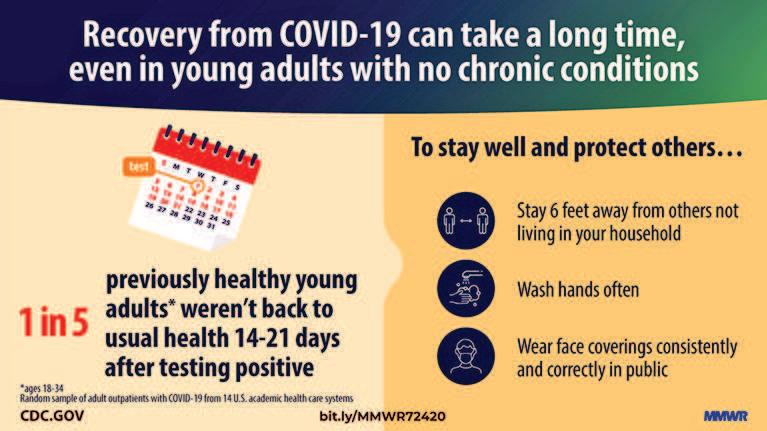
of the respondents reported being hospitalized, a median of 3.5 days after the test. A majority of the respondents, roughly 65%, indicated returning to their normal state of health in a median of seven days from the date of testing. Older respondents reported taking longer to return to their usual state of health.
my hand. I loved opening up the body and curing illnesses and diseases. It was just really fascinating to me. Just being in the operating room, to me, felt like home.”
Also, at the time, breast surgery wasn’t a specialty.
The female physician who Oruwari shadowed had been performing breast surgery for years, Oruwari said.
“She was really a pioneer,” Oruwari said. “As a woman doing breast surgery, I loved the way she interacted with her patients.”
tions, 57% reported to have not returned to their usual states of health, with 46% reporting the same for people with two medical conditions, and 28% for those with no chronic conditions.
To summarize, approximately 33% of the respondents did not return to their usual states of health 14-21 days after
n AfricanAmerican doctors who are actively practicing medicine make up only 5 percent of the total number of physicians in the United States.
While the discovery of becoming an oncological breast surgeon fascinated Oruwari, she said the micro aggressions she faced during her residency were challenging.
“I was told, ‘Maybe you
menting a statewide mask mandate; working with surrounding states on the purchase of rapid testing supplies and equipment; data-driven approaches to safely reopen schools; creating an Emergency Medical Task Force to brief the public daily on COVID-19 in Missouri, to recommend executive actions to the governor and serve as a hub for COVID-19 data; and ensure relief for workers who contract
curative liver transplant for a child with a very rare genetic disorder. Medicaid has paid for direct-acting anti-viral medications that cure Hepatitis C, which can be fatal in advanced stages. Medicaid also pays for routine but medically necessary medications and surgeries and other important services such as home health, mental health treatment, skilled nursing, chemotherapy and radiation. It pays for young children’s necessary immunizations, preventative care, therapies, psychiatric visits and other treatment that helps them stay in school. Based on this experience, it is no surprise that a recent study reported Medicaid expan-
should do a different specialty than this,’” Oruwari said. “A lot of times, as a person of color going through training, your mind is really numb to everything that you go through because the goal is to get through it. So, a lot of those things (micro aggressions), I really didn’t think about until recently.” It took her ten years to go back and visit the hospital where she trained because of the stress and not wanting to be reminded of discrimination. During that time, she said, you wonder whether or not you’ve experienced racism or sexism. Looking back, Oruwari said she had the support of family, medical school staff and colleagues.
Oruwari is a native of Imo
COVID-19.
Additionally, Galloway’s COVID-19 plan would reorganize the Department of Economic Development to include a department of Minority Business that will be charged with ensuring vulnerable small businesses in Black and Brown communities are able to withstand economic uncertainties; and create an Economic Relief Council com-
sion has already saved more than 19,000 lives. Thanks to Medicaid expansion, an estimated 230,000 more low-income Missourians will now have access to these same medically necessary and life-saving health services.
Ensuring access to healthcare is especially important during the current public health crisis. The expansion of Medicaid will also assure that Missourians can afford COVID-19 testing and, if they are infected, medical care. Equally important, it will help pay for vaccines, when they become available.
It is painfully evident that Black and Latinx Missourians
testing positive. This is true for young people, even those without medical conditions; however, medical conditions, age, and more can contribute to the prolonging of illness as well. These findings contrast with our understandings of influenza, with 90% of patients who recover within 2 weeks.
Interestingly enough, this study did not find an association between race and ethnicity and prolonged illness, but this could be due to the small size of the study.
The results from this study provide understandings of the impact of COVID-19; more specifically, that the virus can result in prolonged illness for people with only mild symptoms and experiences, even for young people.
and staff in colleges and universities experiencing symptoms associated with SARSCOV-2 for up to three weeks. Employers should prepare for a similar period of support.
n The study suggests a need to accommodate students, faculty, and staff experiencing symptoms associated with SARSCOV-2 for up to three weeks.
Kally Xu is a John B. Ervin Scholar and Gephardt Institute Civic Scholar at Washington University in St. Louis, where she is a candidate in the 3-2 Masters of Public Health in the George Warren Brown School of Social Work and the A.B. program in International and Area Studies and Asian American Studies.
This preliminary analysis offers valuable information for college and university leaders as well as employers.
The study suggests a need to accommodate students, faculty,
State, Nigeria, and moved to the United States with her family when she was 11. She grew up on the East Coast in New Jersey and New York. She then completed medical school at the University of Medicine and Dentistry of New Jersey (UMDNJ)-University Hospital, a residency at UMDNJUniversity Hospital and a fellowship in surgical breast oncology at Brown University Women and Infants Hospital in Providence, Rhode Island. The St. Louis Cancer and Breast Institute recruited her in 2001.
Oruwari hopes her presence at SSM Health DePaul Hospital will encourage more black women to seek regular checkups, as well as seek follow-up treatment earlier if they suspect or discover a problem.
“Representation matters,” she said. “I’m hoping that my being there as a person of color will give me more visibility to (black women) and that they know I am there for them.
posed of labor members, business leaders, and small business owners to advise the governor on economic stabilization in the short term and economic recovery in the long term.
The Galloway plan would also assign a state-level response team to help counties spend their CARES act money, with a focus on contact tracing and personal protective equipment; and provide support for
are disproportionately affected by COVID and other diseases, like diabetes and heart disease. For example, Black Missourians’ deaths from COVID-19 are more than two times greater than would be expected based on their share of Missouri’s population. Medicaid expansion will help fight racial inequity in Missouri. The gap in uninsured rates between white and Black adults and between white and Hispanic adults shrank substantially in expansion states. For all these reasons, it is important that Missouri’s new constitutional requirement is implemented smoothly so eligible individuals are made
William F. Tate IV is the executive vice president for academic affairs and provost at the University of South Carolina; Educational Foundation Distinguished Professor in the Departments of Sociology and Family & Preventive Medicine. Find him on twitter @WFTate4.
I’m going to be a part of their breast wellness and get them that next level of care that they may not have had.”
Oruwari said she also hopes that through her representation she will encourage more black youth to consider a career in medicine and offered some advice.
“Do a lot of research in medicine, and look at different medical specialties,” she said. “Volunteer at a hospital to make sure that you like it. Expose yourself to different doctors and shadow physicians in both offices and surgery.”
While youth will need to wait until high school to visit hospitals, Oruwari encourages students to start thinking of careers early.
“I think that when careers are talked about to kids, it’s got to start young, in elementary school. Make medicine an option. Kids need to see physicians that look like them. This is only a beginning.”
community health centers. “By focusing on protecting public health and economic recovery, my action plan is aimed at tackling COVID-19 in Missouri in order to prevent new restrictions and avoid shuttering new businesses.” Read her complete pandemic action plan for Missouri at https://tinyurl.com/GallowayCOVID.
aware of and enrolled in the program. Ensuring that eligible individuals receive Medicaid will provide access to care, improve health outcomes and save lives. Our decades of experience at Legal Services confirm these results. We look forward to working with our community partners to help newly insured Missourians get these important benefits and access the health care they need to survive and thrive. Joel Ferber is the director of Advocacy, Legal Services of Eastern Missouri. He can be reached at Jdferber@ lsem.org or 314-256-8702.
Planting the Seeds for Success!
> Do I feel good most of the time?
> Do I have energy (or does your energy go up and down during the day)?
> Can I keep up with my friends?

If you answered “no” to one or more of these questions, it might be time to look at the kinds of food you eat. Food choices are important because the foods you eat are what keep your body strong and moving.
In addition to eating healthy, one of the best ways to be a Healthy Kid is to add daily exercise to your new lifestyle. Before you start—remember to:
> Check with your family doctor. Find out the right kinds of exercise for you.
> Start slowly. Let your body adjust before you gradually increase time, distance, speed, etc.
Challenge: Keep a food diary for one week. In a notebook, write down every single thing you eat and drink for seven days. At the end of the week, take a look at your diary. How many fruits and vegetables are in there? How many glasses of water? How much soda? Candy? As the Healthy Kids series continues, you’ll learn some very practical, easy changes you can make to your diet that will put you on the road to feeling happier and healthier!
Learning Standards: HPE 2, NH1
> Always stay safe. Exercise in areas that are well-lit and filled with others who are exercising.
> Warm up and cool down. To get the most benefit out of exercise, spend at least a few minutes stretching, walking and bending before and after you exercise.
Want to Challenge
Yourself? Set an exercise goal for your first week. On a piece of lined paper write the words “In
Health includes more than just nutrition and exercise. Smart choices, safety and happiness all affect our health. Every single day is filled with opportunities to make smart choices. Look in the newspaper for an example of someone who made a smart choice.
Summarize the article and explain why you think it was the right thing to do.
Learning Standards: HPE2, NH2, NH5, CA3
one week I will be…” and finish the sentence. It could be “I will be walking the neighborhood with my mom at least four nights a week.” After you have completed your weekly goal, go ahead and write out a monthly goal and an exercise goal for the end of the school year. Challenge yourself to increase your exercise level over the next several months.
Learning Standards: HPE2, NH6
Strawberry Smoothie
Ingredients:
6-8 Strawberries, hulled, sliced and frozen, 2 Tbsp Honey (optional), ¼ Cp Low-fat Milk, 2 Tbsp Greek Yogurt, 2 Ice Cubes, Small Splash of Vanilla Directions: Add all ingredients to a blender and blend until smooth. Pour into a tall glass and enjoy!
Nicole D. Carr-Lomax, FNP
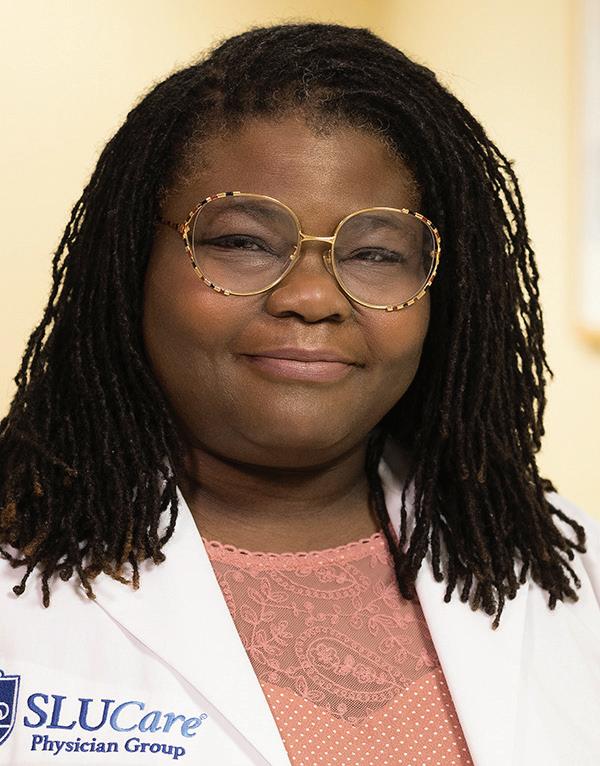
Where do you work? I am an infectious disease nurse practitioner at Saint Louis University Hospital. Where did you go to school? I graduated from Cardinal Ritter High School. I then earned a Bachelor of Science in Chemistry from Southern University in Baton Rouge, Louisiana, a Bachelor of Science in Nursing from the University of St. Louis, and a Master of Science in the Nurse Practitioner program from the University of Missouri, St. Louis.
What does an infectious disease nurse practitioner do? I see patients when they are sick in the hospital. I then determine what antibiotics to give them to make them feel better. I help treat patients who have infections. These patients might have fevers and inflamed body parts, and feel sick. It is my job to find medications that fight the infection.
Why did you choose this career? I initially helped patients who were HIV positive; I helped them get better. I now see people with all kinds of infections. I like trying to help people figure out what made them sick and determine what could help.
What is your favorite part of the job you have? I enjoy seeing my patients get better and go home to their families.
Learning Standards: HPE6, NH3

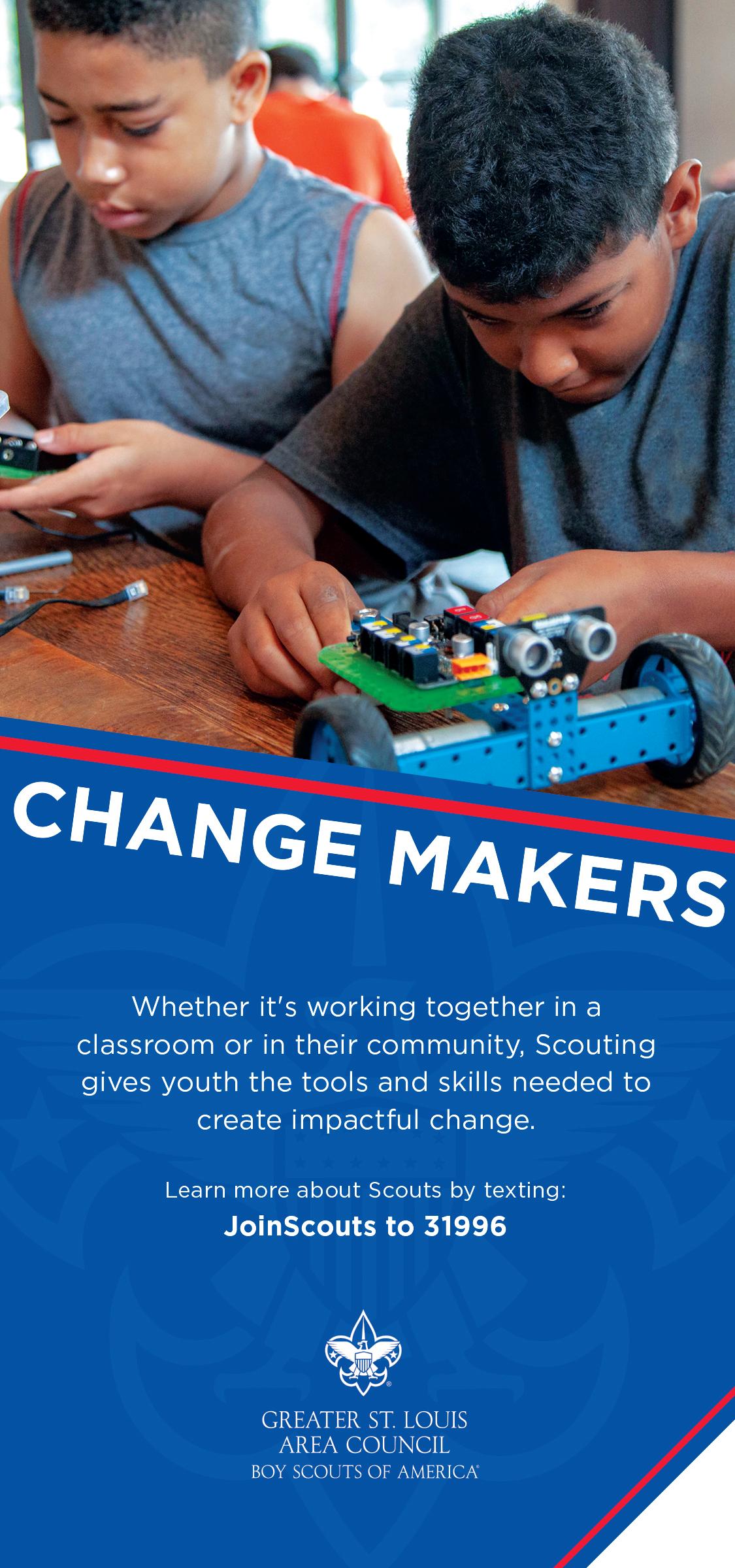
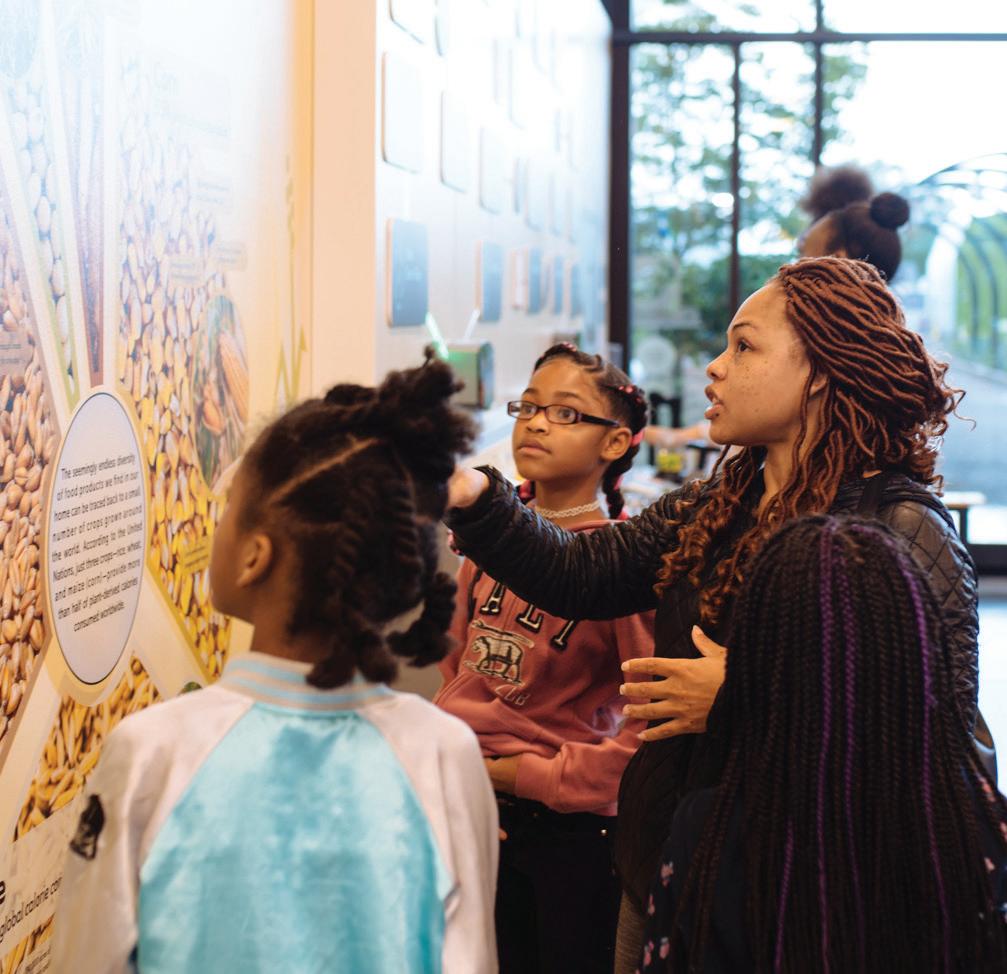






The St. Louis American’s award winning NIE program provides newspapers and resources to more than 8,000 teachers and students each week throughout the school year, at no charge.
Questions or comments? Contact Cathy Sewell csewell@stlamerican.com or 314-289-5422

Stovall and her son Caelin Wilson complete science projects found using the
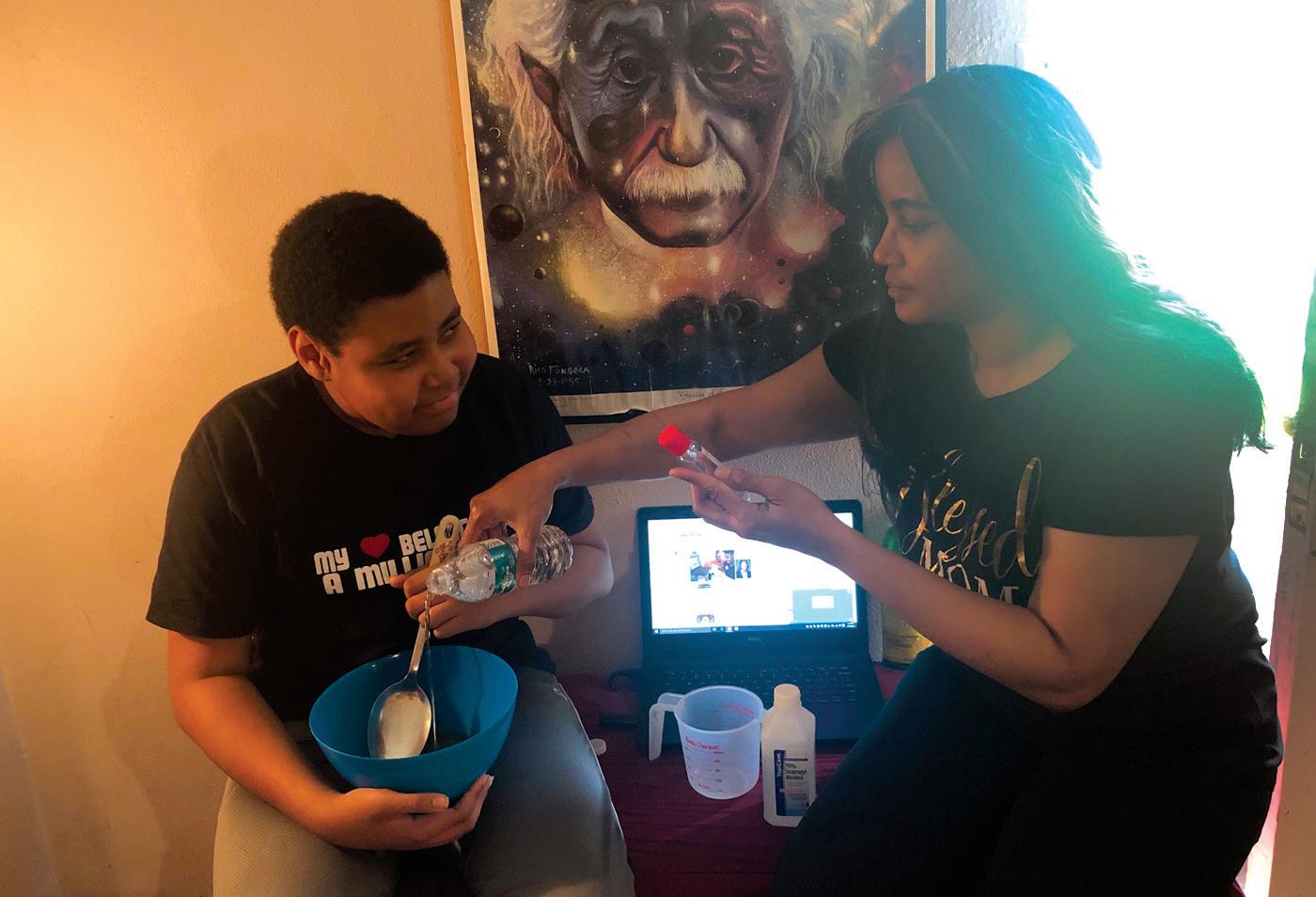

Have you ever thought about food safety?
According to the Center for Disease Control (CDC), food borne illnesses cause 47.8 million episodes of illness, 325,000 hospitalizations, and 5,000 deaths each year in the United States. The United States has a Food and Drug Administration (FDA) that works to evaluate the safety of food that is sold to the public. The FDA also exists to educate about potential food risks. The FDA has rules that oversee how products are packaged and stored. They test the safety of ingredients that are added to foods. They educate the public about food borne illnesses. The FDA notifies the public of any safety concerns and recalls.
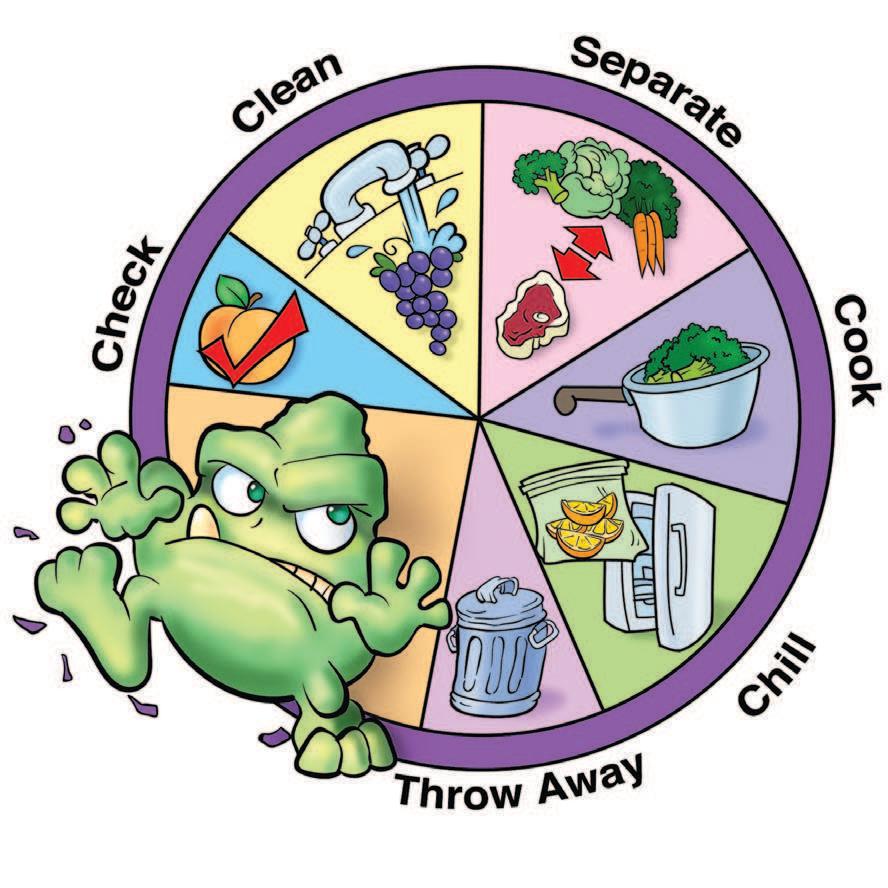

All materials, including food, break down or decay. Some factors can cause the decay to happen more quickly. In this experiment, you will find the answer to the question: What makes food decay faster?
Materials Needed:
• Packet of Dried Beans
• 4 Ziploc Bags • Water • Bowl
• Refrigerator • Notebook • Pencil
Procedure:
q Form a hypothesis. Which causes food to decay faster - heat, light, or water?
w Create the control group. Place 10 beans in a Ziploc bag and label it as “control.”
e Soak the remaining beans in a bowl of water overnight.
r Place 10 soaked beans into each of the remaining Ziploc bags.

z The farmer planted 8 rows of corn. If each row had 8 corn plants, how many plants did he have in all? ______ If each corn plant produced 5 ears of corn, how many ears of corn did he have in all? ______
x Janice and Jimmy planted pumpkins in their garden last summer. In October, they picked 18 orange Giant pumpkins, 36 Jack-BeLittle pumpkins, and 13 White Casper pumpkins. How many total pumpkins did they pick? ______ Janice and


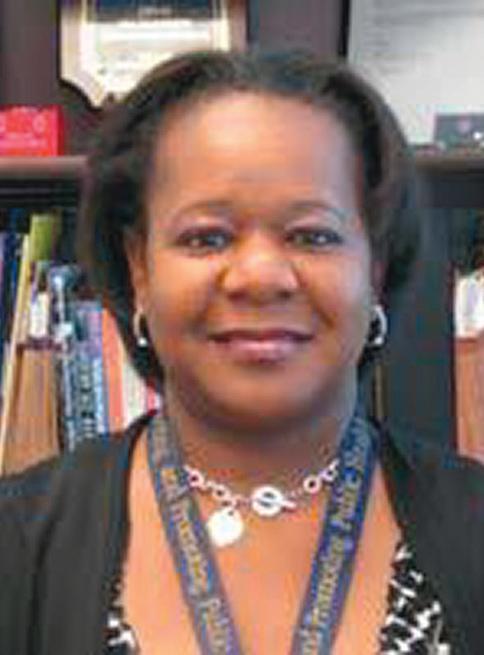
What can you do to be safe? Always keep cold items refrigerated. Store leftovers immediately so they do not grow bacteria. Beef, pork, turkey, and chicken need to be cooked thoroughly. Always wash fresh fruits and vegetables. Stay informed about potential outbreaks and recalls. Check expiration dates. With these precautions, you can decrease your chance of getting sick from food.
For more information, visit: http://www.fda.gov.
Learning Standards: I can read nonfiction text for main idea and supporting details. I can make text-totext and text-to-self connections.
t Place one bag in a warm, bright place, one in a warm dark place, and one bag in the refrigerator for a week.
y Place the control bag of beans in each condition for two days during the experiment. Observe what happens to the beans. Record your observations in your notebook.
Draw conclusions: Was your hypothesis correct? Did you change your hypothesis during the week as you observed the beans? Which factor caused the food to decay faster — water, heat, or light?
Learning Standards: I can follow a sequential procedure to complete an experiment. I can form and evaluate a hypothesis. I can record and make observations. I can draw conclusions. I can make text-toworld connections.
Jimmy donated 25 pumpkins to the local fall festival, how many pumpkins did they have left? ______ If they divided the leftover pumpkins evenly, how many did they each get to keep? ______Were there any pumpkins left over? ______






c Student Council wants to decorate the cafeteria for the Fall Festival. They would like to put 3 pumpkins on each of 18 tables. How many pumpkins do they need? ______ If they pay $2.50 for each pumpkin, how much will it cost? ______
Learning Standards: I can add, subtract, multiply, and divide to solve a problem. I can make text-to-world connections.
LaTonya Mitchell has worked for the Food and Drug Administration (FDA) for over 20 years. Her job is to protect the health of the public. She joined the Kansas City District office in May 1994. She studied the effects of pesticide on human food and on animal feed. Next, Mitchell worked as the Director of Chemistry II Branch at the Southeast Regional Laboratory in Atlanta. While there, she focused on the effects of food coloring, pesticides, and chemotherapy. She is currently the District Director for Denver’s Office of Regulatory Affairs. She is in charge of overseeing Colorado, New Mexico, Utah, and Wyoming to be sure that they follow food safety rules and regulations.
Mitchell received a BA degree in Chemistry from Park University in Parkville, MO, and a Master of Science degree in Health Services Administration from Central Michigan University in Mt. Pleasant, MI. In 2002, she became a graduate of the FDA Leadership Development Program. She has the following advice for students: Set both long and short term goals. Seek out mentors and advisors who will help you meet those goals. Be flexible and open minded. Seek challenging work assignments.
To learn more about LaTonya Mitchell, visit: https:// www.acs.org/content/acs/en/careers/college-to-career/ chemists/mitchell.html.
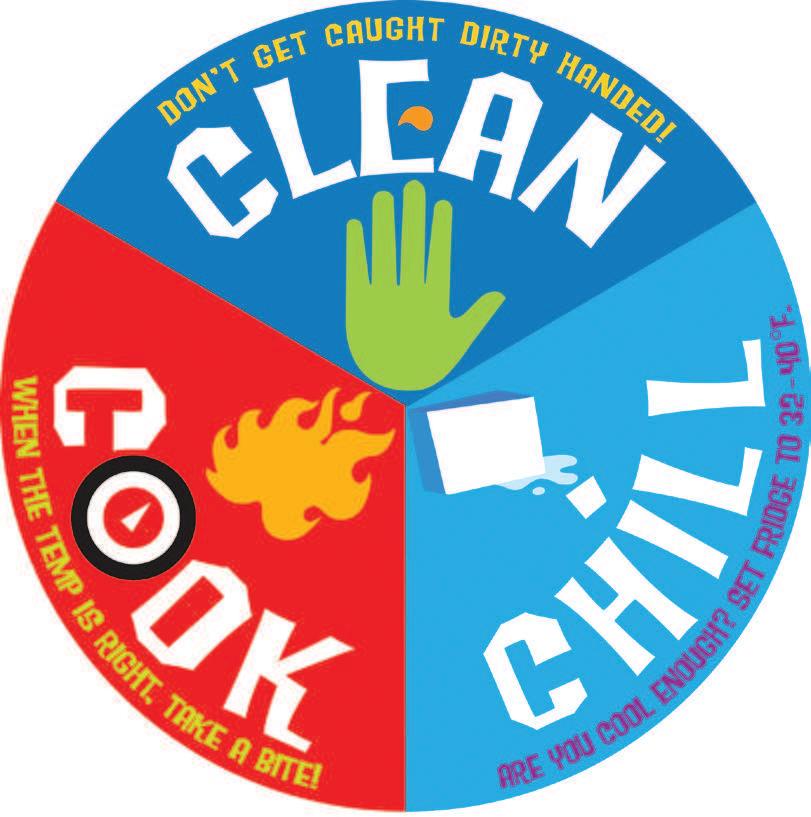
Learning Standards: I can read a biography about a person who has made contributions in the fields of science, technology, engineering and math. I can make text-to-text, text-to-world, and text-to-self connections.

Enjoy these activities that help you get to know your St. Louis American newspaper.
Activities —
Find a Restaurant: Newspapers are a great resource to learn about new restaurants in your community. Look through the newspaper to find information about a local restaurant. It can be an advertisement, a review, or a feature story. Underline the facts, and circle the opinions.



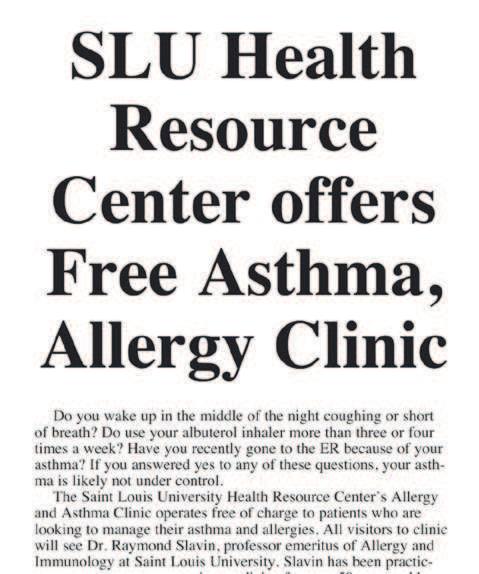

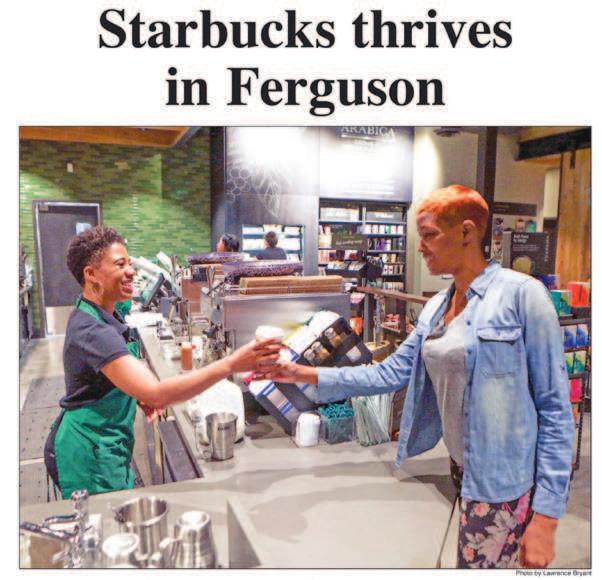
Word Choice: Word choice is important in writing. Use the newspaper to find an article describing an event in your community. Highlight the word choice the author uses that helps you visualize the action.
Learning Standards: I can use the newspaper to locate information. I can identify fact and opinion. I can identify powerful word choice.
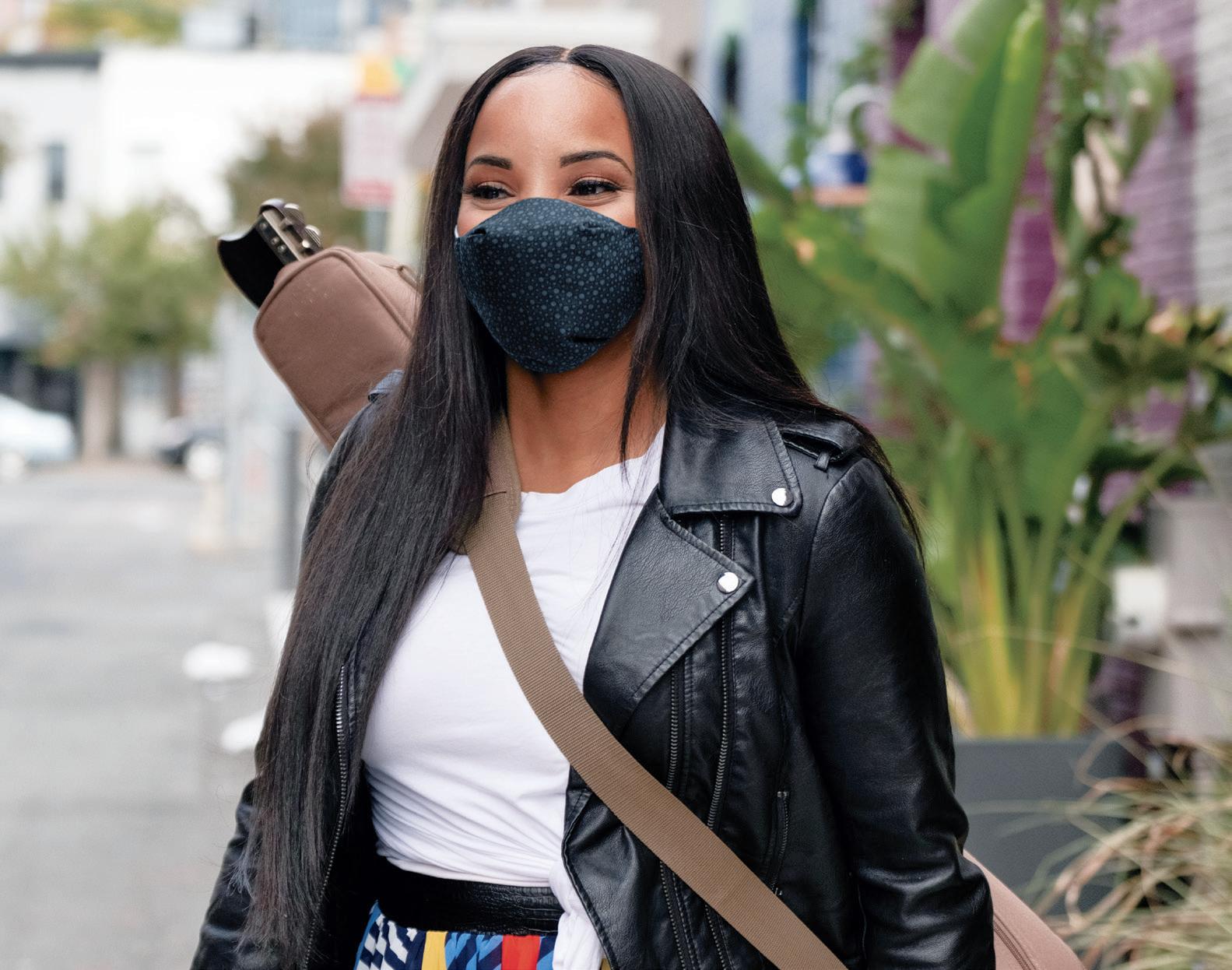


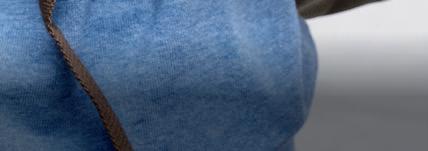




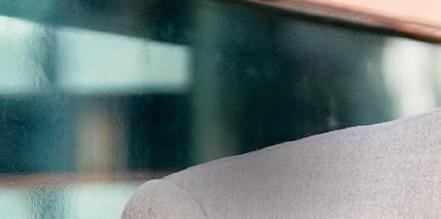
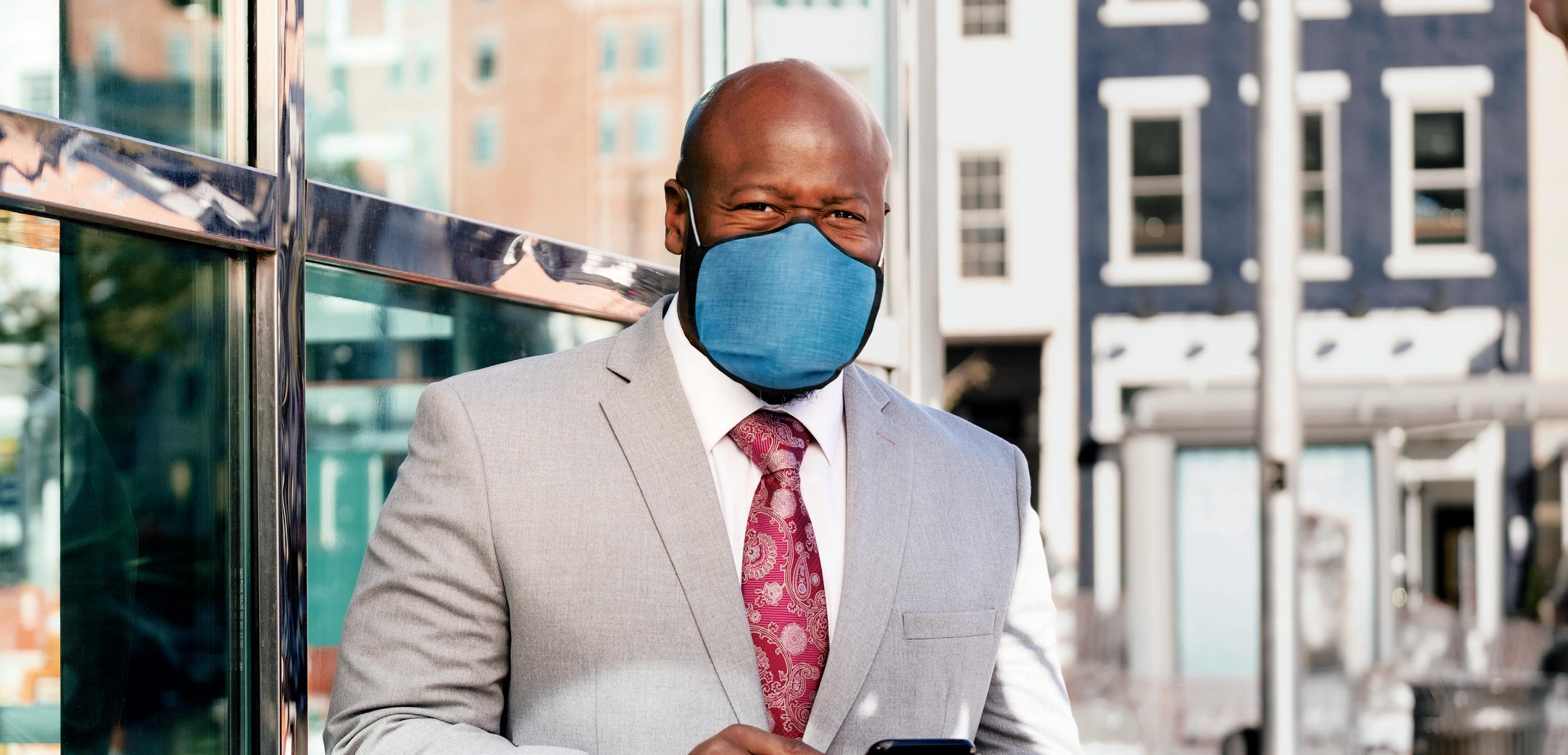
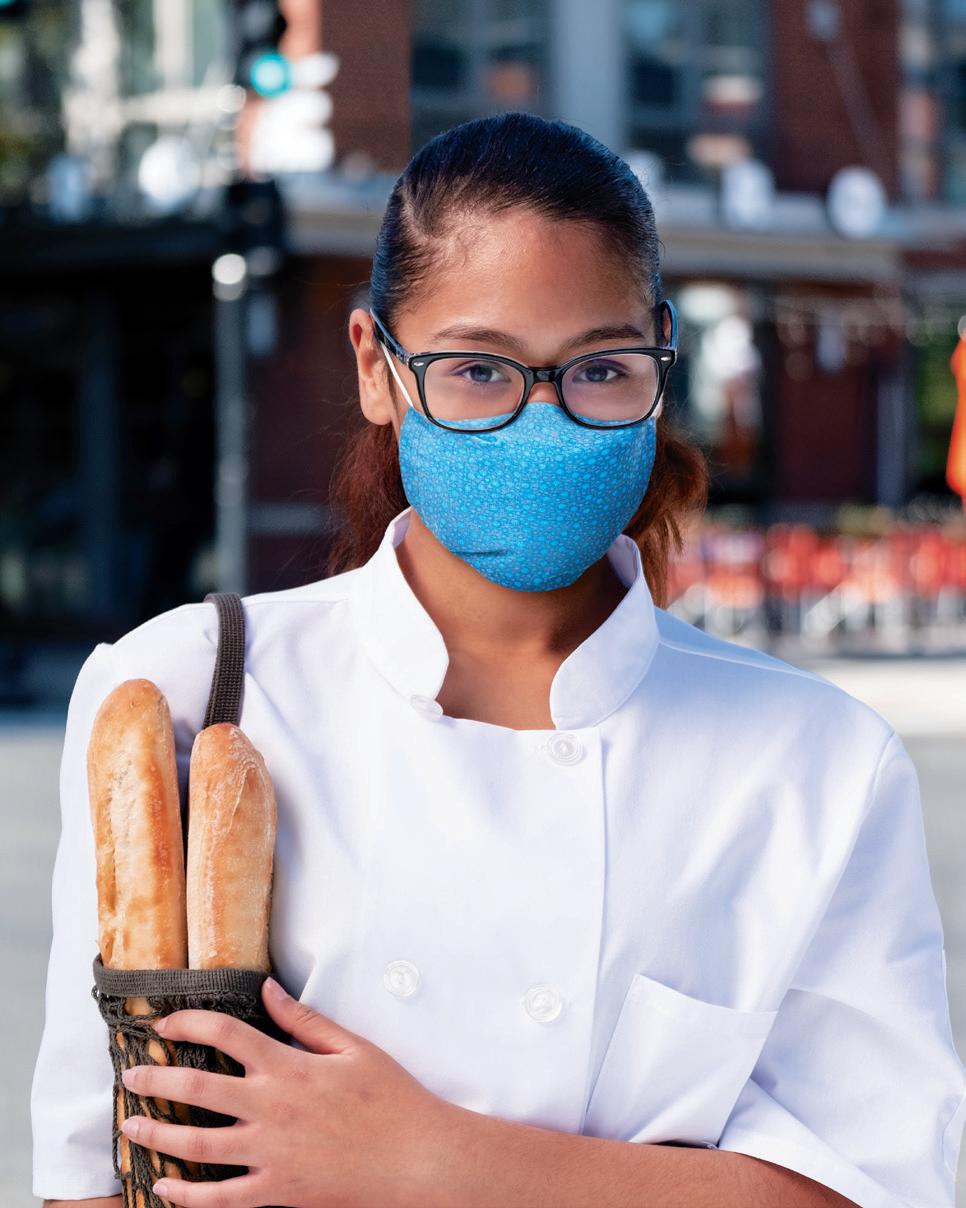



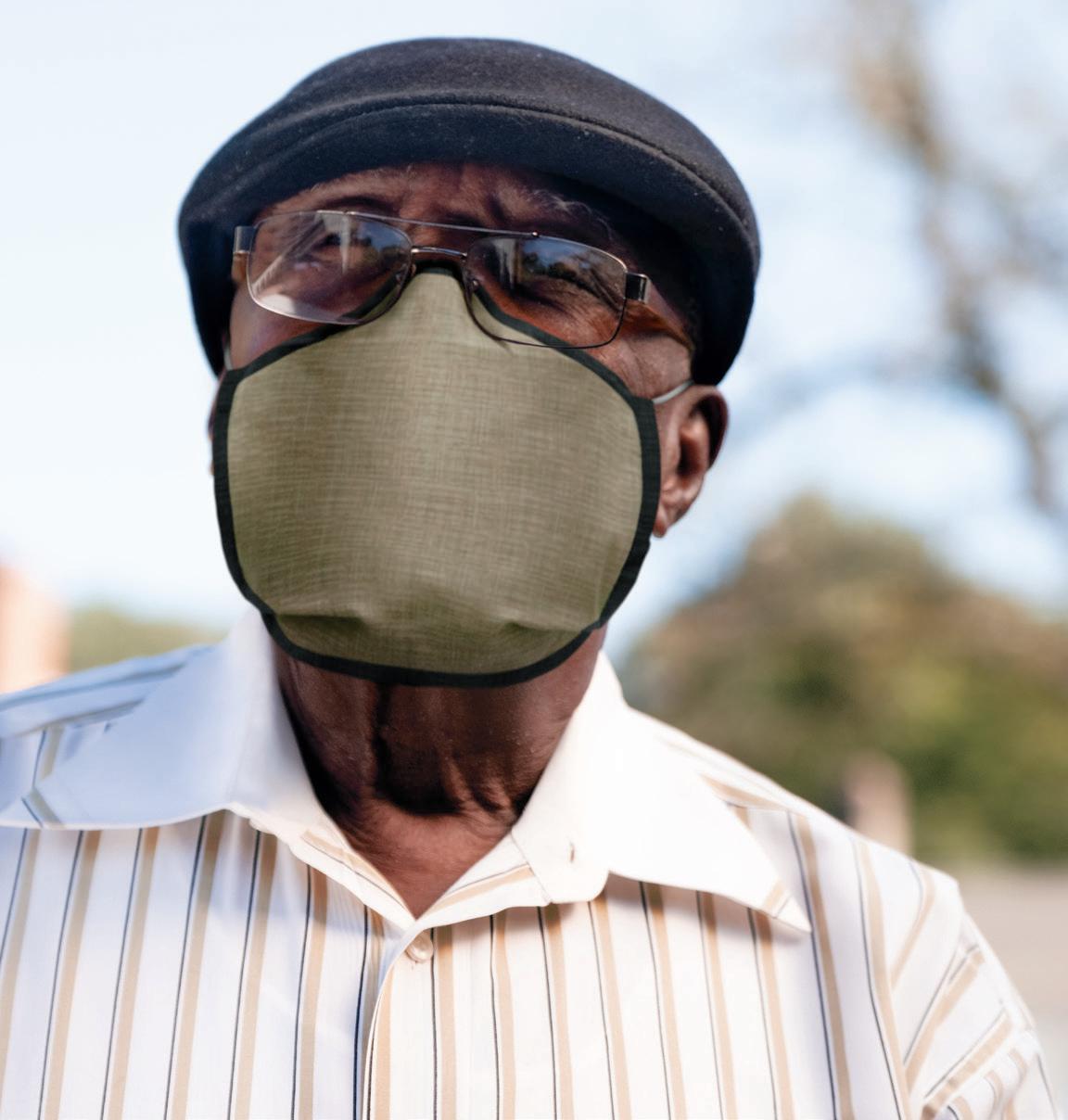




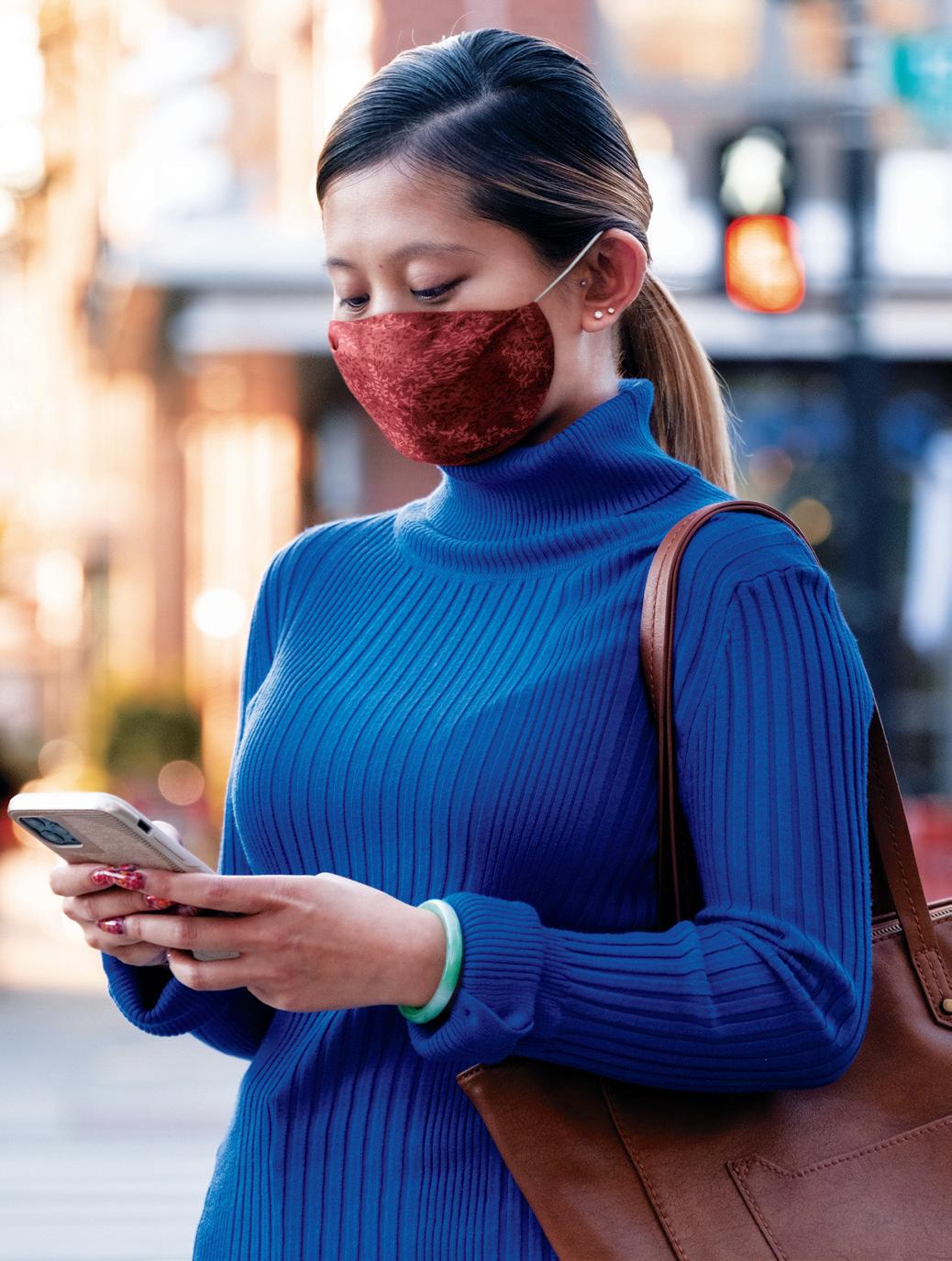
By Sylvester Brown Jr.
Of The St. Louis American
Actor Chadwick Boseman’s death from colon cancer struck hard.
The news of his demise at the tender age of 43 deepened my funk and cemented my sense of dread and despair. It was a dark reminder during a particularly dark time.
The night before Boseman’s death was announced, the Republican National Convention (RNC) concluded. The entire four-day spectacle was laced with a sickening stream of unsubstantiated, unmitigated, out-and-out lies.
n Chadwick
Yet, it worked. According to a recent CNBC/ Change Research poll, the approval of President Donald Trump’s handling of COVID-19 rose, while concerns about the coronavirus fell in six 2020 swing states. With more than 180,000 deaths, how in the hell could concerns about the still growing virus fall anywhere in America?
Boseman’s portrayals of Thurgood Marshall, Jackie Robinson and James Brown “brought history to life,” said Martin Luther King III.
I was grieving what seemed to me a country on life support. The idea that a president’s popularity could rise after his utter incompetence fueled so many deaths is mind-blowing. How could a man who claimed “victory” because more people hadn’t died possibly be celebrated and supported my millions? It was further proof that a more insidious cancer had indeed metastasized in America’s bloodstream. It was validation that the growing tumor of that cancer, Donald Trump, the great reality show conman could lie his way into a second term. I was deeply saddened by the possibility that race, fearmongering, and manipulated division during the convention would gift a monster four more years in office.
Blacks are 13% of the U.S. population but make up more than 32% of COVID-19 deaths. Roughly 60,000 black people have died from the virus. Since early March, we’ve had to deal with the double whammy of disproportionate deaths from the coronavirus and police brutality.
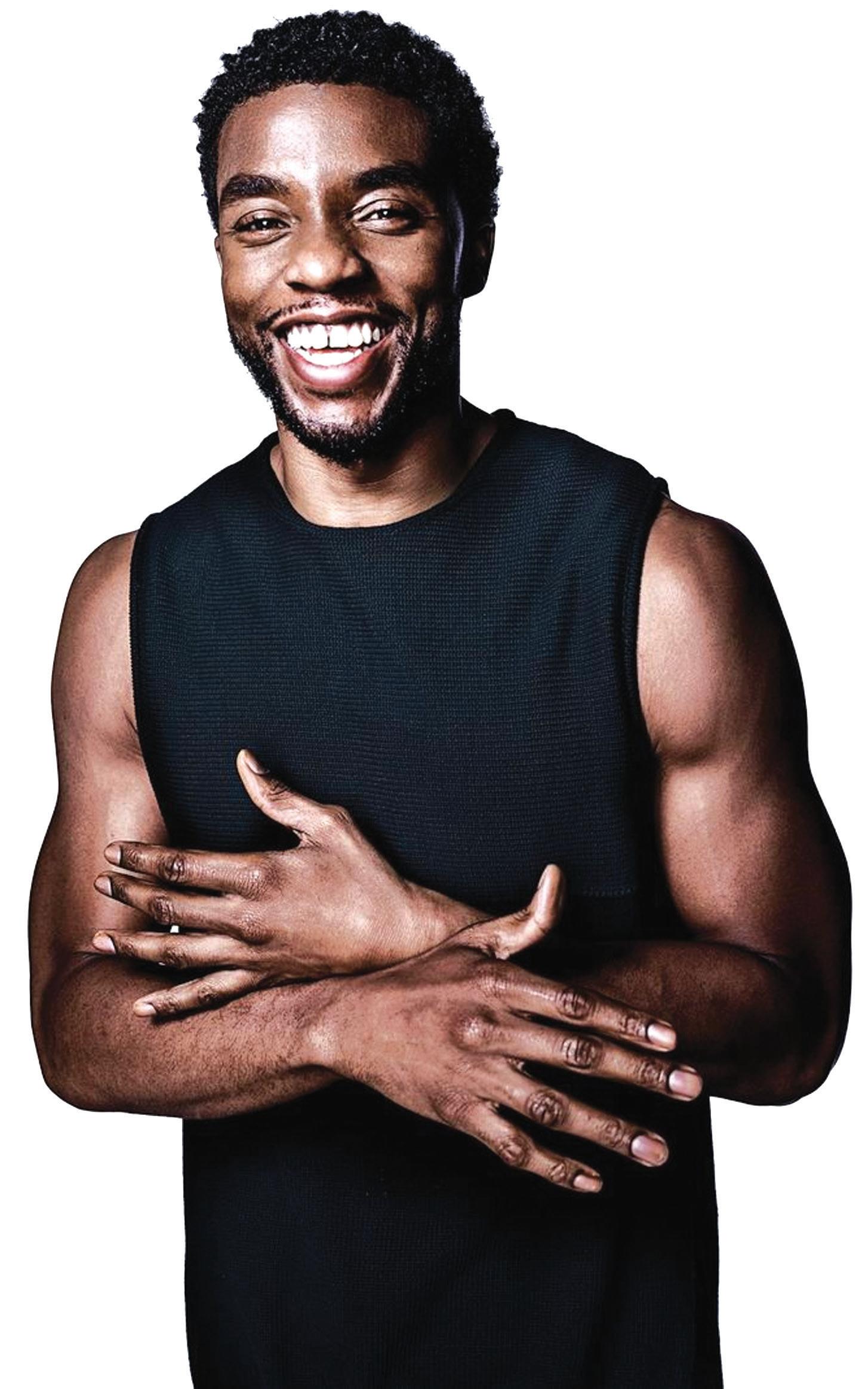
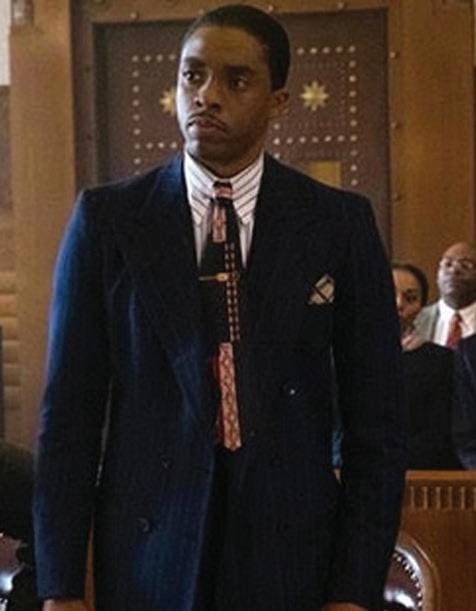
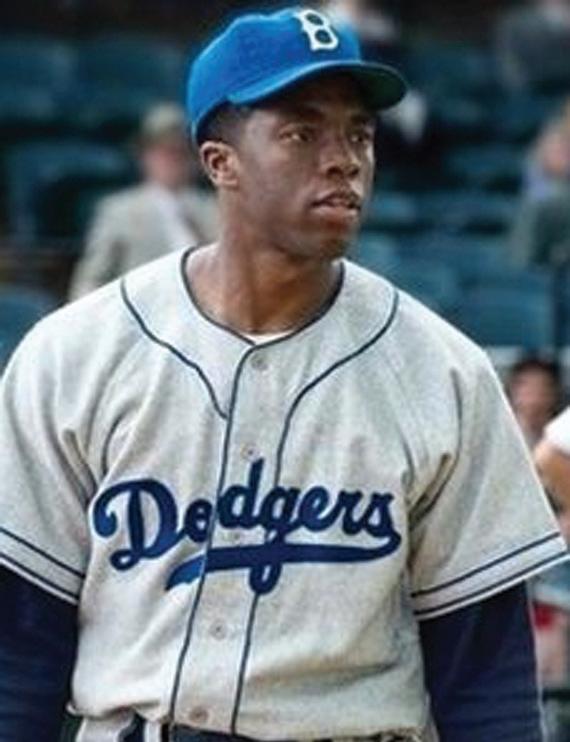
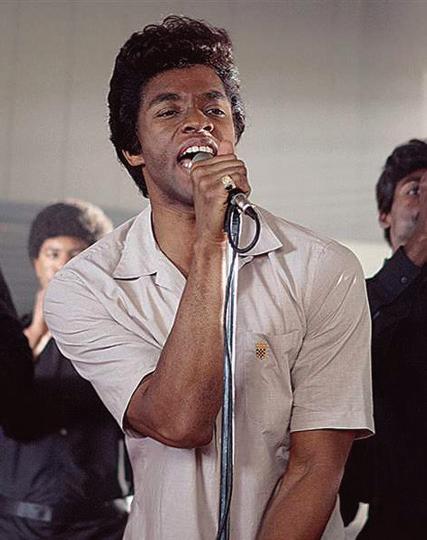
‘Just Pictures,’ curated by Antwaun Sargent, opens at projects+gallery on Sept. 10
By Chris King Of The St. Louis American
“Just Pictures” is an ironic and mischievous title for a new photography show curated by Antwaun Sargent that Barrett Barrera Projects is presenting at projects+gallery, 4733 McPherson Ave., from September 10 to November 21. In fact, these photographs – by Arielle Bobb-Willis, Yagazie Emezi, Joshua Kissi, Mous Lamrabat, Renell Medrano, Ruth Ossai, Justin Solomon and Joshua Woods – are beautiful, original, puzzling and profound pictures.
Sargent, a Black writer and critic living and working in New York City, is well aware of the playful irony of the show’s title.
“I am particularly interested in bringing together young image makers who are working between the commercial and conceptual by creating worlds entirely their own; photographers who set their gazes on rethinking the possibility of photography by embracing its boundary-blurring potential, which allows the images to address desire, beauty and being,” Sargent writes.
“The resulting work has an aesthetic all its
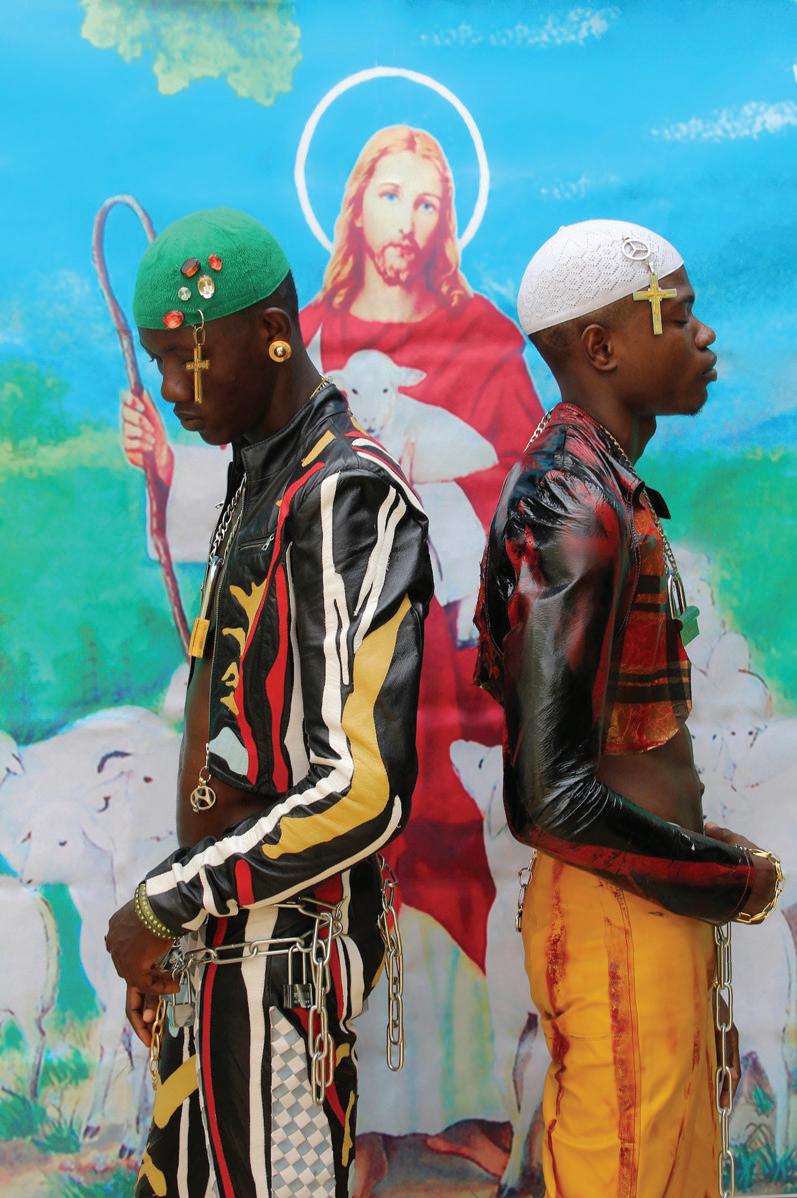
own and a power that is drawn from the way that the images operate in many different contexts, photographically and culturally.”
When he writes that “the work has an aesthetic all its own,” he means each artist’s body of work. In “Just Pictures,” he has curated a
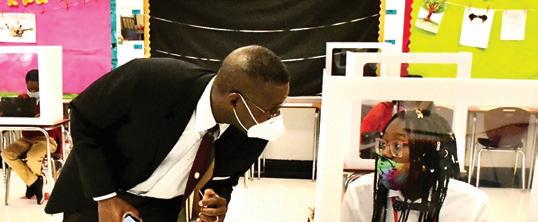
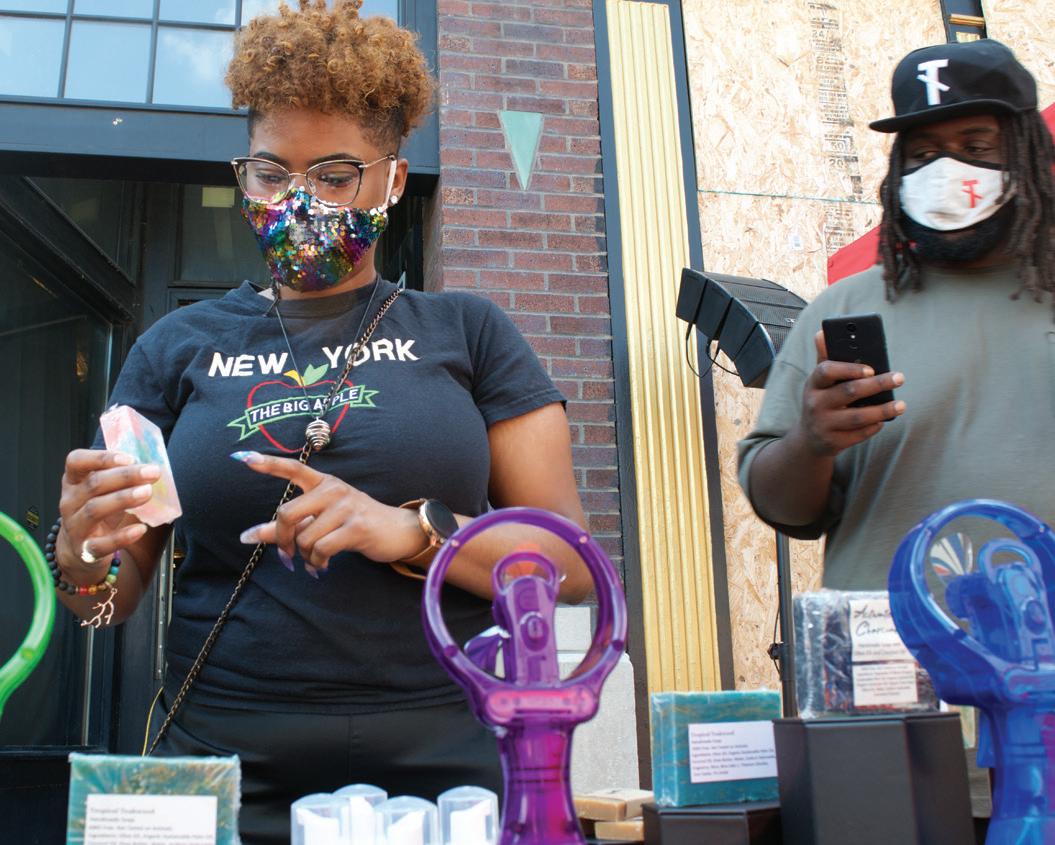
T
By Dawn Suggs Of The St. Louis American
They call Erica Jones, the project manager for The T, “Ms. E,” and she was taking care of business the day before the “Soft Brand Opening” of The T, a community health education center located at 5874 Delmar Blvd., just east of the University City Loop. The T’s logo, a “T” with a slash through it, stands for anti-trauma or trauma reduction.
She directs a small multi-racial volunteer crew who were hard at work, all masked and at socially distanced desks, assembling packages to address trauma and save lives. The packages included masks, mask filters, tourniquets, gauze pads, and mini-thermometers.
Dr. LJ Punch, founder of The T, was out in the back yard loading equipment into the “TWheels,” an emergency response vehicle and mobile classroom. A Barnes-Jewish Hospital trauma surgeon, Punch was appointed to the St. Louis Board of Police Commissioners in 2019 based on Punch’s work to address gun violence, homelessness, and opioids with the nonprofit Power4STL. Punch independently authored and presented strong recommendations urging government to be more responsive to the critical needs of the AfricanAmerican community, which is plagued by systemic racism and unaccountable policing.
Working alongside Punch was Marcus Hunt, a young lead organizer and activist for poor and
group of photographs with many different aesthetics all their own.
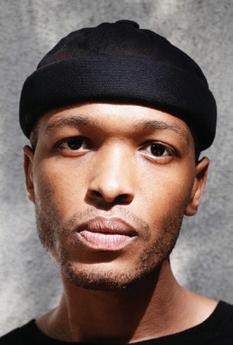
Sargent has written perceptively about the Los Angeles-based African-American photographer Arielle Bobb-Willis in The New Yorker. He wrote about how the complexity of the figuration in her photographs is a way she explores her depression. In an image he chose for this show, two people stand side by side, not touching, both arching backward to look into a clouded sky. It’s a powerful image of being together yet apart, of being somewhere yet focusing on another, distant place, with the use of colors (Earth, sky, mismatched but complimentary outfits) adding a warm, quiet beauty that keeps the image from feeling cold.
Ruth Ossai – who grew up in Yorkshire, England and Nigeria and has done shoots for clients like Rihanna and Nike – also photographed two figures who are together yet apart. She photographed two dramatically costumed young Nigerian men standing back to back, rather than side to side, and both looking down, rather than up. The two men have in common complex symbology: each wears a cap with a dangling cross and a chain with a lock around the neck. They stand before a mural of an incongruously blue-eyed, blondehaired Jesus Christ holding a shepherd’s crook, which juts up relative to the torso of the young man on the left so that he appears to be the shepherd.
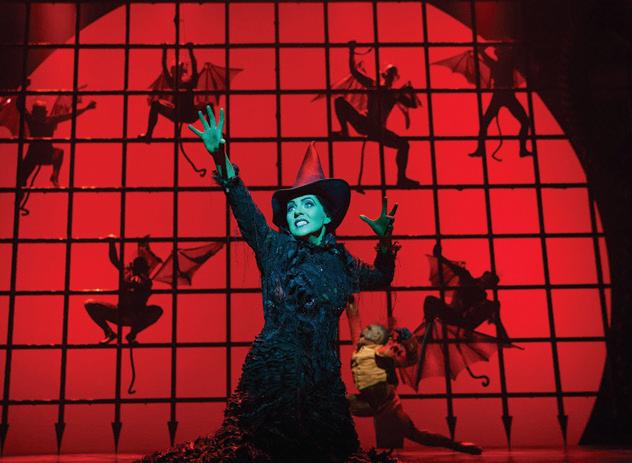
unhoused St. Louisans. Hunt was recently hired to become a part of The T team after collaborating with Punch following the onset of the coronavirus pandemic.
A mutual friend put Hunt and Punch in contact with each other when services for 500 unhoused St. Louisans were shut down. Punch helped Hunt provide first aid, hand sanitizers and masks needed for the unhoused to stay COVID-free. The day of The T’s grand re-opening, Saturday, August 22, Hunt explained that selfcare is a basic human need and The T is providing “a place where those of us in high poverty can access these things.” Hunt said that The T is fighting trauma on every front, “financial, emotional or physical.” The health educational center was founded and developed by Punch to interrupt the cycle of trauma that people experience generationally. The message of African-American self-empowerment is clear. “Make it so that you can be an individual in our community that can handle some of this trauma that we have,” Hunt said.
On Saturday, The T sidewalk market provided free T-masks, information cards and mini-thermometers. Mini and deluxe first aid kits, T-gear (including t-shirts, baseball caps, strap-on-pouches and backpacks) were on sale, as well as soaps, Narcan products to save a life in case of an overdose, essential oils and aromatherapy products made by local Black businesses.
Training and workshops at the T are free, and there are some free basic items set aside for those who don’t have the resources to purchase them; however, funds from sales support and sustain their efforts to replenish supplies and distribute them throughout vulnerable communities.
Kiara Shepard, a passerby on her way to get her nails
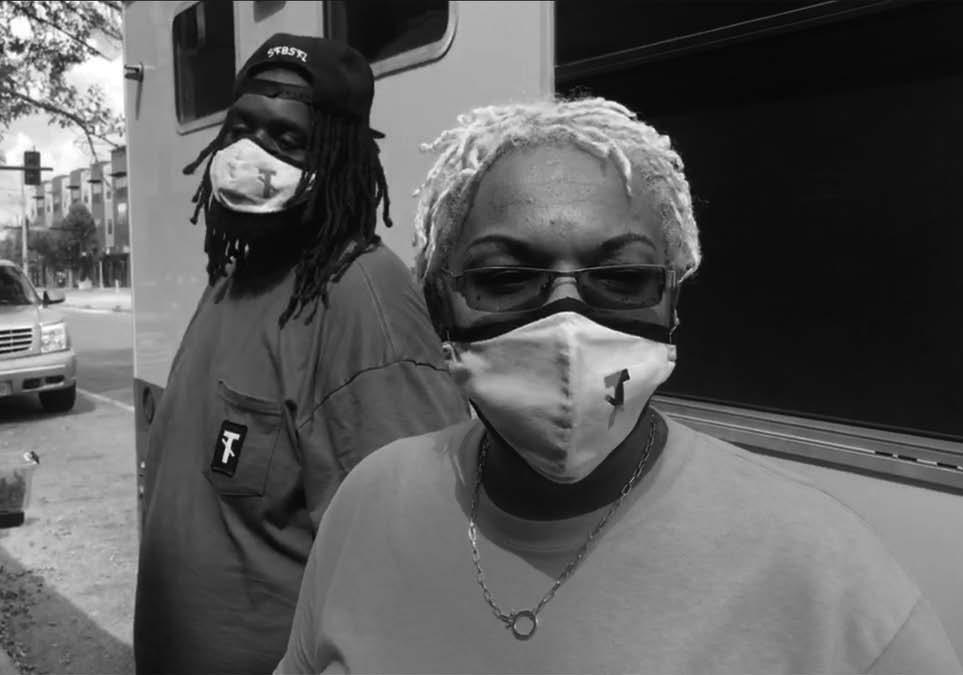
done, stopped at a table in front of The T, which displayed colorful aromatherapy products, like strawberry lemonade soap, against the backdrop of TWheels. This is a particularly good time to use aromatherapy products, Hunt noted. “One of the first thing you notice about COVID is that you lose your sense of smell,” he said. So, if one day you notice that “the cherry-cherry soap isn’t as cherry as the day before,” he said, “you might go seek some
n “Self-care is a basic human need, and The T is providing a place where those of us in high poverty can access these things.”
for staunching flood flow that saves lives.
“A lot of people don’t understand that it takes 10-13 minutes before an ambulance reaches you and that’s the most dangerous thing when you can already be trained to be a first responder to an incidence of gun violence, a car accident, a stabbing,” Ms. E said.
In a third provocative pair of figures, the first generation Ghanaian-American photographer and creative entrepreneur Joshua Kissi, who is based in New York City, photographed a young Black boy and Black girl at play. Again, they are not looking at one another and not touching, but they do interact. Unlike the blank features on the human subjects captured by BobbWillis and Ossai, the boy has a grin on his face. We can’t see the girl’s face, but the motion implicit in the twisting of her body suggests interaction and engagement. Kissi photographed them against a mustard yellow wall, and the contrast with the dark tones of the children’s skin renders them nearly as silhouettes.
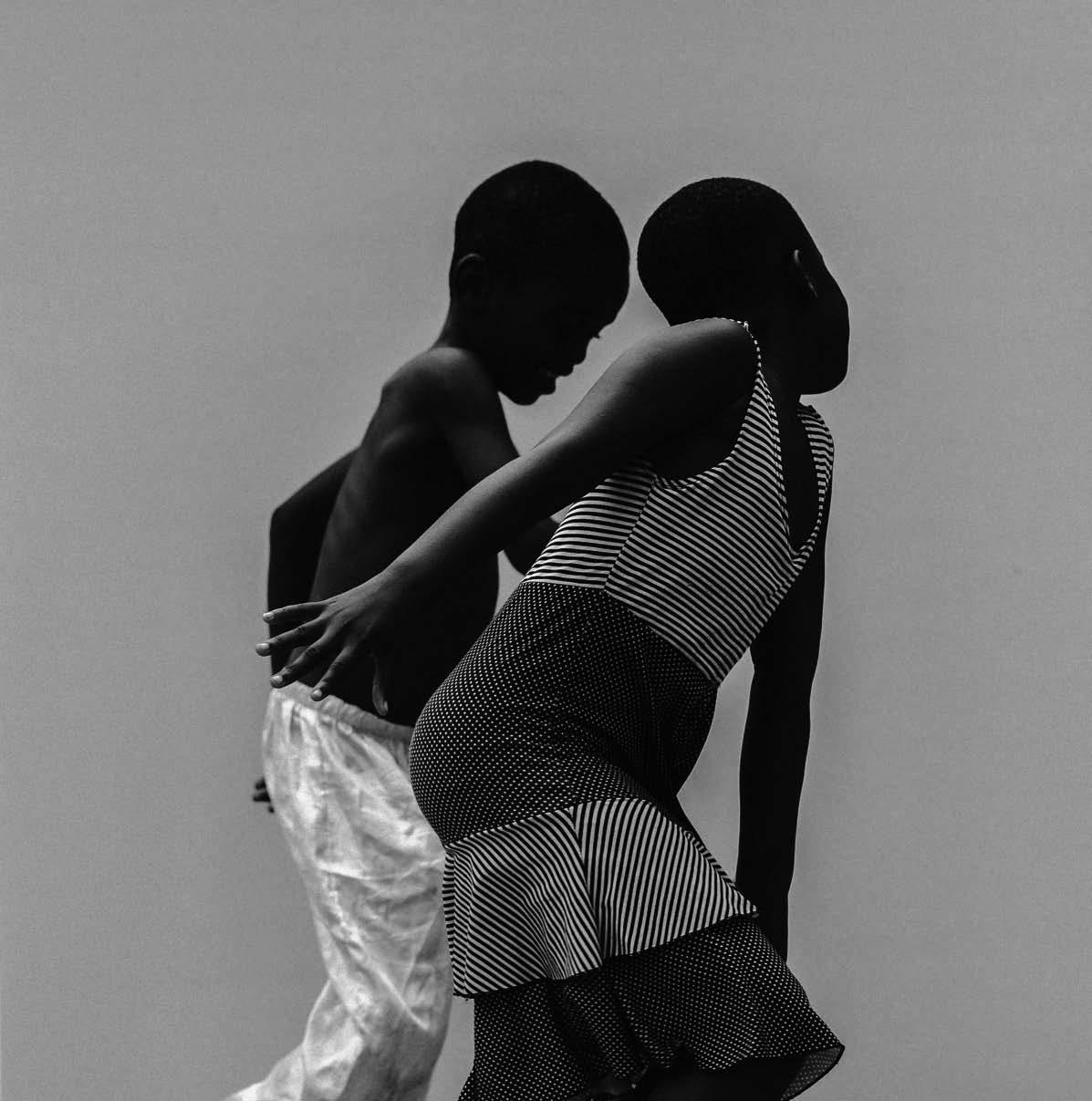
“Central to these images is the collaborative complicity of the image maker and their subjects but also the seemingly disparate histories of photography, from landscape and vernacular to portraiture and fashion, that are pulled together in the making of each image that is widely circulated in museums and magazines, on social media and the walls of domestic space,” Sargent writes.
“The way these images move rapidly between con-
– Marcus Hunt Fellowship
help, it might could save your life.”
There were items for all ages: soaps, coloring books, T comic books and full facemasks, which included eye protection for children, who might have difficulty wearing a light cloth mask properly.
The “T” stands, in part, for tourniquet – a simple technique
The mini first aid kits included a tourniquet, gauze packs and scissors. Ms. E cautioned that this was not a first aid kit which should be used on or by children five years old or younger and emphasized that it’s important to understand how to make a blood clot to stop profuse bleeding from a person older than five. Though a tourniquet was provided in this kit, she said that an old cloth or even a long sock can help stop bleeding in a pinch.
Hunt held up a tourniquet when providing a tour of the different stations to stress the importance of this live-saving tool.
“If someone is hurt, is bleeding, you can use this to save their precious juices, until someone who is properly or more trained can get there,” he said. “This is very important because a lot of times the community is the first responder for these traumas.”
For more information, visit https://www.thetstl.com/.
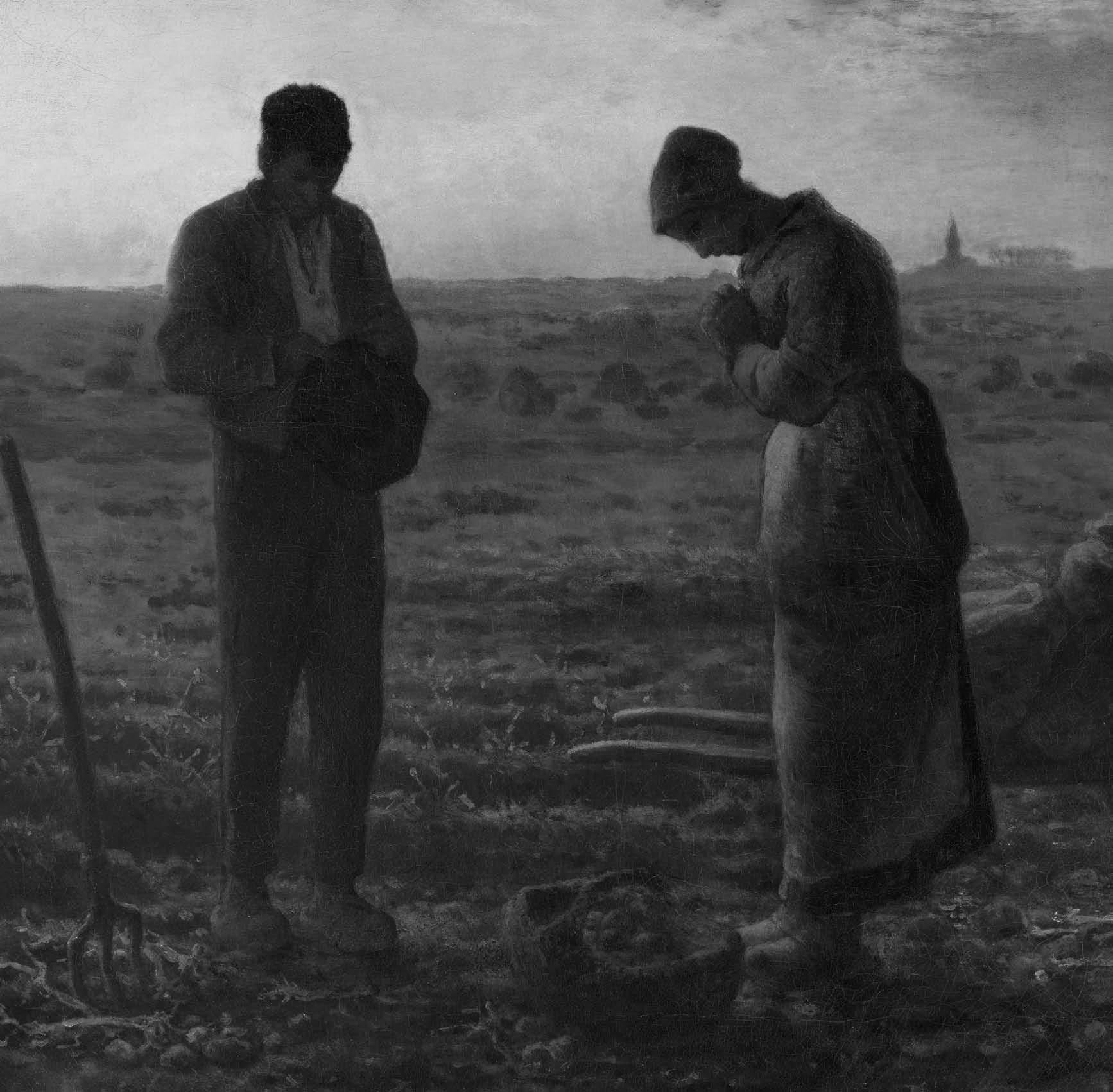
Extended through September 7
French artist Jean-François Millet (1814–1875) inspired many other famous artists including van Gogh, Monet, Munch, and Dalí. You won’t want to miss van Gogh’s Starry Night coming to St.
Continued from B1
Advocacy Coalition (BAC), will support a group of women over the course of six months and will culminate in a digital presentation of their work. There will be regular virtual gatherings of the fellows, BAC staff, and mentors over the course of six months. At the beginning of the fellowship, fellows will be provided with a calendar of activity and will be
texts, garnering new and often contradictory meanings, that allow them to simultaneously operate as racial representations while also being discrete product shots, documentations of family and glossies of the latest fashion trends.”
Susan Barrett, president of Barrett Barrera Projects, situated Sargent’s role as curator in bringing together this arresting body of original work.
expected to attend all sessions.
The fellowship is designed to support artist-activists using their tools to have an impact on the world around them, providing financial support, mentorship, networking opportunities and education workshops. It will begin in December and run through May 2021.
The nominating committee for the fellowship includes Zakiyah Ansari, Amber Iman, Andy Jean, Imani Mflame and Liza Jessie Peterson. The Broadway musical Wicked is the lead sponsor of the BAC Artivism Fellowship.
“In his writing and curation, Sargent has continually created spaces for equitable exchange, novel hybridity and new models for thinking about the world around us,” Barrett writes. “It is our privilege to work with him to manifest this exhibition and to bring his thoughtful vision to St. Louis.” For more information, visit https://www.barrettbarrera. com/.
Founded in 2016 by members of the Broadway community as a direct response to the nation’s pandemic of racism and police brutality, the Broadway Advocacy Coalition is a multidisciplinary organization which unites artists, legal experts and community leaders to create lasting impact on policy issues from criminal justice reform to education equity to immigration. Applications are due by September 22 at 11:59 p.m. ET. For more information, visit https://tinyurl.com/BACartivism.

By Emily Underwood and Shakia Gullette Missouri Historical Society
For some women, the centennial of the 19th Amendment granting suffrage to women is a moment for celebration, but for countless other women it serves as a reminder of the race-based exclusion that tainted much of the suffrage movement and its representation in history books. The contributions and legacies of Black women in the suffrage movement have been overshadowed by their white counterparts throughout academia. But now more scholars are shining a light on the voices of Black women and other women of color who fought for suffrage while also fighting the very oppression and racism that ultimately separated them from white suffragists.
The National American Woman Suffrage Association, founded in 1890, prevented Black women from attending their conventions. Black women often had to march separately from white women in suffrage parades. And when Elizabeth Cady Stanton and Susan B. Anthony wrote the History of Woman Suffrage in the 1880s, they centered white stories, largely ignoring the contributions of Black women. Honoring Black suffragists means first acknowledging how they were sidelined from the mainstream suffrage movement, whose leaders feared alienating white women and losing support in the South. That exclusion spurred the formation of separate organizations such as the National Association of Colored Women, founded in 1896. Like many movements throughout history, the cost of achieving the ultimate goal of obtaining the vote came with casualties, which included leaving out the needs of Black women. When the 19th Amendment was ratified in August 1920, Americans were fully aware that Black women would remain largely disenfranchised. The amendment did not address barriers such as the poll tax and literacy tests, barriers that would remain for an additional 45 years until the passing of the 1965 Voting Rights Act.
This September, in conjunction with the exhibit Beyond the Ballot: St. Louis and Suffrage, the Missouri Historical Society will offer a trio of virtual programs that present an inclusive look at women’s suffrage and the role that Black women and other women of color played in that story.
On Wednesday, September 9, at 7 p.m., Sally Roesch Wagner, a co-founder of one of the first women’s studies programs in the US, will
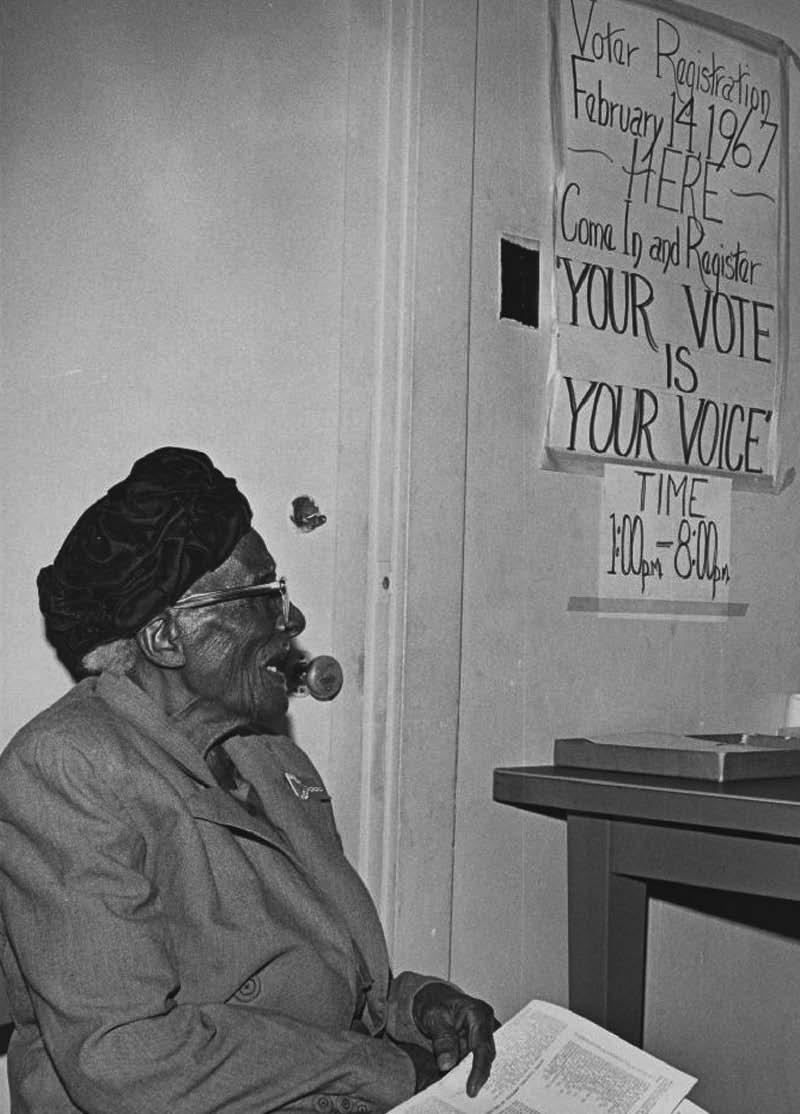
discuss her 2019 book The Women’s Suffrage Movement. This compendium of historical texts spans more than two centuries and reveals a more complex and intersectional picture of the suffrage movement. It includes the speeches and writings of women who have frequently been ignored in the popular narrative, from the Native American women who inspired early suffragists to Black suffragists such as Ida B. Wells and the Forten sisters. Wagner will discuss the history of the suffrage movement and how she researched her book, which is available for purchase through the Missouri History Museum Shop.
On Sunday, September 13, at 7 p.m., Carolyn JeffersonJenkins will speak about her recently published book, The Untold Story of Women of Color in the League of Women Voters. This book shifts the stories of Black suffragists from the margins to the center, celebrating the contributions of well-known women like Sojourner Truth as well as women whose stories have been less recognized, such as Delilah Beasley and Dr. Josie Johnson.
Jefferson-Jenkins was elected the first African American president of the national League of Women Voters in 1994, leading more than
120,000 members across all 50 states. She led the 1996 “Get Out the Vote” campaign, which registered more than 50,000 new voters, and spearheaded the 1998 Wired for Democracy program, an early attempt to engage citizens online. Jefferson-Jenkin’s program is presented in collaboration with the League of Women Voters of Metro St. Louis.
On Monday, September 14, at 7 p.m., Wayne State University professor Liette Gidlow will present Suffrage at 100: Women’s Rights, Civil Rights, and Voting Rights from 1920 to COVID-19. Gidlow will explore the long history of the 19th Amendment, its connections to voting-rights struggles of the 1960s, and concerns about voting rights today. This program is the 2020 James Neal Primm Lecture in History, part of an annual series presented with the University of Missouri–St. Louis.
To join these virtual programs on Zoom, visit the events calendar at mohistory.org or the Missouri History Museum Facebook page. “Beyond the Ballot: St. Louis and Suffrage” is open now through March 2022. The museum is open Wednesday through Sunday with free advance registrations. Visit mohistory.org to plan your visit.

Continued from B1
The Nation took aim at blacks who spoke at the “Republican National Infomercial” like former NFL players Herschel Walker and Jack Brewer, U.S. Sen. Tim Scott and Republican congressional nominee Kim Klacik.
“The Black speakers, like the rest of the Republican Party, offer no agenda to extend economic or social opportunities to people of color,” Elie Mystal wrote in The Nation. “They offer no policy prescriptions to address police brutality or violence against Black people. They offer no rebuttals to the assaults on voting rights or immigrant rights the Trump administration engages in. And they’ve been as silent about the disproportionate toll COVID19 has taken on communities of color as Herman Cain.”
America’s streets have overflowed with those protesting the killings of Ahmaud Arbery, Breonna Taylor, George Floyd and others.
On the day before the RNC, we watched, in real time, a Wisconsin police officer empty his gun into the back of yet another Black man, Jacob Blake.
And then, “T’Challa,” the character Bosman played in “Black Panther,” died.
It was a crushing blow to an already crushed people, especially young, Black people. For many of them, Boseman represented fierce black pride, dignity, and the power of unity. His film portrayals of Thurgood Marshall, Jackie Robinson and James Brown “brought history to life,” said Martin Luther King III.
“As Black Panther, he was also a superhero to many,” King added. “And despite his 4 year-long battle with cancer, he kept fighting and he kept inspiring.”
On Instagram, the NAACP paid tribute, saying that Boseman showed us “how to ‘Say it Loud’” and “how to walk as a King, without losing the common touch” and he showed “us just how powerful we are.”
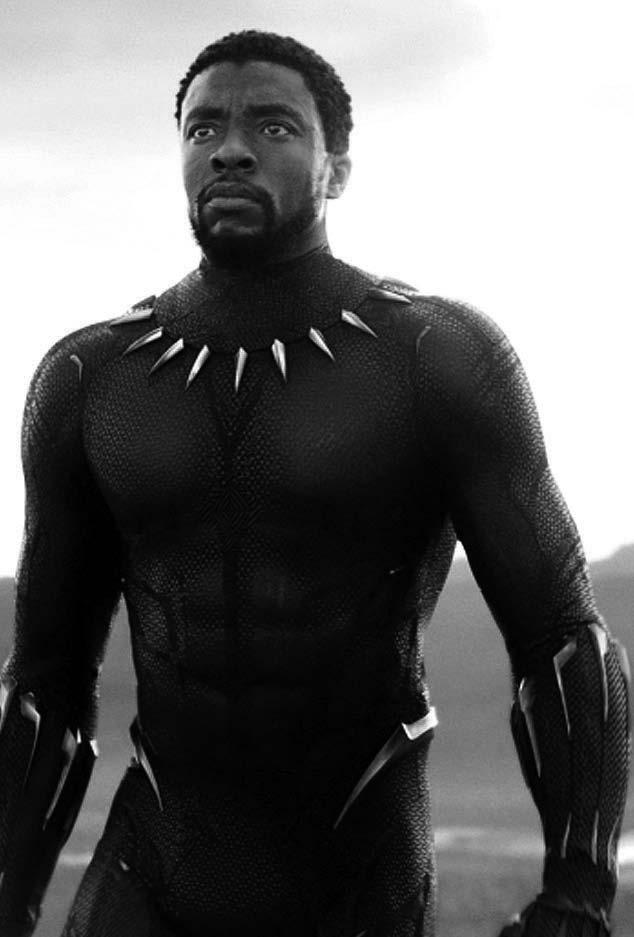
Some might say it’s inappropriate to associate the death of a beloved actor with the RNC and Trump’s political chicaneries. I respectfully disagree. Through his movie roles and public speeches, he was a living affirmation that “Black lives matter,” that being “young, gifted and Black” was a needed recipe in the ongoing fight for justice, dignity and equity.
I recognize the power of symbolism and, for me, Boseman symbolized “hope.”
In 2018, while giving the commencement speech at Howard University, his alma mater, Boseman told the throng of young graduates that “the struggles along the way are only meant to shape you for your purpose.”
I maintain that the tragedy of Trump and all the related strug-
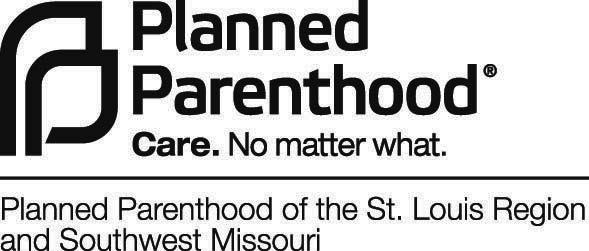
gles are shaping us, preparing us for something bigger than ourselves.
Back in June, I wrote a commentary titled “The Gift of COVID.” “Yes, the pandemic has unleashed great pain, heartbreak, death, and disaster amongst us,” I wrote. “But it has also given us new perspective, a new outlook and, hopefully, a new way to explore our inherent commonalities.”
The eternal optimist in me believed those words. I believed that we have new opportunities under a new sense of awareness and empathy, that we could collectively steer this country back to decency and some sense of normalcy.
But, then, Chadwick died.
Sylvester Brown Jr. is The St. Louis American’s inaugural Deaconess Fellow.

of PPSLRSWMO.
Planned Parenthood of the St. Louis Region and Southwest Missouri (PPSLRSWMO) is the area’s leading provider of sexual and reproductive health services, providing high-quality care in the St. Louis area since 1932.
Planned Parenthood also has several positions
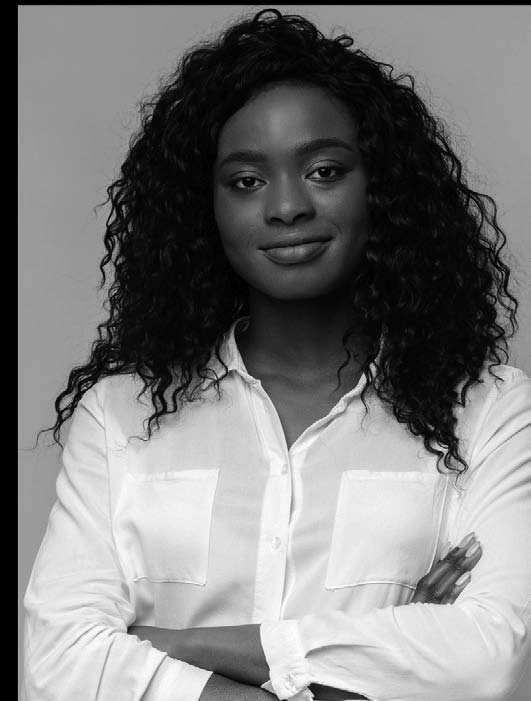
SEPTEMBER 3 – 9, 2020 B4
With Alvin A. Reid
One cold, dreary winter morning in 1994 I visited a Hardees in Roslyn, Virginia, before heading to work.
The Georgetown men’s basketball team and coach John Thompson were there. His team had played a road game the evening before and had stopped in for breakfast after their red-eye flight home. They were a short bus drive across the Key Bridge over the Potomac River to the Georgetown campus. Thompson and the players looked so tired. Yet, he was in total control. Standing by the door as they were leaving, Thompson said “afternoon classes, practice at 4.” He didn’t yell. But his words resonated with me. After this long night, Thompson was demanding his team not miss any afternoon classes and then be on time for practice. You had to stand next to Thompson to realize how large a man he was. At 6-10 with broad shoulders, he was huge. After playing at Providence, Thompson would serve as a backup to Bill Russell with the Boston Celtics. He commanded respect. He was beloved by his players. You didn’t have to be a Hoyas beat reporter to realize that. All it took was a few minutes in a fast-food restaurant.
becoming the first Black coach to accomplish the feat. Georgetown could have won back-to-back titles in 1985 had it not been for the shocking upset at the hands of Villanova. He was asked in 1982 about his feelings on reaching the Final Four and if he felt honored to be the first Black coach to accomplish that. The world got a taste of how serious a man Thompson was. “I resent the hell out of that question if it implies I am the first Black coach competent enough to take a team to the Final Four,” he reportedly said.
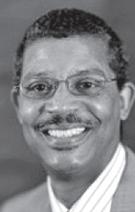
“Other Blacks have been denied the right in this country; coaches who have the ability. I don’t take any pride in being the first Black coach in the Final Four. I find the question extremely offensive.”
His teams won an impressive 596 games, while losing just 239. The Hoyas captured seven Big East titles and he coached the United States 1988 Olympic team to a bronze medal. Thompson had the unenviable task of telling America that international professional basketball players had surpassed his team of collegiate youths and that it was time to use NBA stars.
Thompson died on Sunday, August 30, 2020. He was 78. His family announced his passing at his home in Arlington, Virginia, where he had been dealing with health issues. When hired in 1972, Thompson inherited a team that won just three games the previous year. The Hoyas had made a trip to the NCAA Tournament in 1943, the only time it had happened in the school’s history.
Thompson took Georgetown to the NCAA Tournament 20 times during his 27 years as head coach. He reached the Final Four for the first time in 1982 and won the national championship in 1984,
The Dream Team led by Magic Johnson, Larry Bird and Michael Jordan took over in 1992 and easily won the basketball gold medal.
In a week that saw professional athletes boycott games in protest of the Jacob Blake police shooting, Thompson would be remembered as the first college coach to boycott games in the name of something he believed in.
In January 1999, Thompson walked off the court before a home game against Boston College in protest of an NCAA proposal that would have forbid schools from offering athletic scholarships to freshmen who didn’t meet certain academic requirements. Thompson boycotted the next game against Providence, explaining
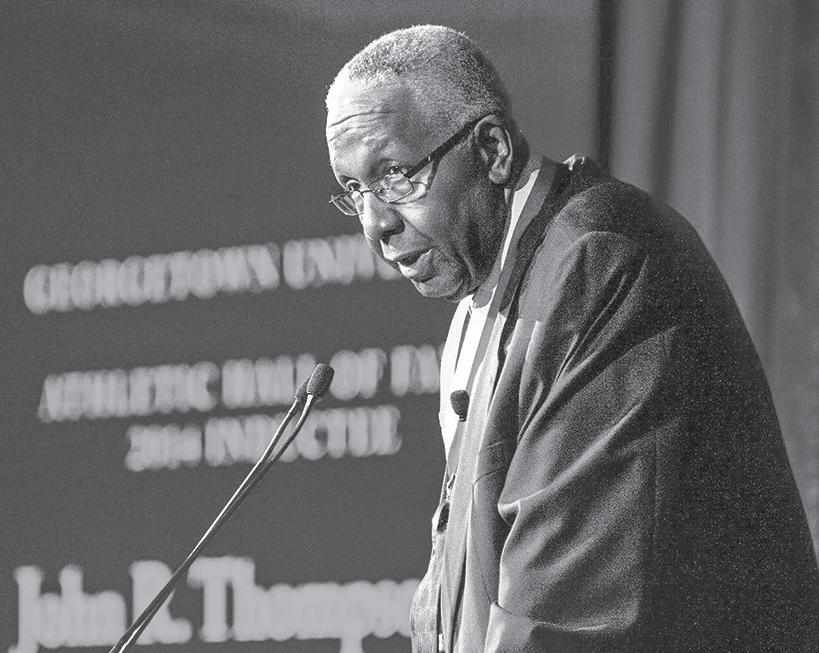
that the proposal was biased against players from challenging backgrounds.
Alan Iverson was one of those youths. A football and basketball star from Richmond, Virginia, the troubled Iverson had been railroaded by police and prosecutors for his role in a bowling alley brawl. He was being blackballed by most major colleges – until Thompson came to his rescue.
“Thanks For Saving My Life Coach. I’m going to miss you, but I’m sure that you are looking down on us with a big smile,” Iverson wrote on Twitter.
“I would give anything just for one more phone call from you only to hear you say, “Hey MF”, then we would talk about everything except basketball.”
St. Louisan Bradley Beal, a star guard with the Washington Wizards, said via Twitter, “RIP
COACH JOHN THOMPSON. I was honored to have the opportunity to pick your brain and learn from you while in DC.”
“You had the look of intimidation and focus but had the mindset of a wise man. You’re a legend and will truly be missed!!”
Former Hoya and NBA star Alonzo Mourning also said Thompson “saved my life.”
“The world has lost a revolutionary icon and a leader,” Mourning wrote. “Today, I have lost a father figure, lifelong coach, and one of my greatest mentors.”
Maybe the most important statistic of Thompson’s career, according to Georgetown, is that 76 of 78 players who played four seasons under him received their degrees.
Flaherty won’t flinch
After Cardinals ace Jack Flaherty and outfielder Dexter Fowler boycotted last Wednesday’s game against the Kansas City Royals, Flaherty shared his disappointment with Major League Baseball’s decision to not shut down for at least a day.
Flaherty tweeted, “We are the only sport playing today, let that sink in.”
“By the NBA not playing, we literally had to listen,” Flaherty later told reporters.
“You had to listen.”
Three games were postponed because six teams decided to not play. But MLB refused to shut down all games.
“I’m frustrated that I don’t know what it is,” Flaherty said. “It sucks that that’s still my answer.”
Trust me, young man. You’re doing so much more than you can ever imagine by speaking up and not being afraid.
MLB still too white at top
Major League Baseball received a “B” on the annual report card for diversity hiring practices, according to The Institute for Diversity and Ethics and Sport (TIDES) at Central Florida. The overall 80.1% score is up from a 79.5% in 2019. The grade was helped by a slight increase in hiring for women. The grade for racial hiring dropped slightly from 89.4% to an 88.7% for a B-plus while gender hiring increased from 69.6% to 72.7% for a C.
“Baseball improved in a lot of areas,” said Richard Lapchick, TIDES director and main author of the report. “It’s the leadership at the top that still needs to be addressed.”
MLB received an A-plus grade for diversity hiring in the MLB central office, players and coaches. The league also received an A-plus grade for diversity initiatives.
When the season started in late July, 39.8% of the league’s players were of color – down from 41% the past two years. Only 7.5% of opening day rosters consisted of Black players, the lowest percentage the study has recorded since it was started in 1991.
The Seattle Mariners had nine Black players on its roster, which led MLB.
Dave Roberts of the Los Angeles Dodgers and Dusty Baker of the Houston Astros are the two black managers in MLB, and four are Latino. There are only four minority general managers out of the league’s 30 teams.
Flaherty also said during a Zoom interview with reporters that he is speaking with athletes from other pro sports to determine what he can do to change this ugly situation in America – and he wants to do it in St. Louis. But doesn’t know what.
Black athletes have often risked their careers to show that Black
By Mike Jones Of The St. Louis American
On the last night of the 2020 Democratic National Convention, Billy Porter reprised a song from the 1960s, “For What It’s Worth.” The song is better known by its iconic lyric, which seems to be as relevant at this moment as it was for the moment when it was recorded by Buffalo Springfield in 1967: “There’s something happening here. What it is ain’t exactly clear. ... We better stop. Hey, what’s that sound? Everybody look what’s going down.”
On August 26, 2016, before a game with the Green Bay Packers, San Francisco 49ers quarterback Colin Kaepernick chose not to stand for the national anthem to bring attention to police brutality and systemic oppression of Black Americans. Four years after he took a knee, we see how big the ripple is from the rock he threw into the American sports
lake that day. The ultimate goal of all professional athletes is to win a championship. The Milwaukee Bucks were favored to make the NBA finals at the start of the season, and nothing about that changed when the season restarted. In their first-round playoff against the Orlando Magic, they led the series 3 games to 1, with a chance to close out the series and move on. But they didn’t do that. They chose to strike, not to play and to forfeit the game to protest the latest police shooting of an unarmed Black man, the Kenosha Police shooting of Jacob Blake. The Orlando Magic, with their season on the line, refused to accept the forfeiture and refused to play in support of the Bucks. Then the rest of the NBA added their bodies to the strike and brought the NBA playoffs to a halt to protest police brutality against a brother they didn’t know. And then, the dam broke. The true social-justice war-
riors in American sports, the women of the WNBA, spoke and the WNBA canceled their schedule in support of the Bucks and the NBA. But that’s not where the story ends. Athletes in Major League Baseball, Major League Soccer, and even the National Football League all joined the strike. Even the overwhelmingly white tennis world was brought to a halt when U.S. Open Champion Naomi Osaka refused to take the court in the semifinals of the Western & Southern Open.
moment is, it’s not ahistorical.
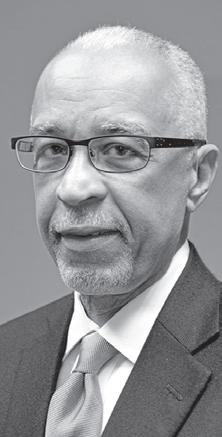
In fact, it’s very much part of the history of the Black athlete in America. But if you were not born the last time Black professional athletes laid their careers and livelihoods on the line in defense and in support of the general welfare of Black people, then for the most part all you’ve ever seen Black athletes do besides compete is sell tennis shoes.
Mike Jones
Maybe the most emotionally powerful thing anyone has ever witnessed in any sport, at any time, was the New York Mets and Miami Marlins taking the field, doffing their caps for 42 seconds of silence in honor of Jackie Robinson, then saluting each other and walking off the field.
As remarkable as this
Before Kaep took a knee, Muhammad Ali refused to take an oath to be inducted into the United States military because his religion wouldn’t permit him to murder people of color fighting to liberate their country from racist colonial hegemony. Though he never would have had to go to Vietnam, Ali stood on principle and paid the price of his title at the prime of his career. But Ali didn’t stand alone
that day. Jim Brown and Bill Russell – arguably the two greatest, most successful athletes of their generation – stood with him, along with among others, including a young Lew Alcindor, who also became a leader of the boycott of the 1968 Mexico Olympics before he became Kareem Abdul Jabbar.
Speaking of the 1968 Olympics, there were two brothers who decided to participate so they could make a Black statement to the world about America. Tommie Smith and John Carlos went to Mexico and competed in the men’s 200 meters, finishing first and third, respectively. But during the medal ceremony, rather than wrap themselves in the American flag, in a pictured captured for the ages, they each raised a fisted glove in a Black Power salute. There’s an important takeaway from this moment that shouldn’t be overlooked. Capital in any form has no
inherent value until it has utility, and that utility can only happen when labor transforms it. To own a sports franchise means nothing without players. In fact, at the metaphysical level you can argue the NBA does not exist without the players. The entire sports world was in stasis because the players (labor) refused to come to work. At that point these billion-dollar franchises were worthless. Because of that reality, every billionaire owner of any professional sports franchise now knows that Black Lives Matter, whether they believe it or not. Whether it’s the indomitable spirit of Jack Johnson, the courageous fierceness of Jackie Robinson, the audacious bravery of Muhammad Ali or the militant defiance of Tommie Smith and John Carlos, Black athletes have consistently carried our colors into the arena. And now they got their swag back.

The St. Louis County Circuit Court is accepting applications for Court Manager in our Family Court Department.
Minimum Qualifications: Applicant must have a Bachelor’s Degree in a related field and four years of related experience, three years of which must have been in a supervisory capacity.
Manage functions and activities of the Family Court Department which include summons, adult abuse, juvenile and domestic relations.
Assign, direct, train, supervise and review the work of a subordinate staff of clerks, monitor case processing from initiation to disposition; provide information to and assist judges, attorneys, court officials and the public; and perform other duties as assigned.
The City of Richmond Heights is accepting applications for Police Officers. To apply go to https://richmondheights. applicantpro.com/ jobs/1495281.html Applications will be accepted from August 24, 2020 through September 11, 2020.
and perform other duties as assigned.
Starting Salary: $4343/month plus State of MO benefits.
How to apply: Visit the Missouri Courts Careers web page at www.courts.mo.gov/careers to apply on line.
Applications will be accepted until Tuesday, September 15, 2020.
St. Louis County Circuit Court Human Resources Department 105 South Central Ave., Room 151 Clayton, MO 63105 EOE
Food Outreach, a 501(c)(3) not for profit organization serving clients living with HIV and cancer, is looking for a part time Client Service Coordinator.
Job Description:
The duties include but are not limited to: providing exemplary customer service to all clients regardless of circumstance, communicating in a timely and respectful fashion to all service-related client questions and concerns, working closely with delivery drivers and coordinating the home delivery program, maintaining strong client communication, assisting clients with referrals to other agencies, and assisting with developing and managing data outcomes and reporting
Qualifications:
• Experience in client services relating to HIV/AIDS and cancer
• Bachelor’s degree in social work or related field preferred, with a minimum of three years’ experience in non-profit work
• Computer competency, familiarity with database programs
• Flexible work hours--ability to work some evenings and weekends, but generally weekdays, 24 hours per week
• Position requires in-office work and does not usually qualify for remote work
• Ability to lift a minimum of 50 lbs.
Job Type: Part-time
To apply, send resume to Kathy Spencer at kathy@foodoutreach.org
Starting Salary: $4033/month plus State of MO benefits.
How to apply: Visit the Missouri Courts Careers web page at www.courts.mo.gov/careers to apply on line.
Applications will be accepted until Tuesday, September 15, 2020.
St. Louis County Circuit Court Human Resources Department 105 South Central Ave., Room 151 Clayton, MO 63105 EOE
The Missouri Historical Society actively seeks to hire for the following positions:
• Managing Director of Diversity, Equity, Inclusion and Accessibility
• Community Outreach Coordinator (African American History Initiative)
• Early Childhood and Family Programs Manager
• Executive Assistant to the President
• Exhibits Registrar
• IMLS Cataloging and Digitization Specialist
• Sales Associate
FT Early Childhood Education positions open – minimum CDA Certification for Infant/Toddler; AS and BA degree in Early Childhood Education for pre-school. Fax cover letter to Center Manager Linda Davis at (314) 385-5278 or call 679-5440.
The City of Jennings is accepting applications for the position of Public Works Laborer. Duties include skilled maintenance work & operation of equipment in the construction, repair, maintenance, and replacement of City streets. Perform tasks in the maintenance and operation of park & recreation buildings and other City buildings, parks, grounds and open spaces. High school diploma or GED equivalent are required. Minimum of two years’ experience in street maintenance and use of related equipment. No disqualifying driving record or criminal experience. Starting salary $28,401 (W-4-C). Applications available at Jennings City Hall, 2120 Hord Ave. or at www.cityofjennings.org. NO RESUMES ACCEPTED WITHOUT THE COMPLETION OF THE APPLICATION. Completed applications may be delivered to City Hall, mailed, emailed to jobs@cityofjennings.org or faxed to 314-388-3999.
Applications accepted until September 15, 2020 at 5 p.m.
Please visit www.mohistory.org under the “Current Openings” tab for position details and to apply.
An Equal Opportunity Employer
The City of Jennings is accepting applications for the position of Administrative Assistant in the Building Department. Duties include assisting with administration of city programs, preparation of agendas and reports, transcription of minutes, assisting the public by phone and in person, understanding and interpretation of building and zoning codes and review of applications. Minimum 3 years office experience required, with excellent clerical, computer and customer service skills and attention to detail. Experience with building and zoning codes preferred. Starting salary $32,538 (GS-11-C).
Applications available at Jennings City Hall, 2120 Hord Ave. or at www.cityofjennings.org NO RESUMES ACCEPTED WITHOUT THE COMPLETION OF THE APPLICATION. Completed applications may be delivered to City Hall, mailed, emailed to jobs@cityofjennings.org or faxed to 314-388-3999.
Applications accepted until September 15, 2020 at
This is the entry-level Police Officer position with the City of St. Louis Department of Public Safety Police Division. Incumbents patrol to protect life and property and enforce laws and ordinances with tactful and courteous treatment of the public. Police Officer (Trainees) receive $1,539 bi-weekly. Upon completion of the training period at the Police Academy, Police Officer (Trainees) become Police Probationary Officers and are placed in an eleven month working test period with a salary of $47,815. Upon completion of the working test period, Police Probationary Officers become Police Officers with a salary of $49,140. City residency requirement may be waived for this position. To apply, visit the City web site at www.stlouis-mo.gov or call the City of St. Louis Department of Personnel at 622-4308.
This position will partner with the Leadership Team to establish the goals, impact measures and strategic direction of Covenant House Missouri’s (CHMO) programs.
The Chief Program Officer is responsible for all program planning, organizing, operating, and staffing—making sure that they are centered on the best interests of the youth.
The Chief Program Officer also has the responsibility for developing, implementing, and managing the program aspects of the annual budget in conjunction with the Directors.
To apply, visit our website at www.covenanthousemo.org
The Program Manager is accountable for overall project planning, management, and providing support to Committees, Workgroups and Partner Organizations for innovative, collaborative initiatives. For more information please go to: https://www.bhnstl.org/careeropportunities
Please send resume and cover letter with salary expectations to bhn@bhnstl.org
Washington University in St. Louis offers rewarding opportunities in various fields at all levels, with positions in engineering, nursing and health care, research, administration,
management experience in a large (>25 providers) physician practice or hospital service line organization. Knowledge of clinical service operations. Knowledge of medical record process and technology, electronic medical records (Epic experience highly preferred), clinical safety, patient quality improvement, and clinical business operations.
Senior Project Manager - General Medical Sciences - 47981
This position is Responsible for the overall direction, coordination, implementation, and completion of specific projects supporting strategic initiatives for an education program - the Applied Health Behavior Research (AHBR) Master’s Degree and Certificate Programs. This position is responsible for marketing the program and recruitment efforts, cultivating and responding to inquiries from prospective applicants, processing program applications and delivering decisions regarding acceptance, processing matriculation materials, orienting new scholars, ensuring timely registration of courses, and overseeing completion of program expectations for graduation by scholars. This position is also responsible for cultivating relationships and communicating with instructors, processing contracts, collecting syllabi, providing registration lists, and facilitating course evaluations as well as being responsible for cultivating relationships and communicating with mentors, processing agreement forms, and monitoring the achievement of course competencies. This position will work collaboratively with other AHBR personnel and university administrators and represent AHBR to internal and external stakeholders. This position solves problems and handles requests related to the AHBR academic programs and has the ability to function independently and manage multiple tasks with a high level of organizational skill. REQUIRED QUALIFICATIONS: Minimum of the equivalent of a bachelor’s degree in business, organizational management, or comparable field with three years of related experience required.
Manager, Research Compliance - Office of Vice Chancellor for Research – 47902
This position is responsible for managing the administrative support and compliance activities of the research COI programs (Individual and Institutional) for the University. This person understands the research and regulatory environment; interprets regulations and policies to resolve complex research and regulatory issues; develops, implements, and maintains processes based on changes in regulations, policies, and national best practices. The Manager also develops and implements tools, technology support, education programs, monitoring programs, and other functions necessary to enhance compliance as well as assess the effectiveness of the program. REQUIRED
HBD Construction is soliciting MBE/WBE bids for this project.
This is a new 5 story building consisting of a 4-story wood frame over a non-combustible podium, 52 units, 61,389 SF Senior Living building. Plans are available on line at Dodge or at this link https://www.dropbox.com/sh/ t2hnhy3pqv5qct8/ AABvGoldWzLigAscB7 6xCEVa?dl=0
Bids are due September 9th at 5pm in HBD’s office
The St. Louis Community College is requesting submittals of experience and qualifications from landscape architectural firms, Consulting Agreement Contract No. A21 0321 for Design Services for Landscape Design of Plaza at St. Louis Community College Forest Park. Submittals of the Consultant’s qualifications will be received by St. Louis Community College, in the Engineering and Design Department until 2:00 p.m., September 21, 2020, at the office of the Manager of Engineering and Design, 5464 Highland Park Drive, St. Louis, MO 63110-1314 or by email at kkempf@stlcc.edu. The scope of services and consulting agreement procedures may be obtained from the Manager’s office, at the above address or by calling (314) 644-9770.
An Equal Opportunity and Affirmative Action Employer
CITY OF ST. LOUIS ST. LOUIS LAMBERT INTERNATIONAL AIRPORT
Request For Proposals (RFP) for PUBLIC ENGAGEMENT AND CREATIVE SERVICES
Proposals Wanted
Proposal documents may be obtained at St. Louis Lambert International Airport, Airport Properties Division, Monday through Friday between 8:30 a.m. and 5:00 p.m., or by calling (314) 890-1802. This RFP may also be obtained by visiting our website at www.flystl.com/business/contractopportunites.
Robert Salarano Airport Properties Division Manager
BID PROPOSAL
Great Rivers Greenway is soliciting bids for Gravois Greenway: Grant’s Trail Signage Improvements. Go to www.greatriversgreenway.org/ jobs-bids/ and submit by September 25, 2020.
BID PROPOSAL
Great Rivers Greenway is soliciting bids for St. Vincent Greenway: St. Vincent Park to Rock Road Transit Center Go to greatriversgreenway. org/jobs-bids/ and submit by September 29, 2020.
L. Keeley Construction Co. is seeking qualified, disadvantaged businesses (DBEs) proposals for the Metropolitan St. Louis Sewer District Caulks Creek Forcemain (River Valley Rd to L-52) Project under Letting No. 11790-015.1. Work to be completed: Construction of approximately 8,130 LF of 36” diameter sanitary force main, and 1,020 LF of pipe sewer varying in size from 10” to 36” in diameter, appurtenances, and restoration to be constructed in an area located north of Waterworks Road and west of Creve Coeur Mill Road, in the City of Maryland Heights, MO. Proposals are due via email by Close of Business on Wednesday, September 16th, 2020 to Curt Mauldin via email at cmauldin@lkeeley.com. All negotiations must be completed prior to September 16th.
URBAN LEAGUE OF METRO. STL
INVITATION
(ULMSLWP) is soliciting sealed bids for the completion of Air Infiltration and Insulation Work (approximately 10-15 homes per month) to be completed in the city of St. Louis, MO. Contracts to provide weatherization work for residential properties from October 1, 2020 to June 30, 2021 with a first year renewal option of up to two additional years.
For Bid Specifications Contact: Urban League of Metropolitan St. Louis, Inc. (314) 615-3608 lmiller@urbanleague-stl.org
Pre-Bid Virtual Conferences: September 11, 2020 at 4:00 PM Call 314 615-3628 for Log In Access Bid Due Date: September 18, 2020 at Noon Bid Opening: September 18, 2020 at 2:00 PM
Funding on behalf of Missouri DNR, DSS, Ameren and Spire Gas
Donald Maggi Inc. is accepting bids from Disadvantaged Business Enterprises for subcontracting opportunities on the City of Houston, Highway 63 and King St Improvements located in Houston, MO.
Bid Date and Time: September 17, 2020 at 1:30 pm and Pre-Bid Date: September 8, 2020 at 1:30 pm
Plans/Specification is available via dropbox or may be obtained from Archer Elgin 573-364-6362. Contact Donald Maggi Inc. at 573-364-7733 or email maggiconst@gmail.com
Donald Maggi Inc.
WE PUBLISH EVERY THURSDAY
WE DISTRIBUTE IN ST. LOUIS COUNTY, ST. CHARLES COUNTY, ST. LOUIS CITY, AND PORTIONS OF ILLINOIS
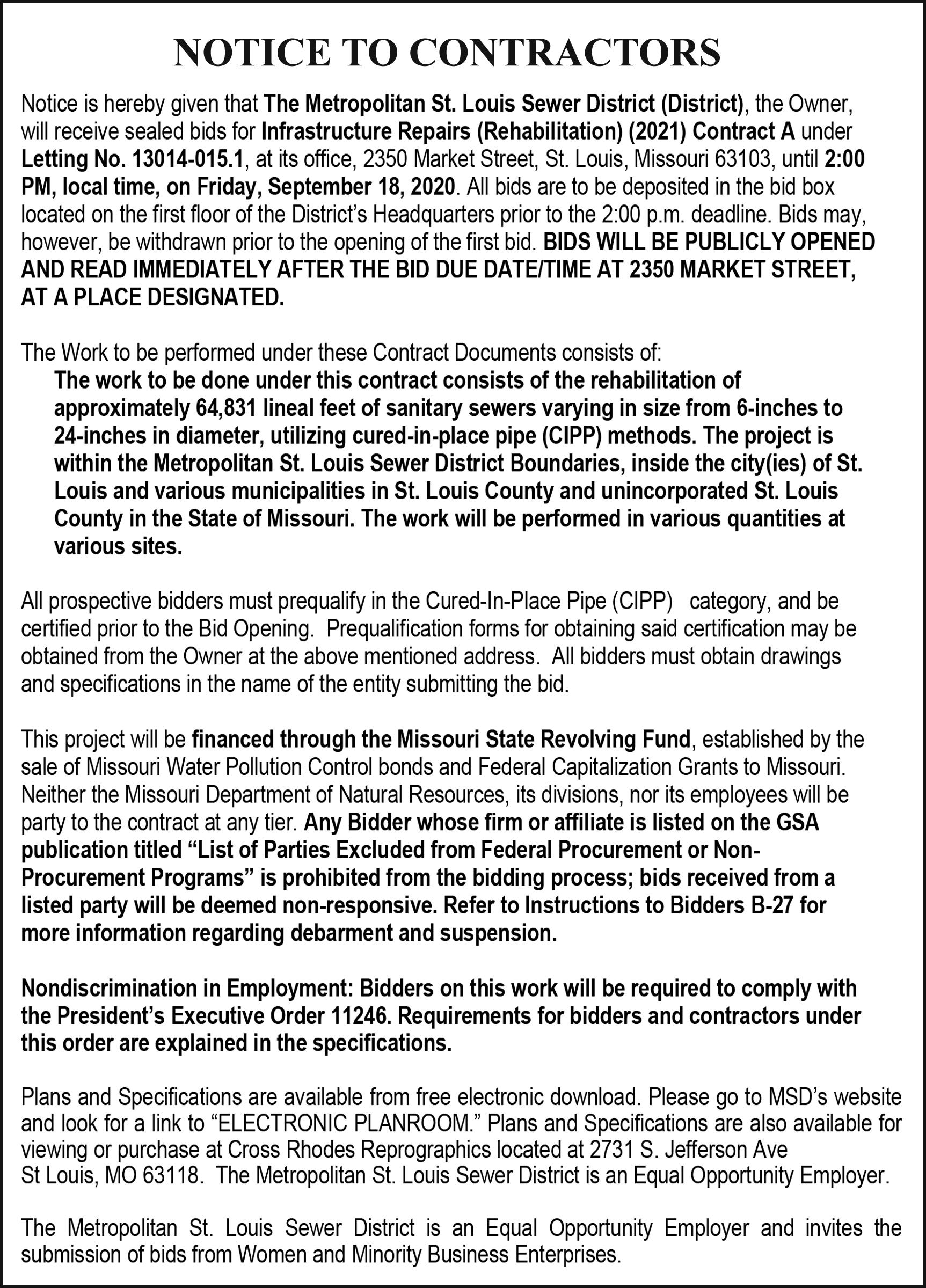
Stifel Bank & Trust and Stifel Bank intend to file a Community Reinvestment Act Strategic Plan with the St. Louis Federal Reserve Bank. The proposed CRA strategic plan is available during regular business hours at Stifel Bank & Trust headquarters located at 501 North Broadway, St. Louis, MO 63102. Upon verbal request, Stifel Bank & Trust will mail a copy of the proposed plan to any interested party. These requests should be directed to the CRA Officer at (314) 317-6900. We welcome written comments from the public on this plan and will consider all comments received in the development of the final plan. Written comments on the plan can be emailed to the CRA Officer at: Info@StifelBank.com, or mailed to the attention of Stifel Bank CRA Officer 501 North Broadway, St. Louis, MO 63102. Comments must be received by October 2, 2020.
MWBE PreBid Meeting Notice
The SITE Improvement Association is hosting a Prebid meeting for Qualified and Certified MWBE contractors to discuss working on MSD’s Caulks Creek Forcemain (River Valley Rd to L-52) Maryland Heights Contract Letting No. 11790-015.1
This meeting is being held on behalf of the following SITE contractor member: Bates Utility Company 841 Westwood Industrial Dr., Weldon Springs, MO 63304 636/939-5628
The meeting will take place at 10:00 a.m. September 10, 2020
SITE Improvement Association Office, 2071 Exchange Drive St. Charles, MO 63303 Project plans are available from MSD. For questions regarding this prebid meeting, Contact the SITE Improvement Association office at 314/966-2950.
INVITATION FOR BIDS # 57820246, GENERAL CONTRACTORS TO RENOVATE EXISTING BATHROOMS IN THE DR. HENRY GIVENS, JR., ADMINISTRATION BUILDING ON THREE (3) LEVELS
IMPORTANT NOTICE TO ALL BIDDERS:
In response to the challenges the novel Coronavirus (COVID-19) presents, and to ensure the safety of the public, postal workers, couriers, and our employees; until further notice and effective immediately, Harris-Stowe State University hereby changes receipt of proposals/bids to electronic submissions. The bidder is solely responsible for ensuring timely submission of their electronic bid response. Failure to allow adequate time prior to the bid end date to complete and submit a response to an IFB, particularly in the event technical support assistance is required, places the bidder and their response at risk of not being accepted on time. If a bidder does not have electronic accessibility to submit an electronic bid response, the bidder must contact the buyer of record at least five (5) days prior to the due date of the bid to determine if an alternate process is available to accept the bidder’s bid. However, at this time under the current circumstances, electronic bid submission is the only certain way to be able to submit bid responses.
Harris-Stowe State University (HSSU) is requesting bids for General Contractors to Renovate Existing Bathrooms in the Dr. Henry Givens, Jr., Administration building on three (3) levels. Interested parties may obtain a copy of the IFB by emailing: morrowb@hssu.edu; calling (314) 340-5763 or faxing a written request to: (314) 340-3322.
BIDS MUST BE RECEIVED NO LATER THAN: 10:00 a.m. on Wednesday, September 30, 2020.
The bids will be opened and the names of the bidders as well as the price(s) read. Award shall not be made at the time bids are opened.
PRE-BID CONFERENCE: A mandatory pre-bid conference and walk-through will be held on Wednesday, September 16, 2020 at 10:00 a.m. in room 311 in the Dr. Henry Givens, Jr., Administration building. Masks will be required for entry into the facility and at the pre-bid conference and walk-through. Social Distancing will also be required in the facility.
PREVAILING WAGES: Prevailing wages shall be paid in accordance with the Missouri Division of Labor Standards, Wage and Hour Section, Annual Wage Order in effect at the time of construction, for St. Louis City.
SUBSTANTIAL COMPLETION: All work for this project shall be substantially complete by December 31, 2020.
The University reserves the right to reject any and all bids and to waive any informalities in bids.
Sealed bids for the City of Webster Groves, Missouri (hereinafter “Owner”) Big Bend Boulevard Sidewalks Phase 1, STP-5537(623) (hereinafter “Project”) will be received by Webster Groves City Hall, 4 East Lockwood Avenue, Webster Groves, Missouri 63119, until 2:00 p.m. local time, on Tuesday, October 6, 2020, at which time the bids will be publicly opened and read aloud. The Scope of Work includes sidewalk improvements to Big Bend Bouevard within the City of Webster Groves, Missouri and provides for decorative concrete sidewalks, concrete driveway approaches, concrete curb and gutter, street lighting, traffic control and other incidental items and work described in the Project Manual, or reasonably inferable therefrom. The City of Webster Groves anticipates issuing notice to proceed in the early Spring of 2021. Bid packages will be distributed electronically via an ftp link at no cost to the bidder. Hard copies will not be available for purchase. Bidders may make printed copies of the bid documents (plans, project manual, and a bid packet) at their own expense. When requesting the ftp link, you will be required to provide your company name, a contact person and phone number, a complete company address and an e-mail address to be added to the Plan Holders List and for receiving official bidding communications and addenda. If you are not on the Plan Holders List, you will not receive any addenda issued. To request the electronic ftp link, email Mike Spalding at mspalding@cochraneng.com. Project and bidding questions shall be conducted exclusively via e-mail. Any questions regarding this project must be submitted to: mspalding@cochraneng.com, by 4:00 pm local time on September 29, 2020. No written questions after this date or any verbal questions will be recognized. A bid security in the amount of five percent (5%) of the bid amount must accompany each bid, in accordance with the Instructions to Bidders. For a contractor to be awarded this project the contractor must have a fully responsive contractor questionnaire on file with the Missouri Highway and Transportation Commission at least 7 days prior to the bid opening date. All bidders must be on MoDOT’s Qualified Contractor List per Section 102.2 of the current Missouri Standard Specifications for Highway Construction. No Second Tier Subcontracting will be allowed. The wage rates applicable to this project have been predetermined as required by law and are set forth in this specification. When Federal wage rates are applicable and included, this contract is subject to the “Work Hours Act of 1962”, (P.L. 87-581: 76 Stat. 357) and implementing regulations. When state and federal wage rates are both required the higher of the two for each job classification shall be used. Effective January 1, 2009 and pursuant to RSMo 285.530 (1), No business entity or employer shall knowingly employ, hire for employment, or continue to employ an unauthorized alien to perform work within the state of Missouri. The successful bidder must submit a sworn affidavit and documentation affirming the business entity’s enrollment and participation in the federal work authorization program and that all of its employees working for the contracted services are not illegal immigrants. Upon signing the contract, the successful contractor and any subcontractor performing the work shall provide a ten-hour Occupational Safety and Health Administration (OSHA) construction safety program for their on-site employees within sixty (60) days of beginning work on the construction project. The City of Webster Groves, Missouri hereby notifies all bidders that it will affirmatively ensure that in any contract entered into pursuant to this advertisement, businesses owned and controlled by socially and economically disadvantaged individuals will be afforded full opportunity to submit bids in response to this invitation and will not be discriminated against on the grounds of race, color, religion, creed, sex, age, ancestry, or national origin in consideration for an award. The DBE Contract Goal for this project is 8%, and DBE firms must be certified by MoDOT to attain credit towards this contract goal. There is no On the Job Trainee goal. The owner intends to award the contract to the lowest, responsive, responsible bidder. The owner reserves the right to reject any and all bids, and to waive any irregularities in the best interest of the owner with MoDOT’s consent.
PUBLISHER’S NOTICE:

ON LOCATION AND DESIGN OF THE RECONSTRUCTION OF THE COMPTON AVENUE BRIDGE OVER MILL CREEK VALLEY RAILYARD
Notice is hereby given to all interested persons that a virtual (online) public hearing will be held on Thursday, September 10, 2020, from 4:00 p.m. to 7:00 p.m., Central Daylight Time. Interested persons may access the virtual meeting at www.ComptonBridge.com. During the virtual meeting, participants will be given an opportunity to submit written comments concerning their views on the location and design of the Replacement of the Compton Avenue Bridge over the Mill Creek Valley Railyard with reference to the economic and social effects of such location and design, its impact of the environment, and its consistency with the goals and objectives of the community. City representatives will be available to address questions/ comments during this meeting as they are submitted. The website will remain online for one week following the scheduled meeting for viewing. The presently contemplated improvements are as follows:
The existing Compton Avenue Bridge, located between Chouteau Avenue and Spruce Avenue, will be demolished in its entirety and replaced. The new bridge will carry four lanes of vehicular traffic, protected bicycle lanes, and a pedestrian sidewalk.
Maps, plats, environmental documentation, and other detail information prepared by the City of St. Louis and their consultant will be available for public inspection and copying at the office of the City of St. Louis, Board of Public Service, Room 301 City Hall. Submitted questions and comments will be answered during the Written statements and exhibits as well as oral statements will be received at the hearing. Written statements and exhibits will be made a part of the public hearing transcript if received within ten days after the date of the hearing.
Tentative schedules for right of way acquisition and construction will be discussed at the hearing.
For those unable to access the virtual meeting, they are encouraged to contact Kevin Trapp at the City of St. Louis, Board of Public Service, at trappk@stlouis-mo.gov or (314) 589-6606, and accommodations will be made to share the information and gather feedback.
BY Kevin Trapp, P.E. Asst. Chief of Design Board of Public Service
Advertised herein is subject to the Federal Fair Housing Act, which makes it illegal to advertise any preference, imitation, or discrimination because of race, color, religion, sex, handicap, familial\status, or national origin, or intention to make any such preference, limitation, or discrimination.
“We will not knowingly accept any advertising for real estate which is in violation of the law. All persons are hereby informed that all dwellings advertised are available on an equal opportunity basis.”
Call Angelita Houston at 314-289-5430 or email ahouston@stlamerican.com to place your Bids, Public Notices, Job Opportunities, Services or Rental/Real estate ad today!


METROPOLITAN ST. LOUIS SEWER DISTRICT
Notice is hereby given that the Metropolitan St. Louis Sewer District Requests for Quotes, Bids and Proposals are posted online for public download. Please navigate to www.msdprojectclear.org > Doing Business With Us > View Non-Capital Bids (commodities and services) or >Visit Planroom (capital construction bids)
Metropolitan St. Louis Sewer District is an Equal Opportunity Employer.
Notice to contractors, Special School District is accepting bids for North and South Tech Salt Storage Project For details, please visit the website at www.ssdmo.org/rfps.html


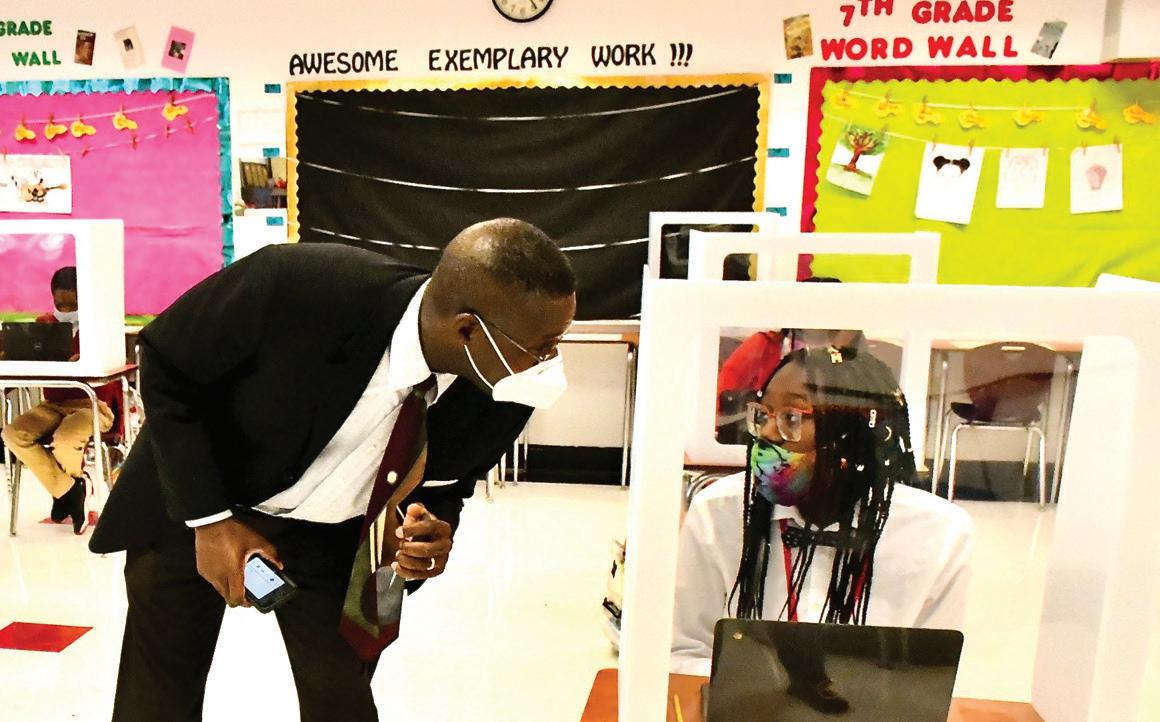
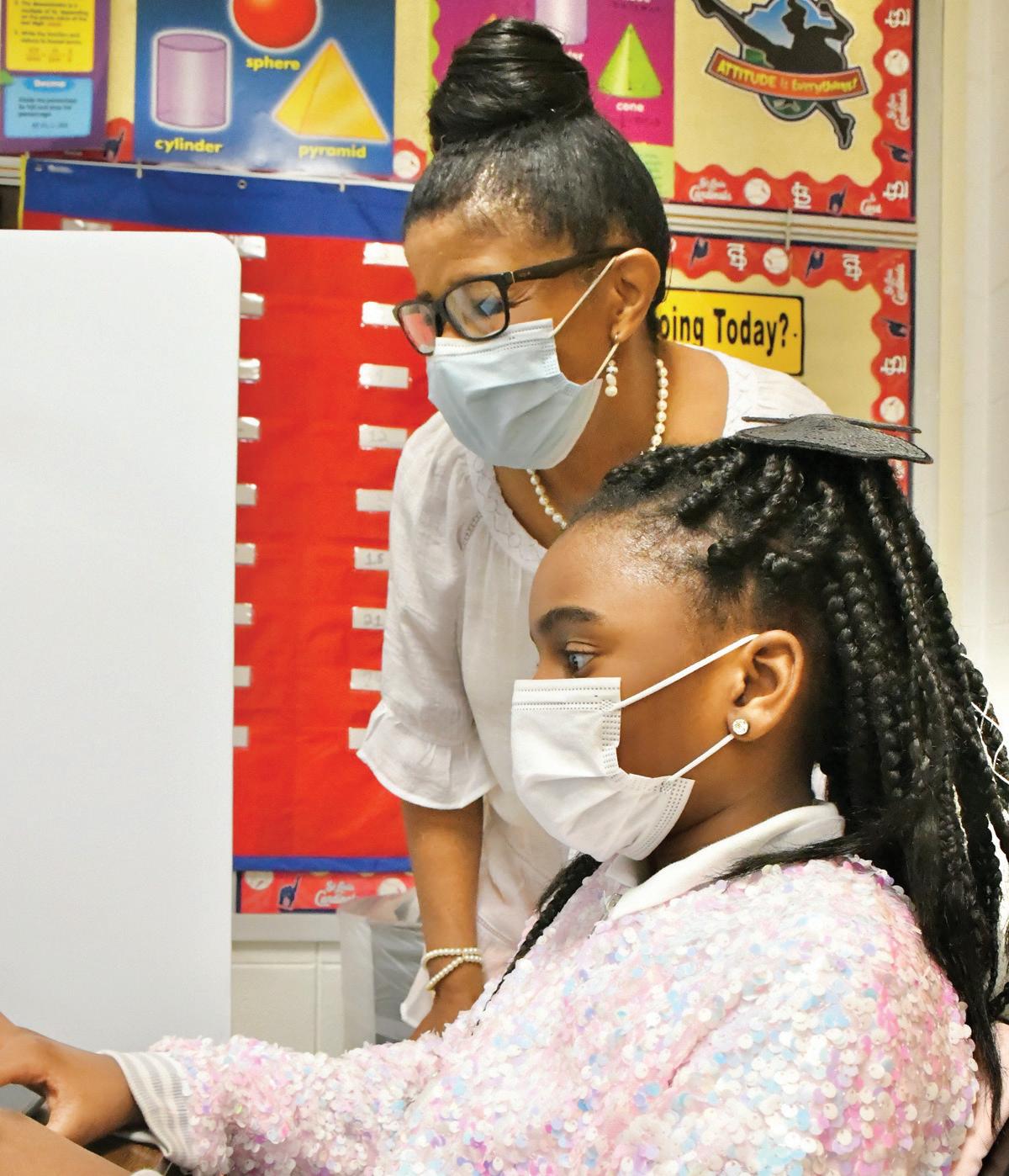
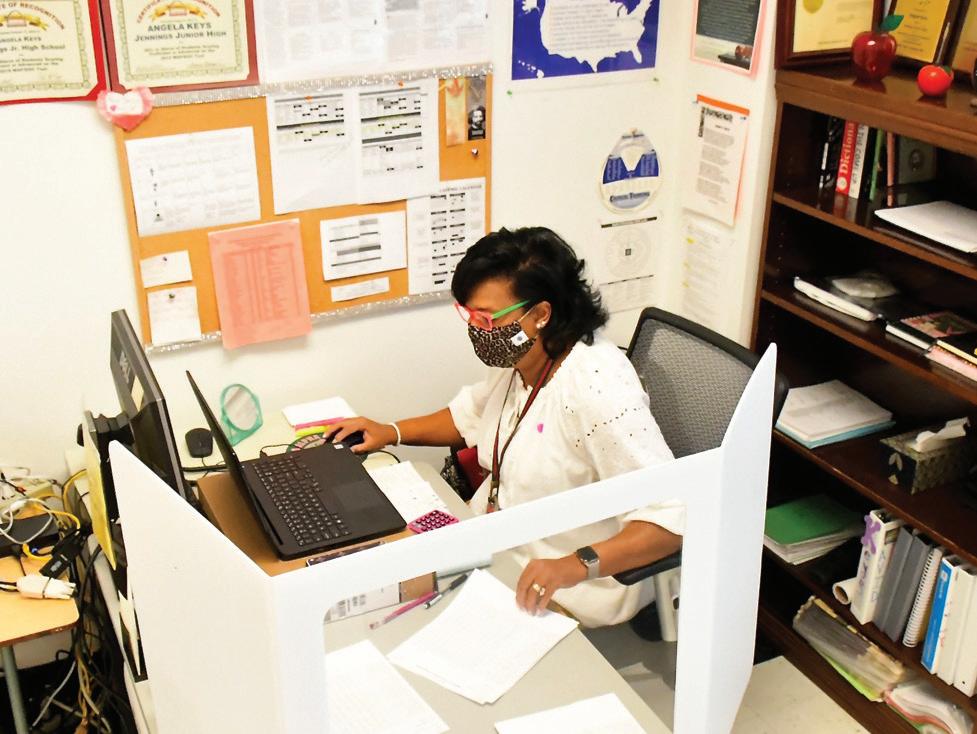
Jennings Superintendent Art McCoy insisted on providing some in-person instruction during the COVID-19 pandemic because the population his district serves faces social, health and economic epidemics that are just as harmful as COVID-19.
“We want to provide something for children who are in neglect situations if they don’t have caring adults to take care of them,” McCoy said. “We have court-adjudicated students coming in. We have foster care students. We have kids facing anxiety, depression and trauma from changing behaviors, from basically being in seclusion for a month or two.”
Still, the unknowns of the coronavirus are real, and McCoy is cautious. “This is not for everybody,” he said. “It’s not something I’m going to force on my teachers. We’re going to make special accommodations for teachers and students.” ‘
– Sylvester Brown Jr.
